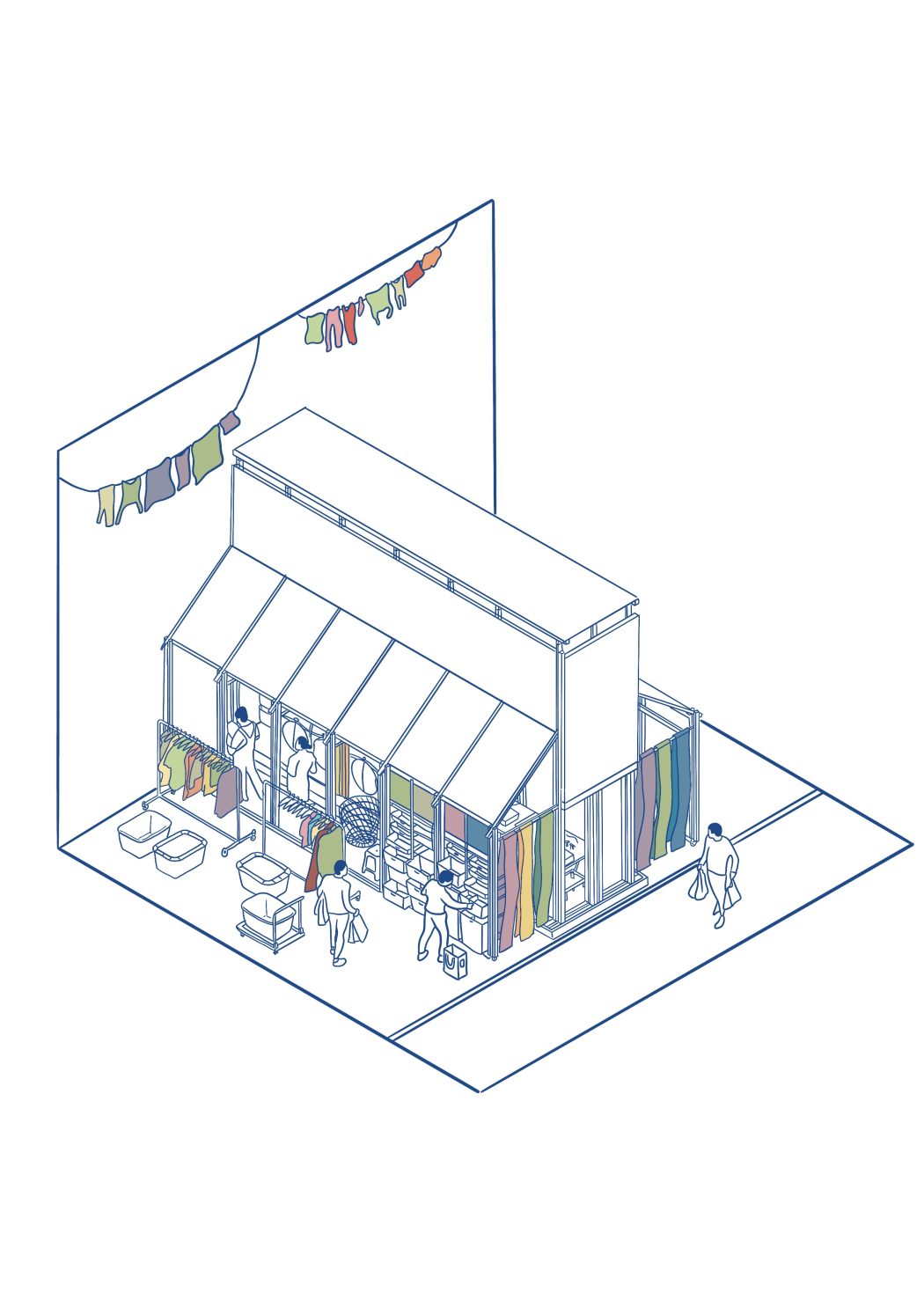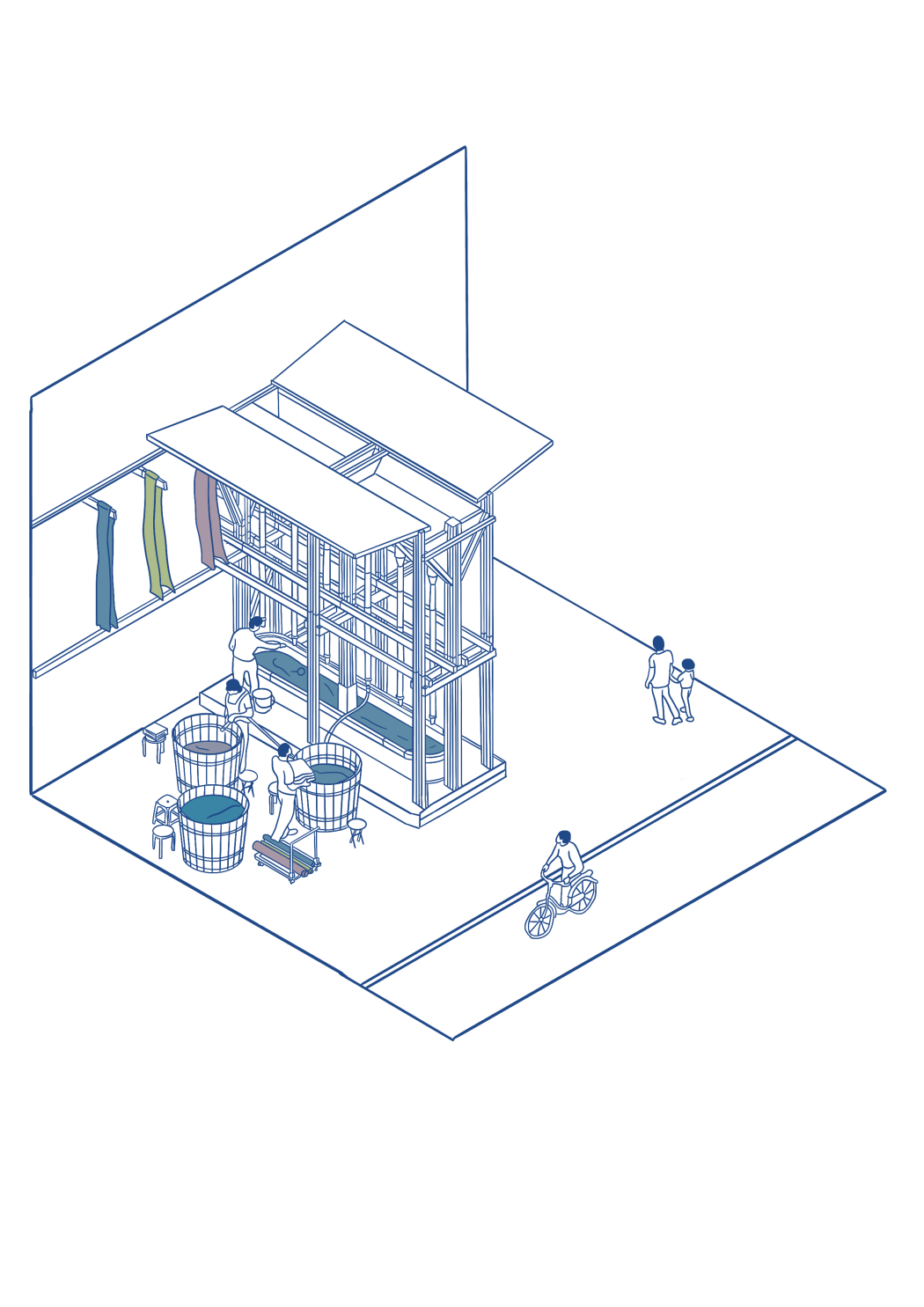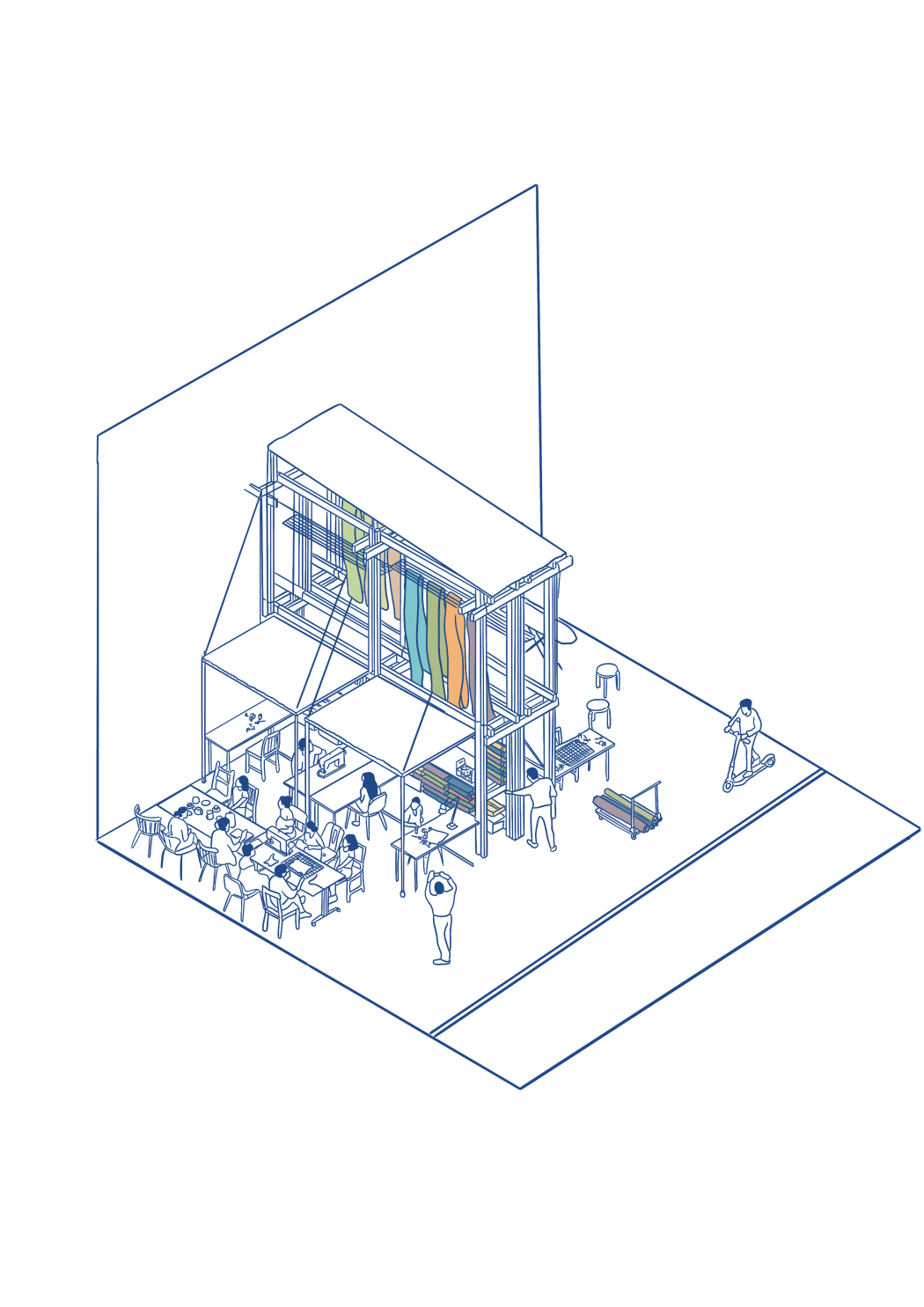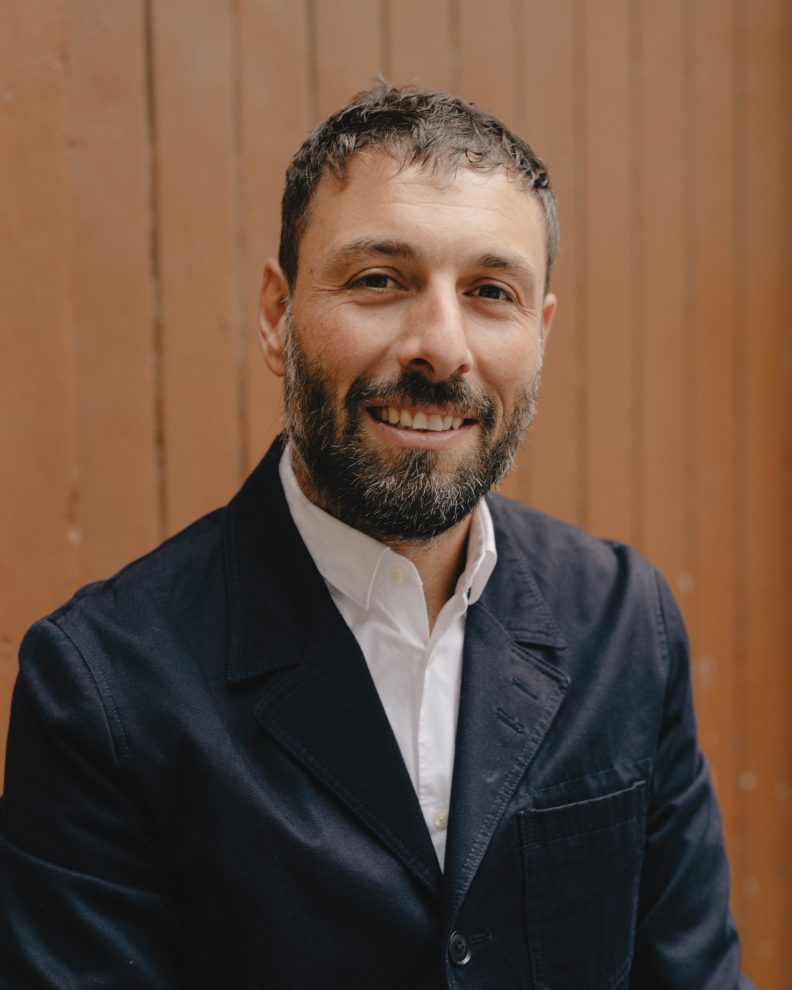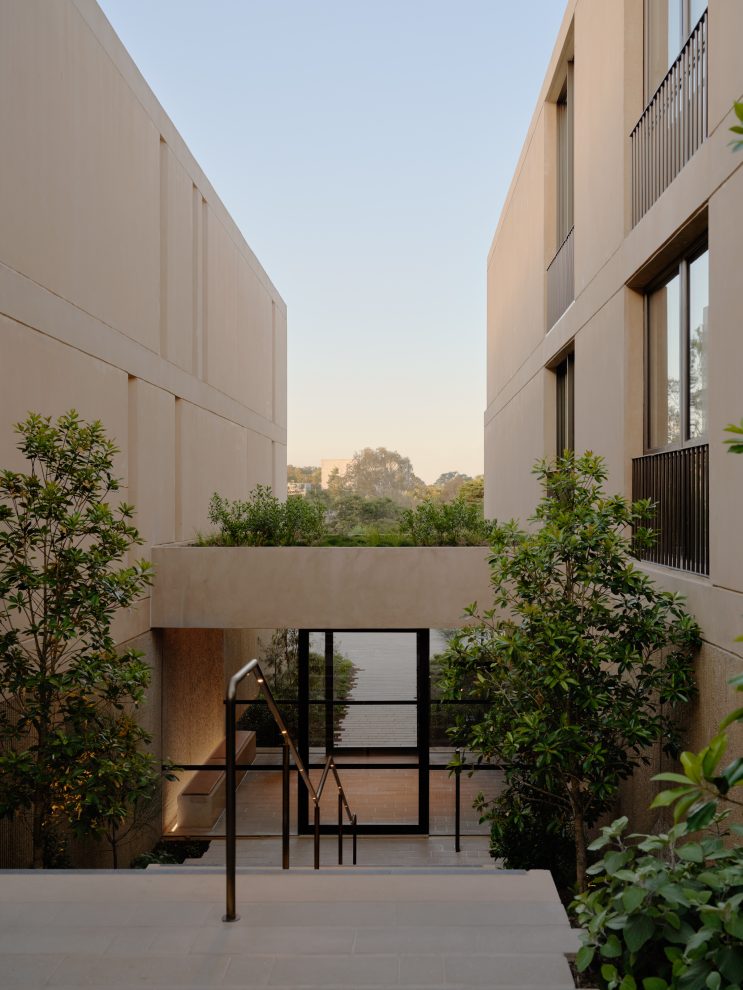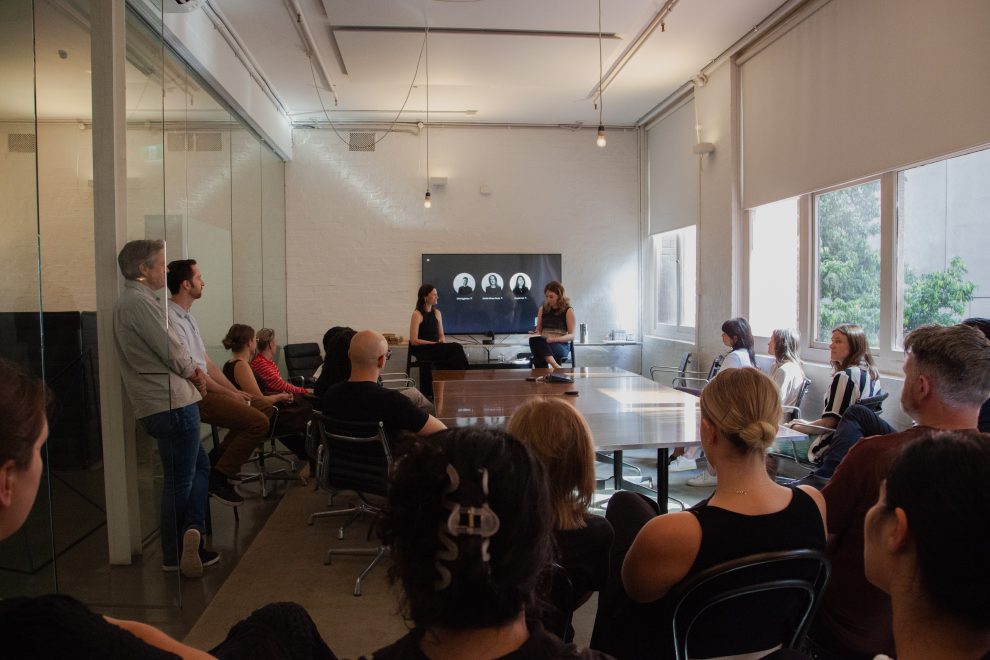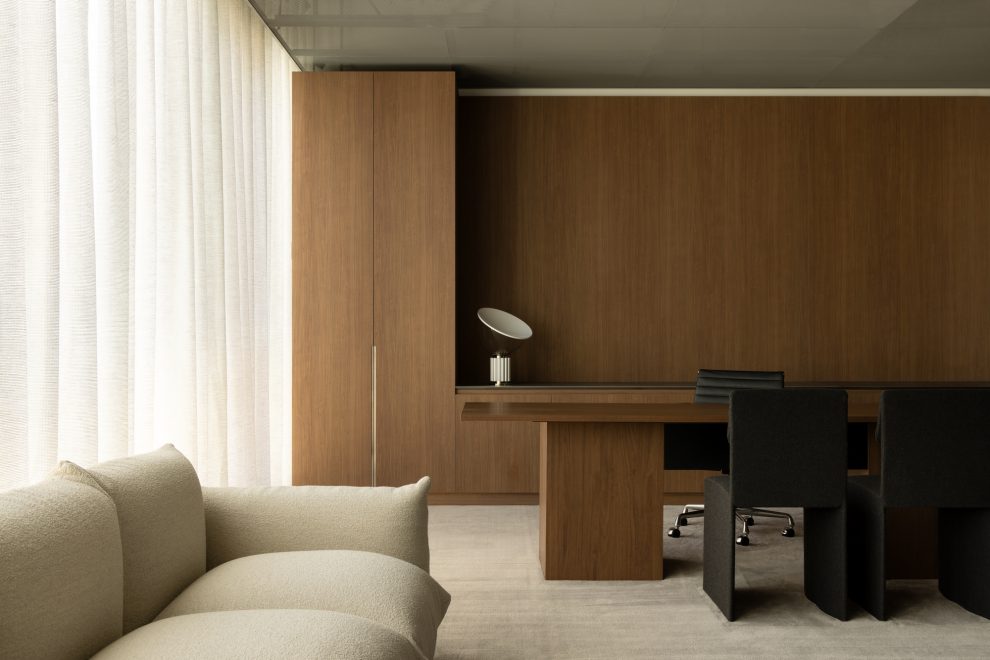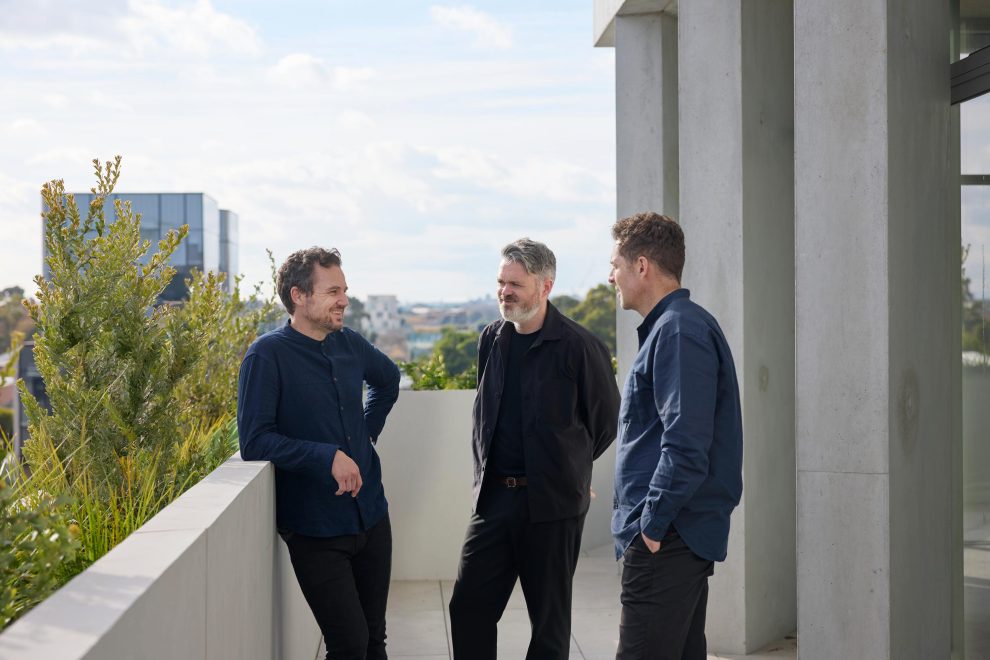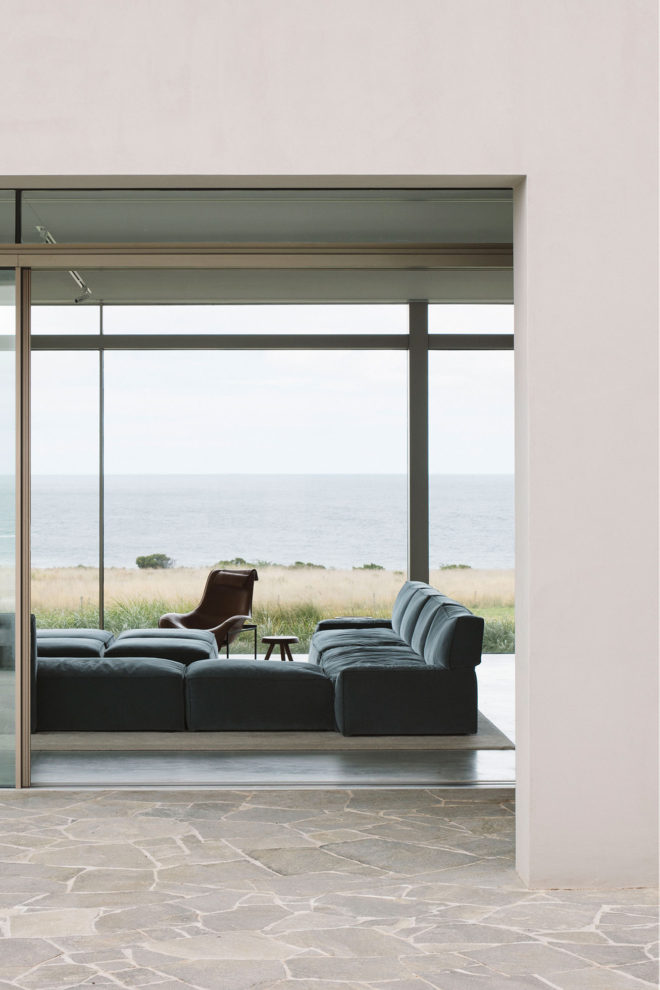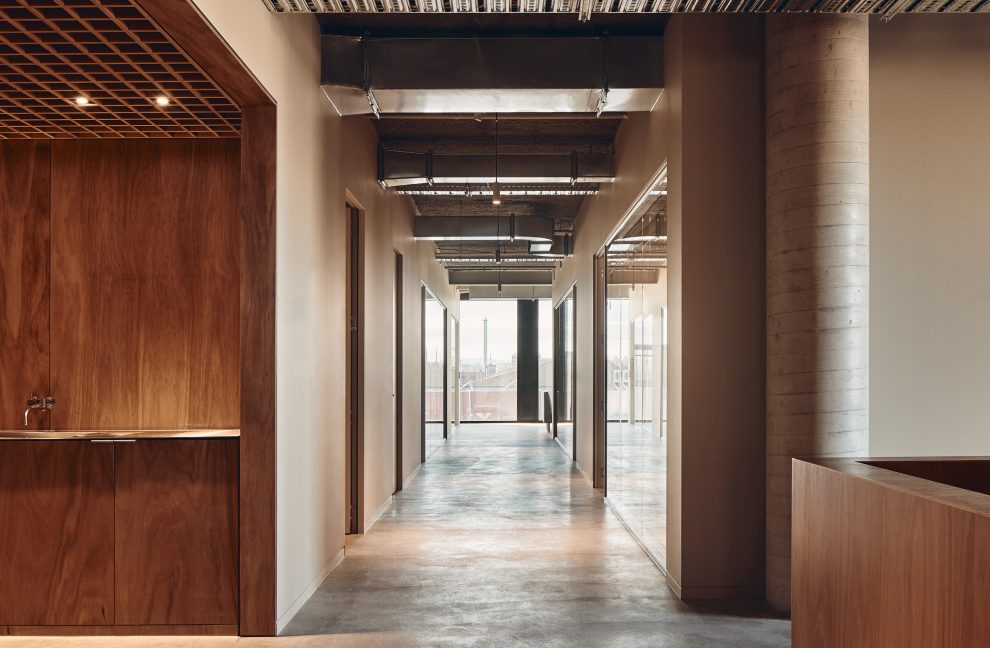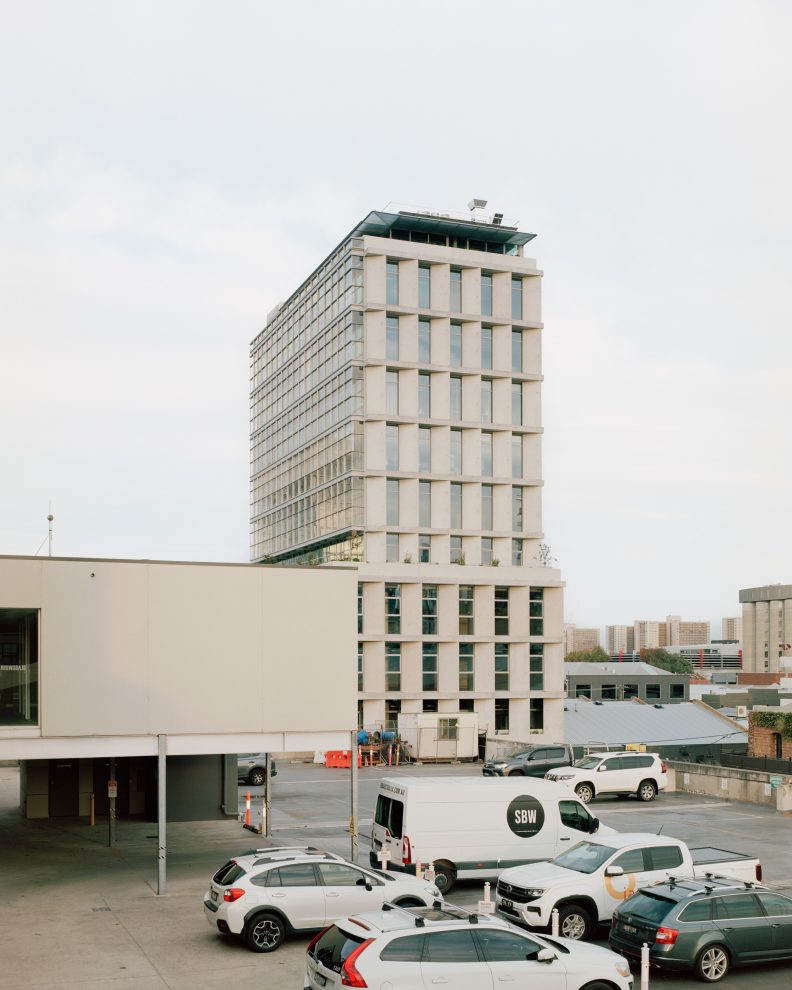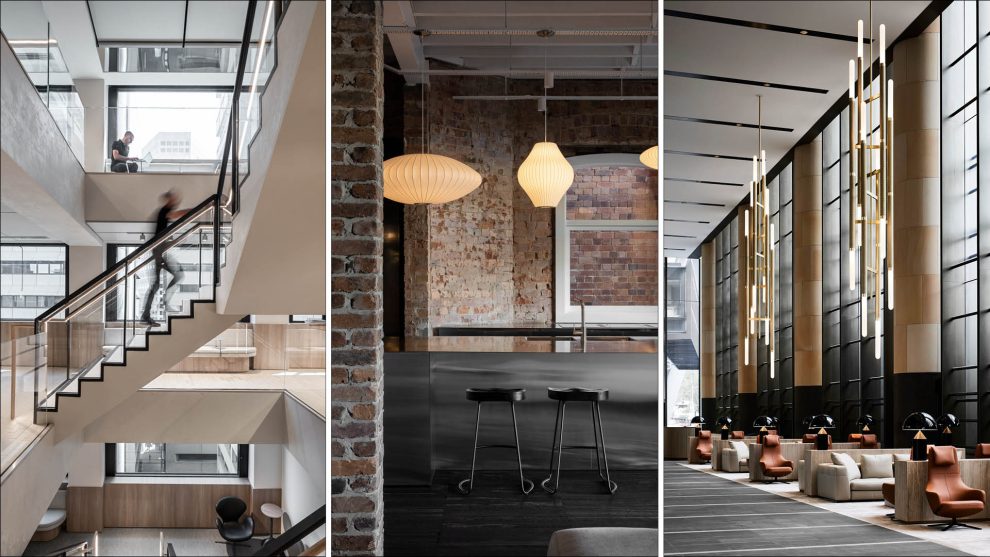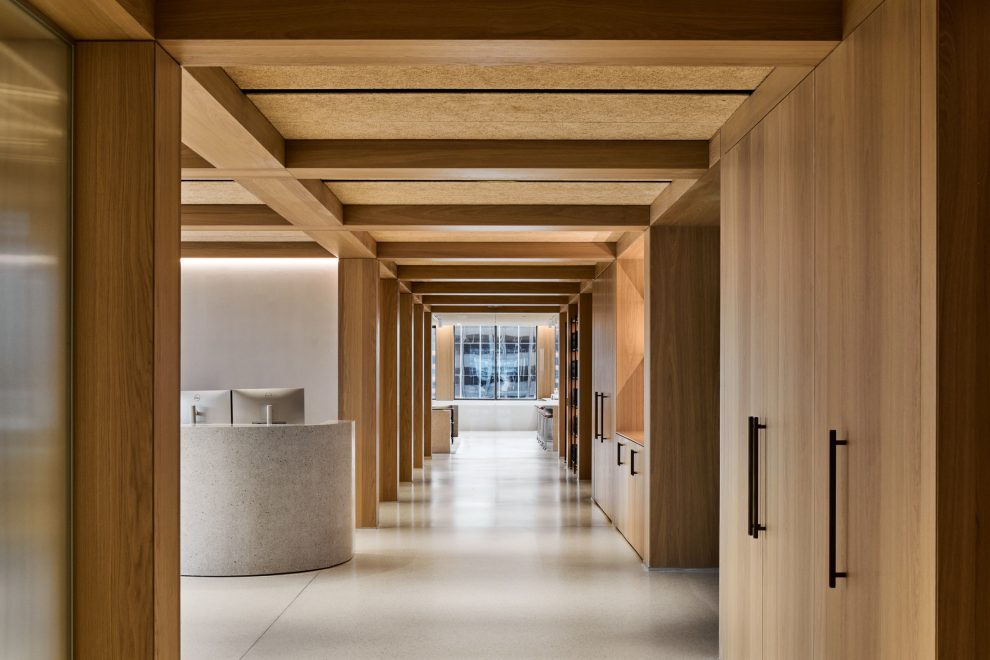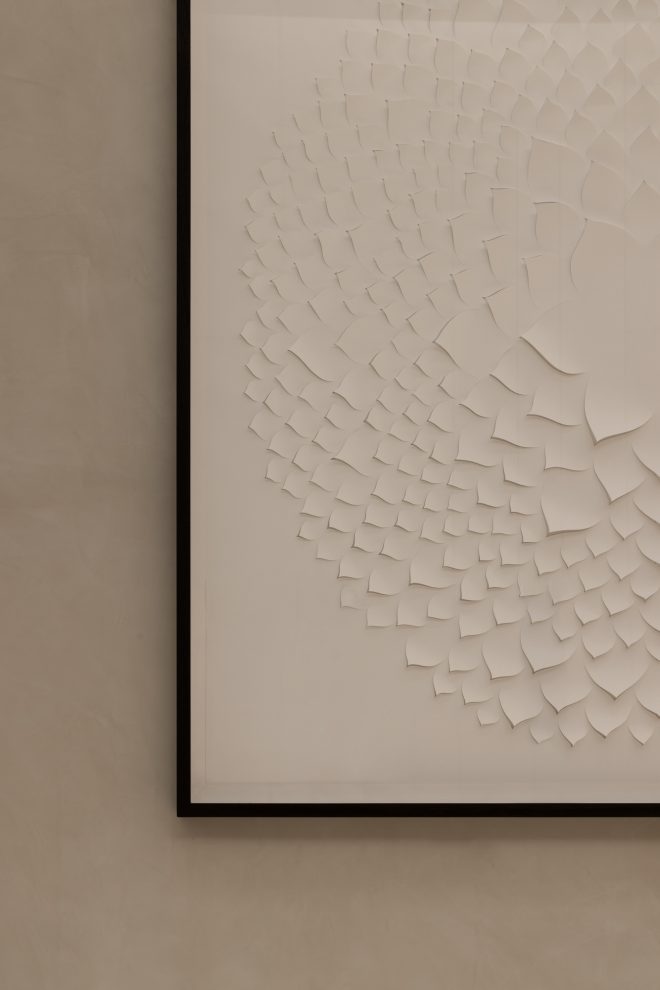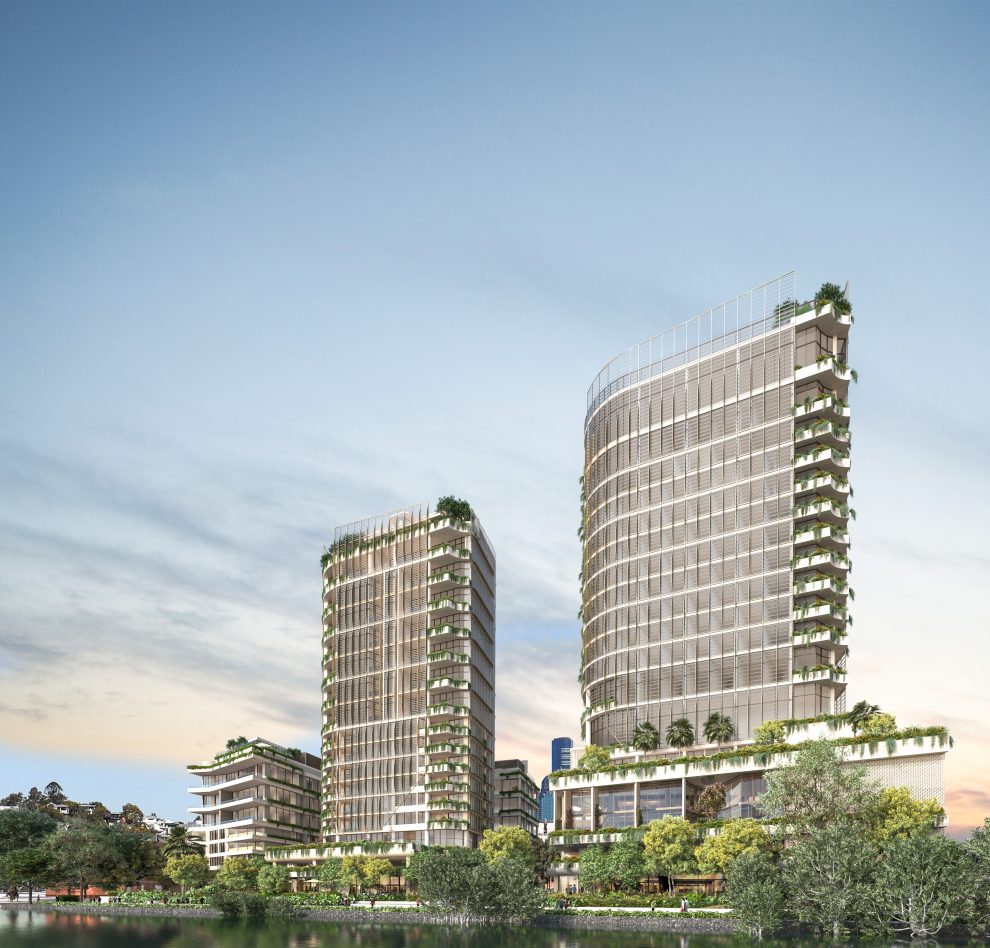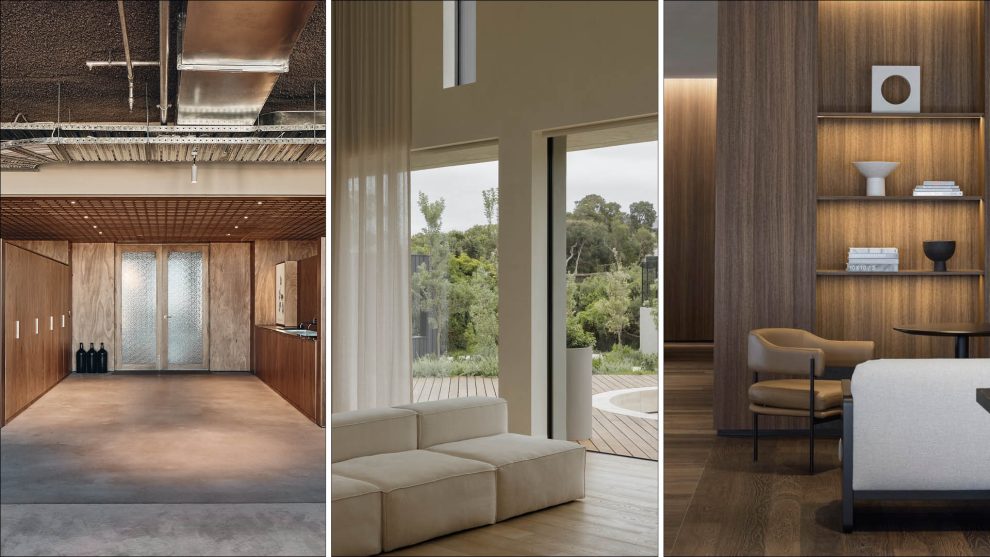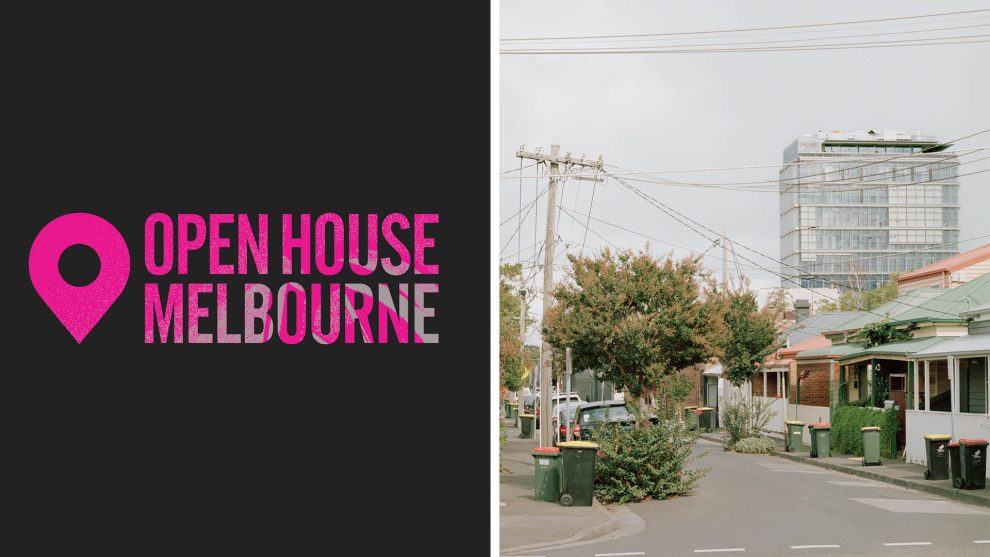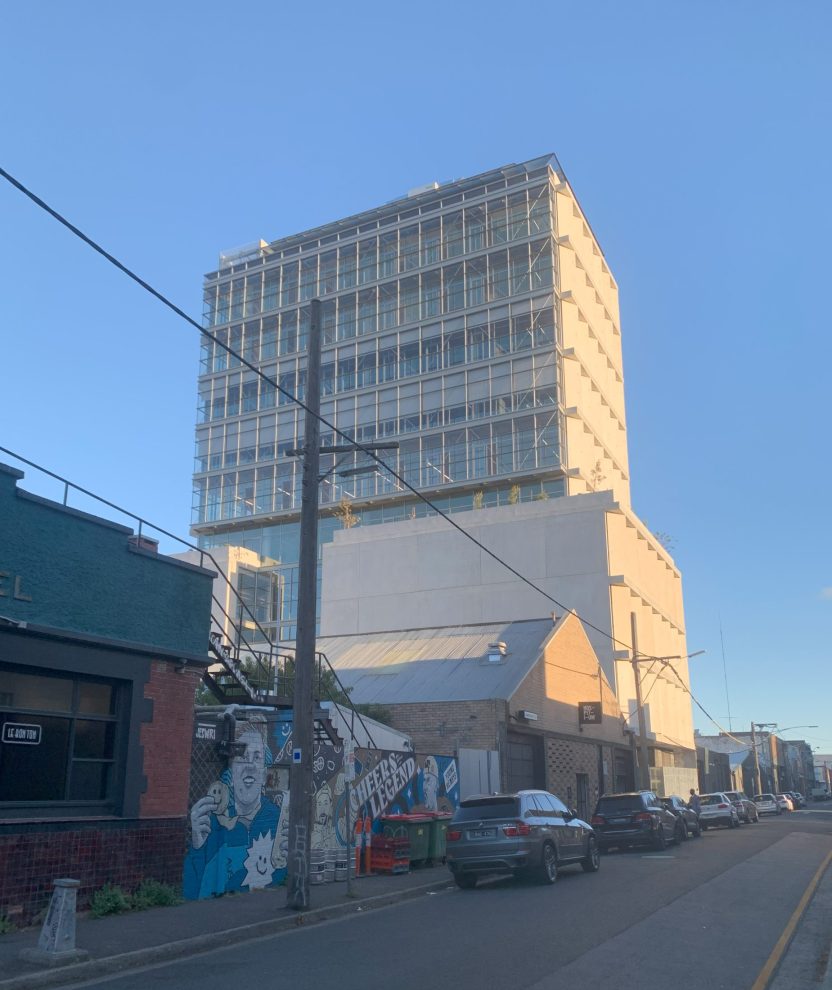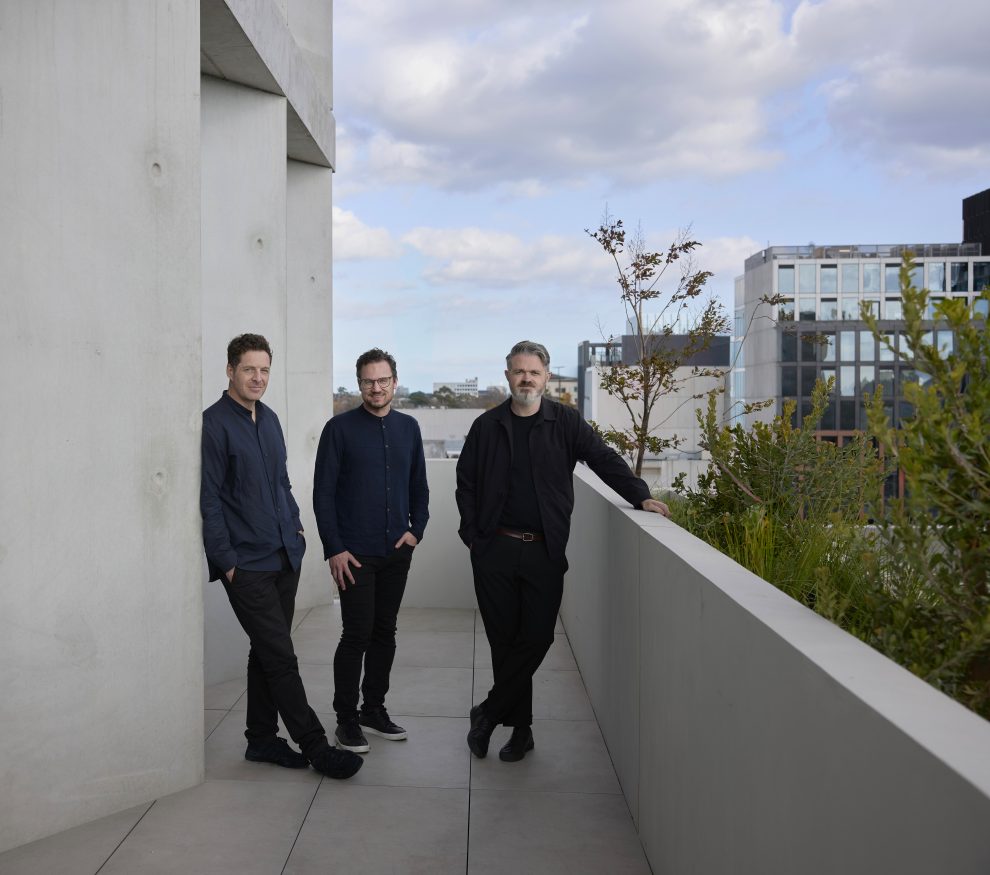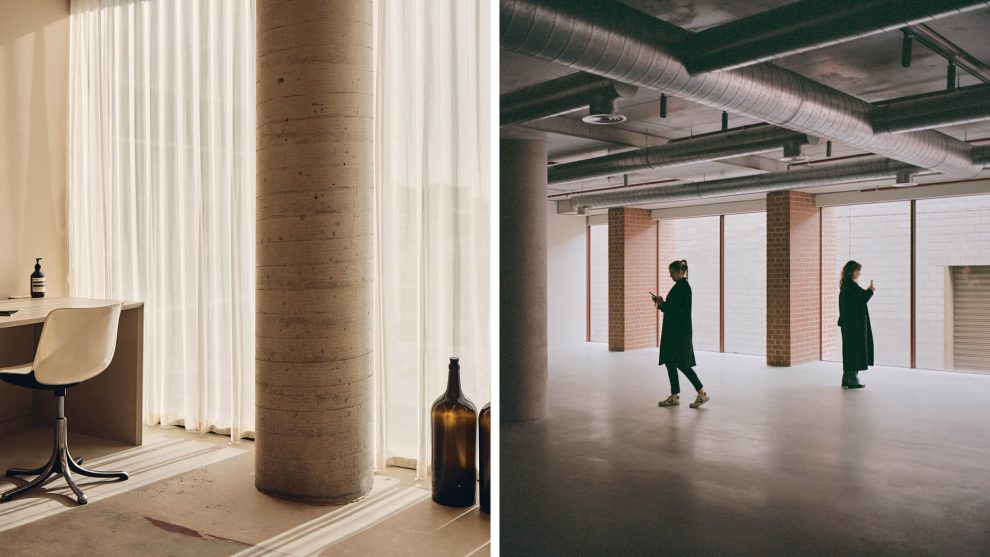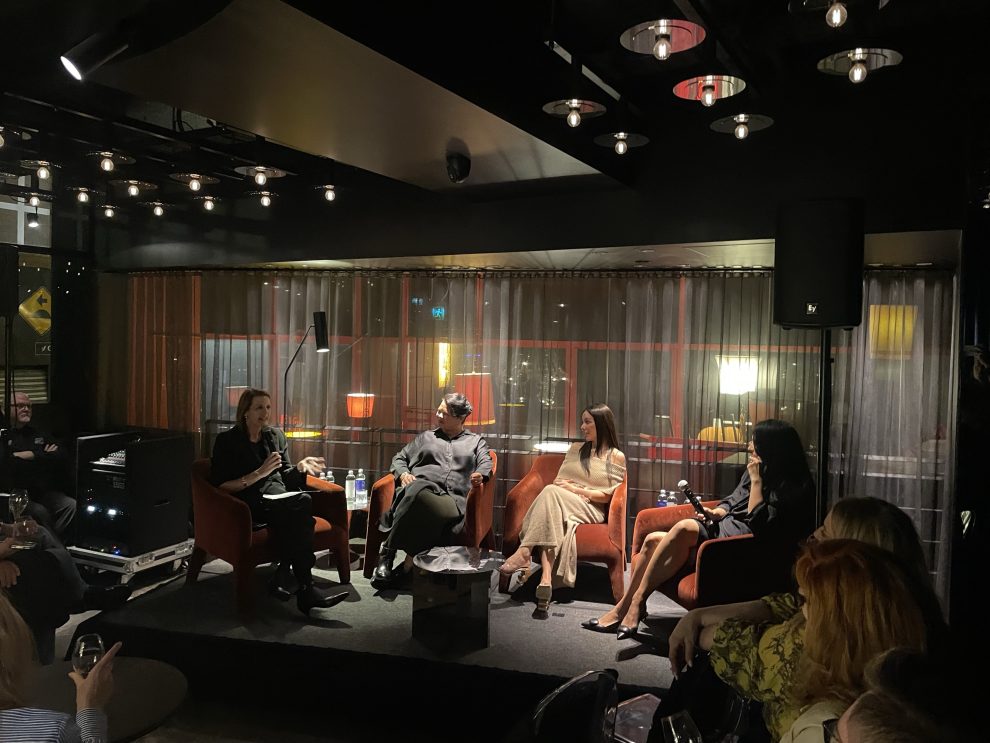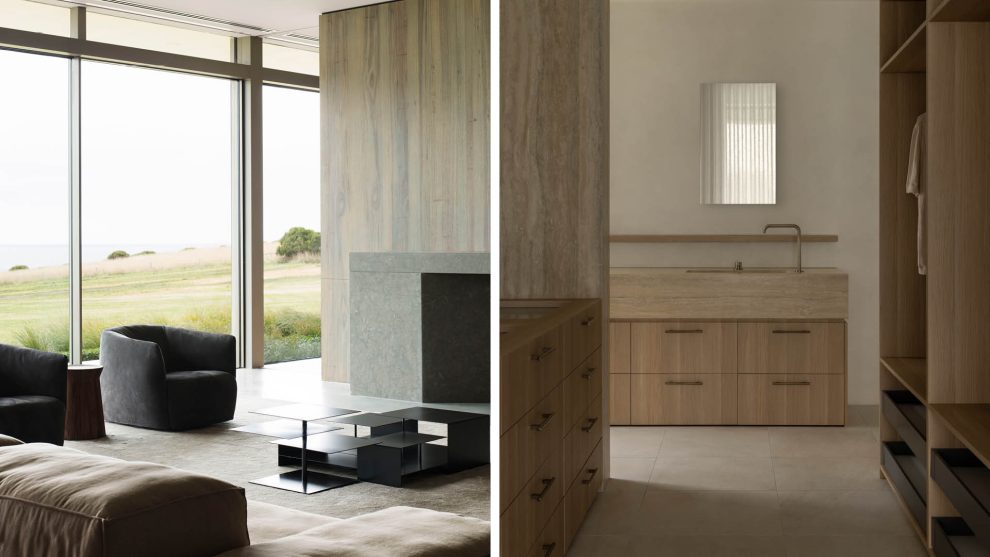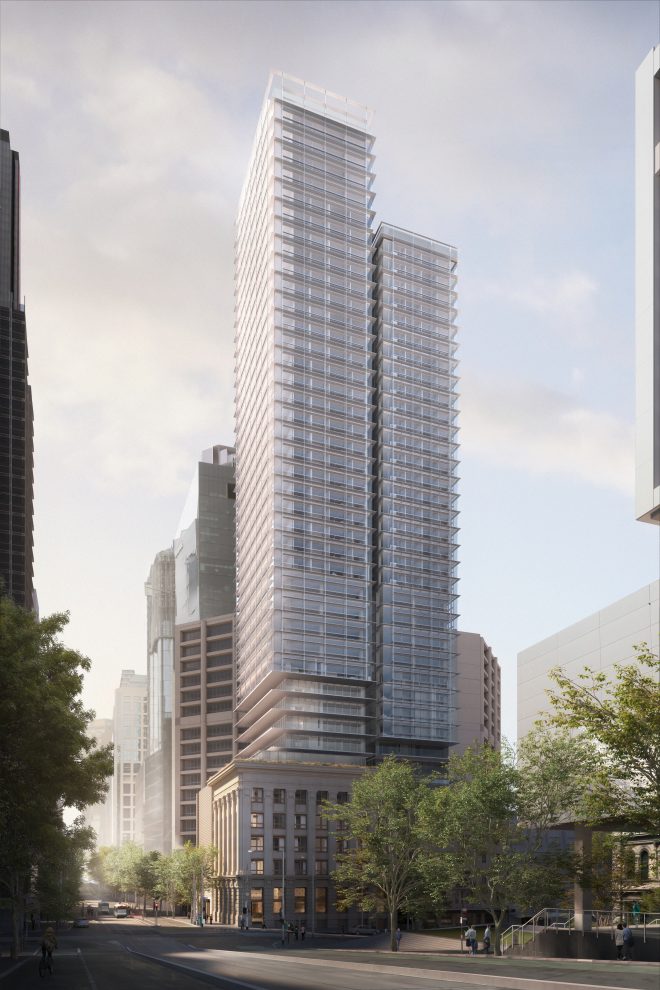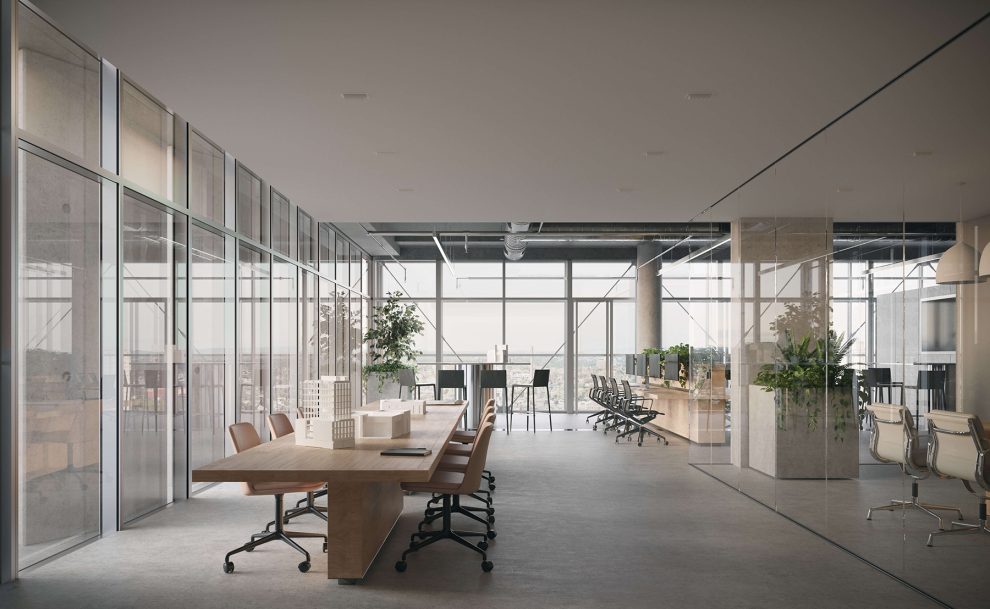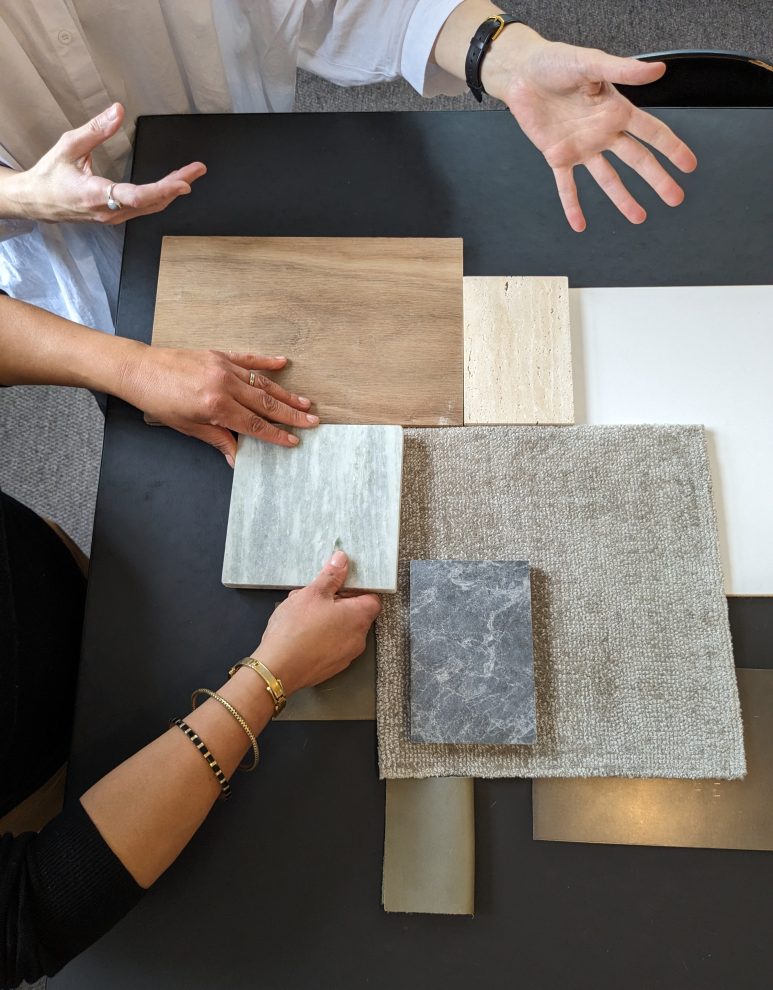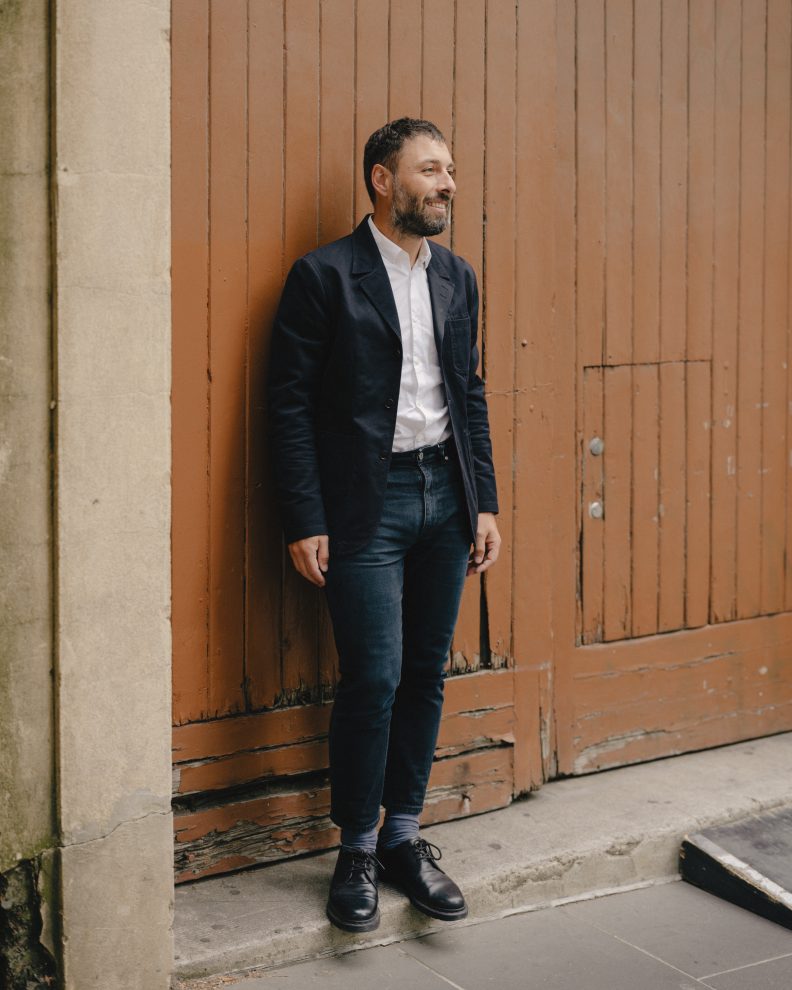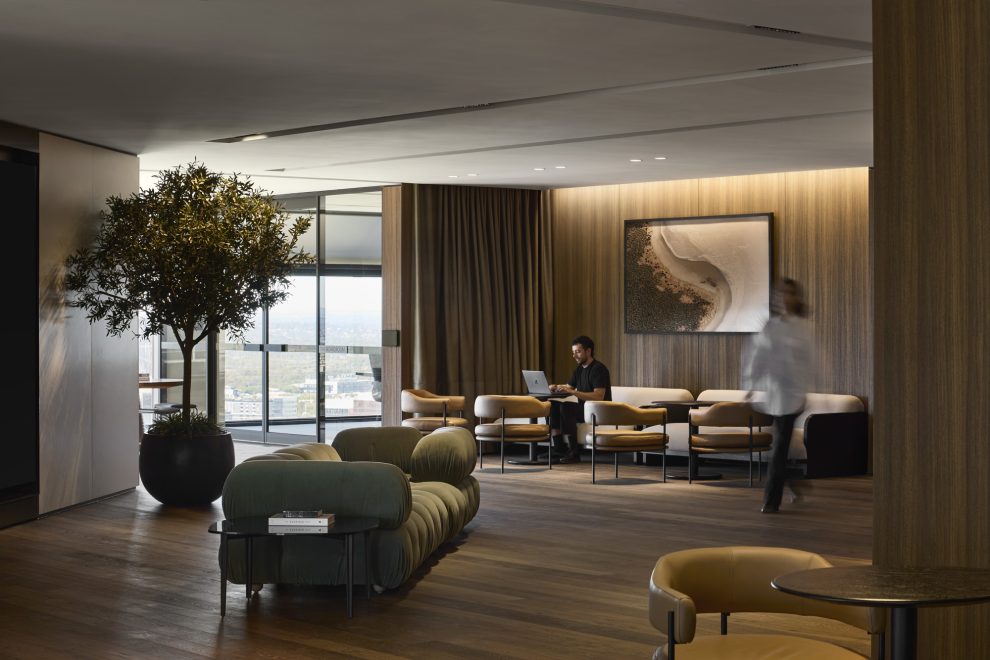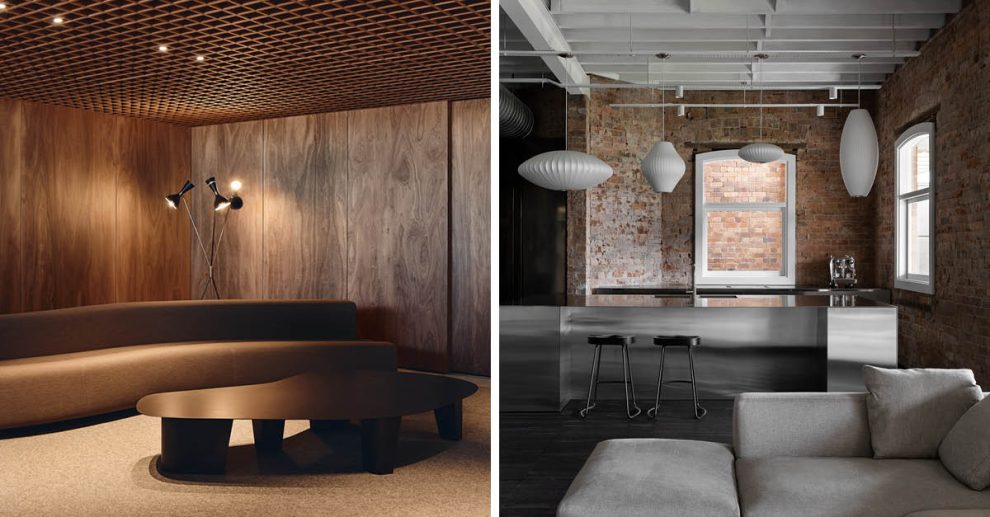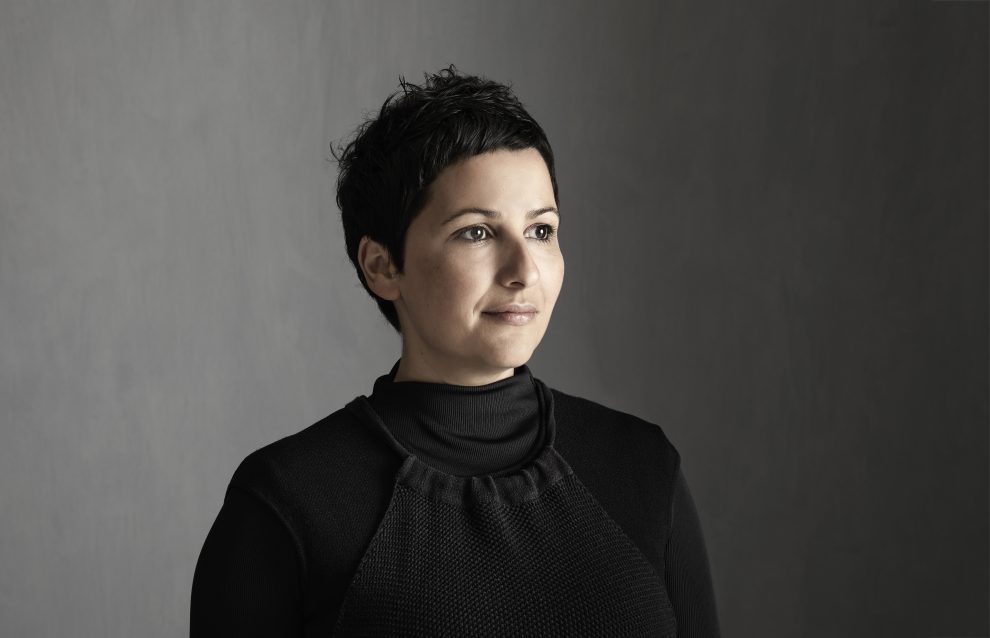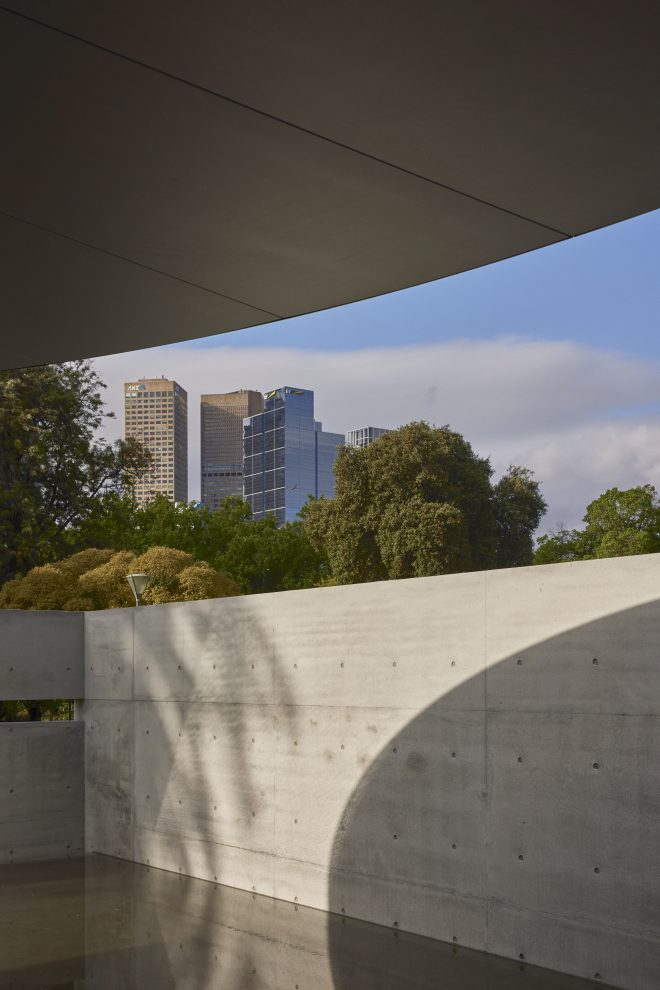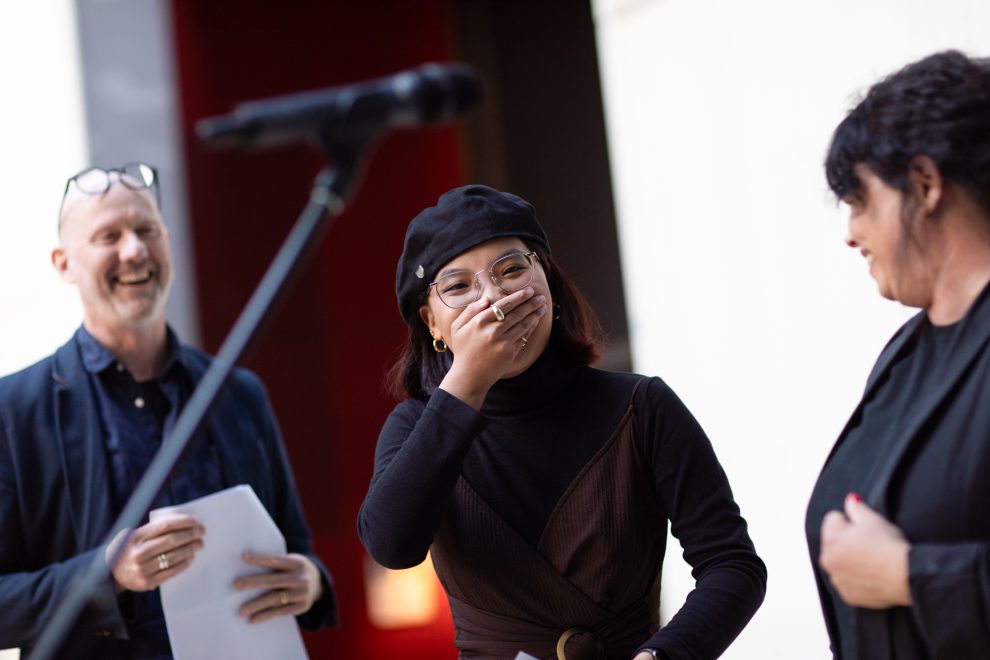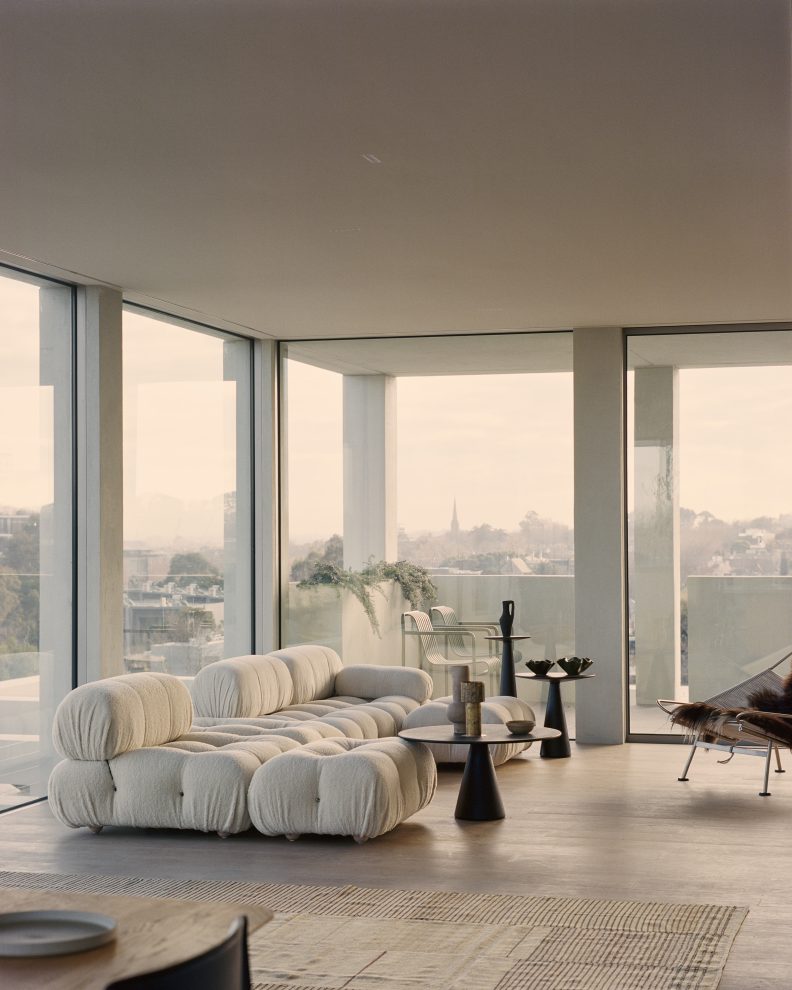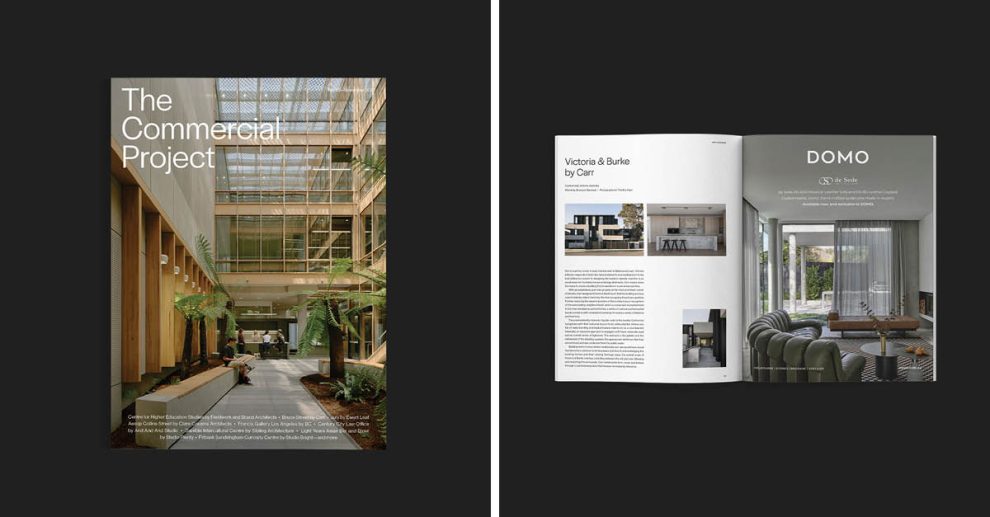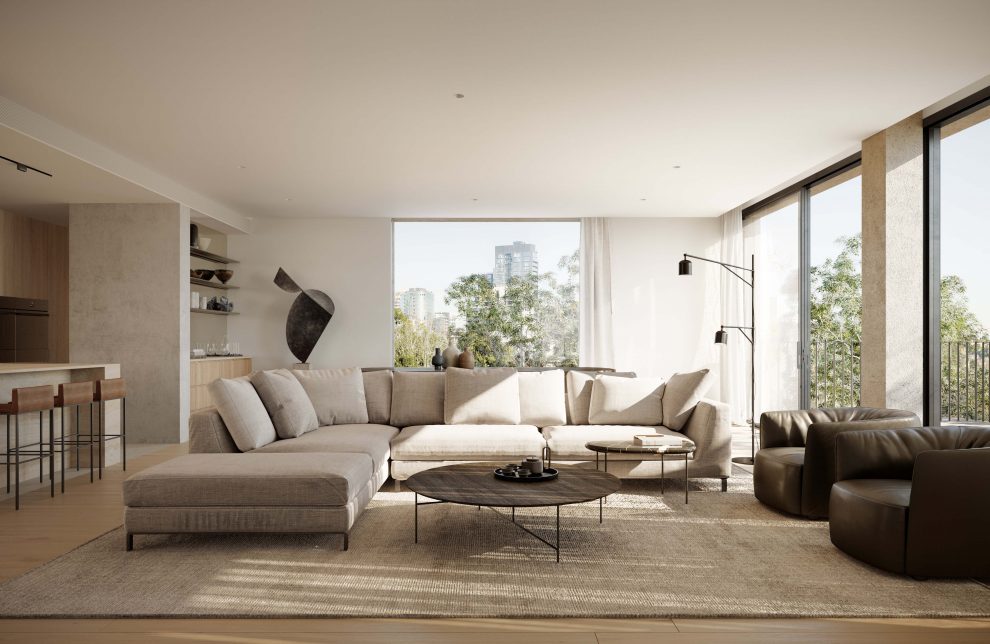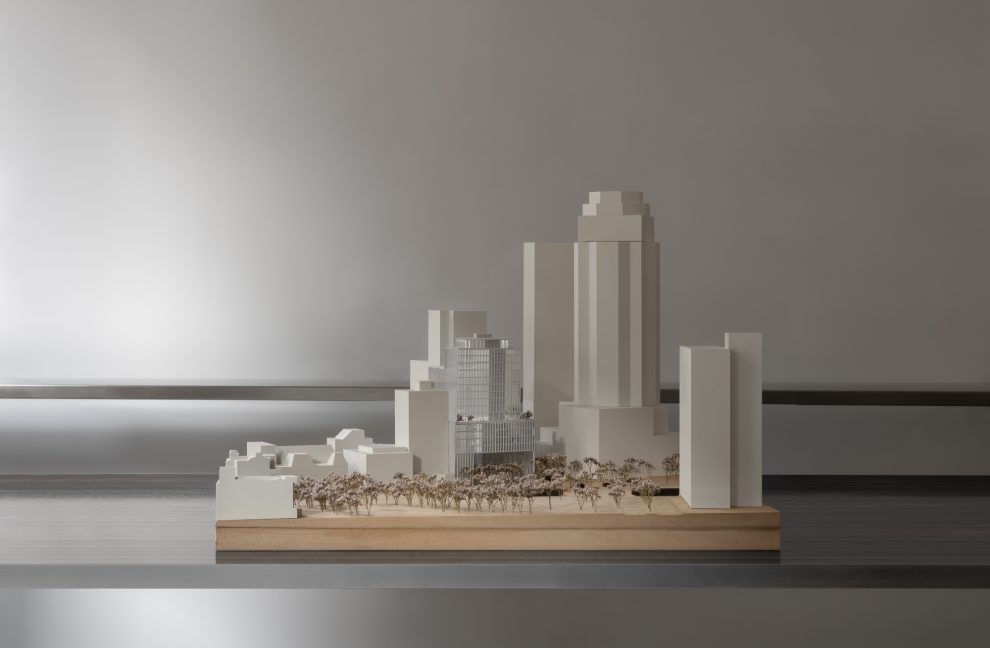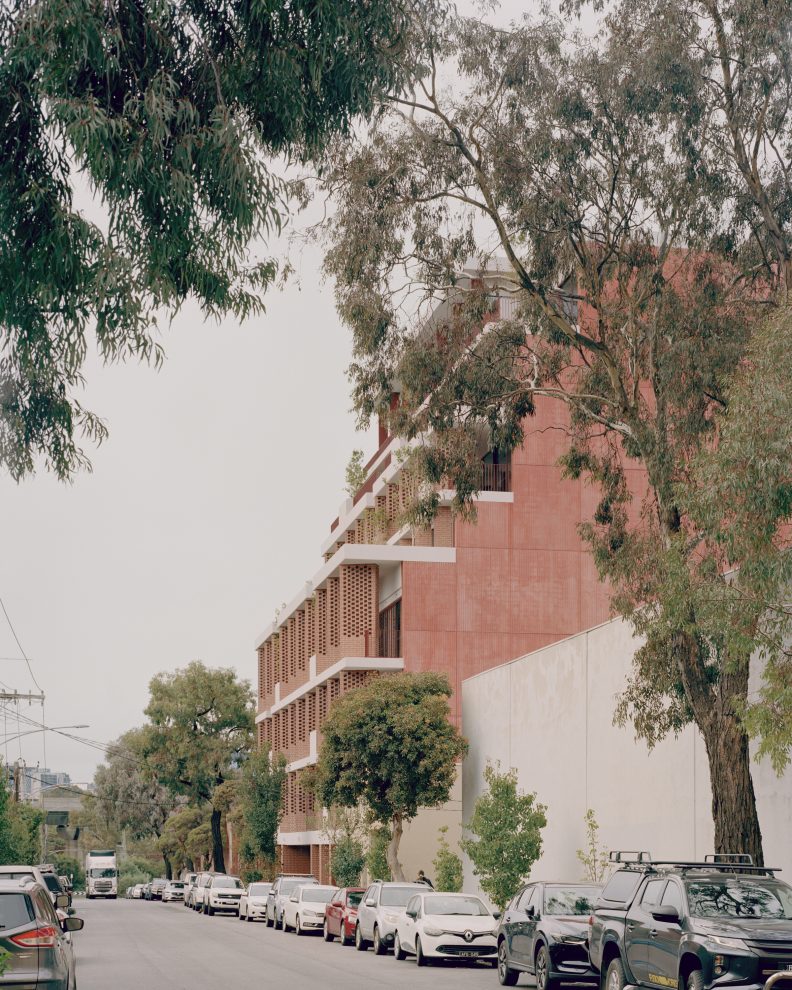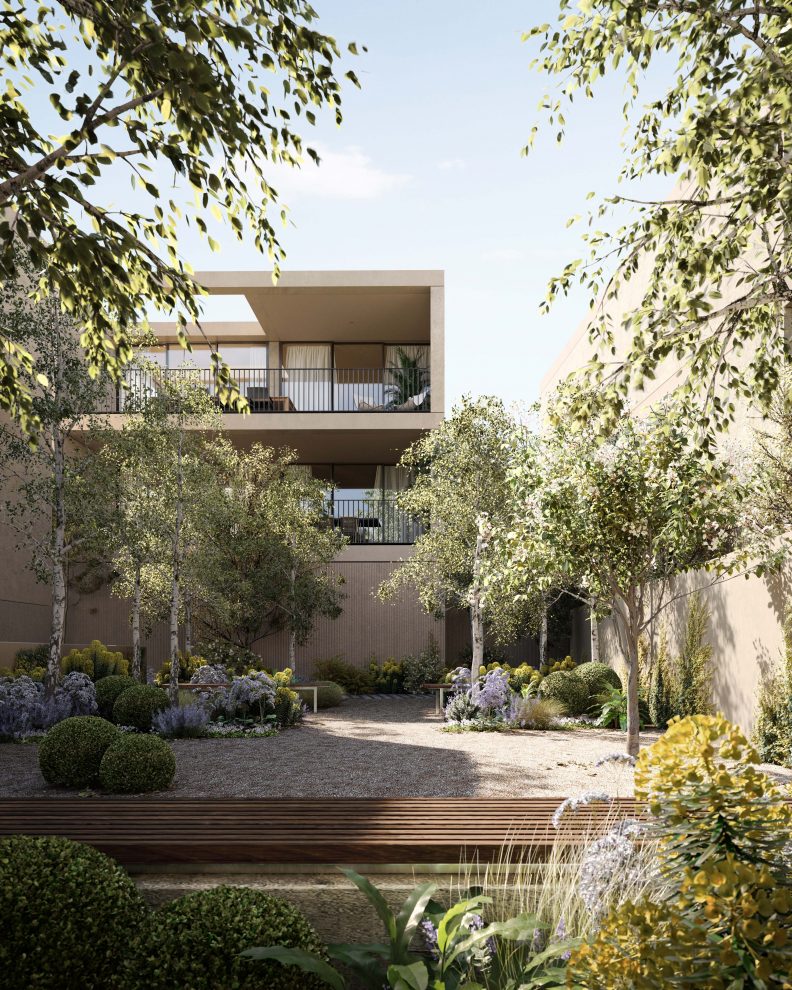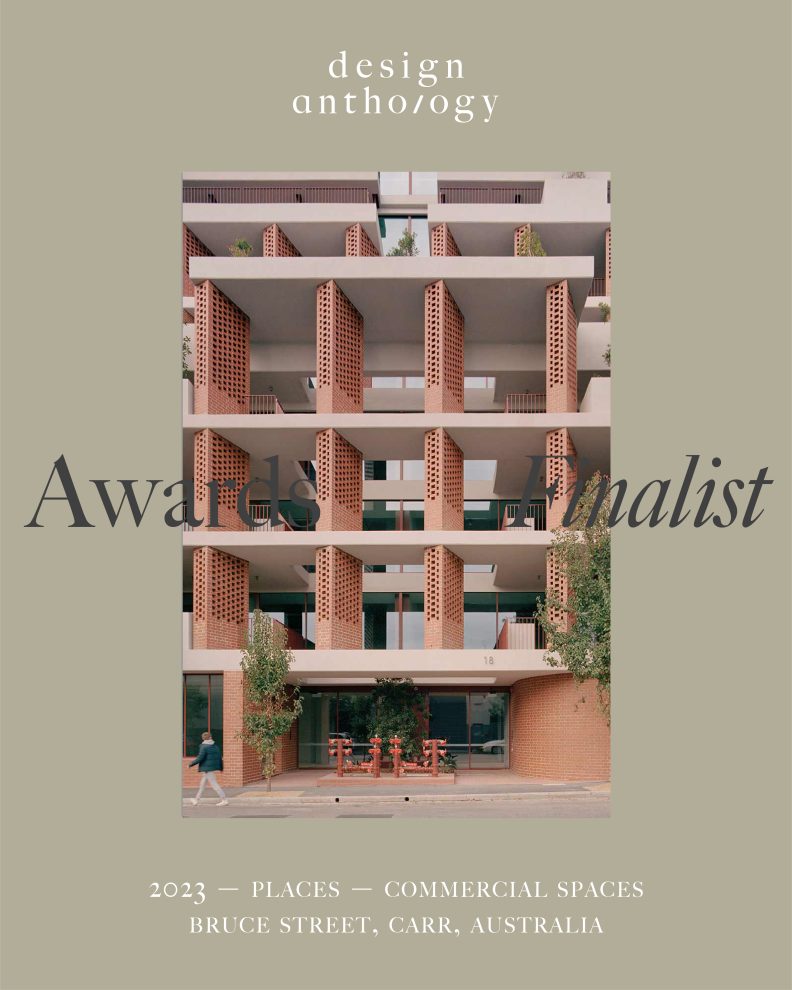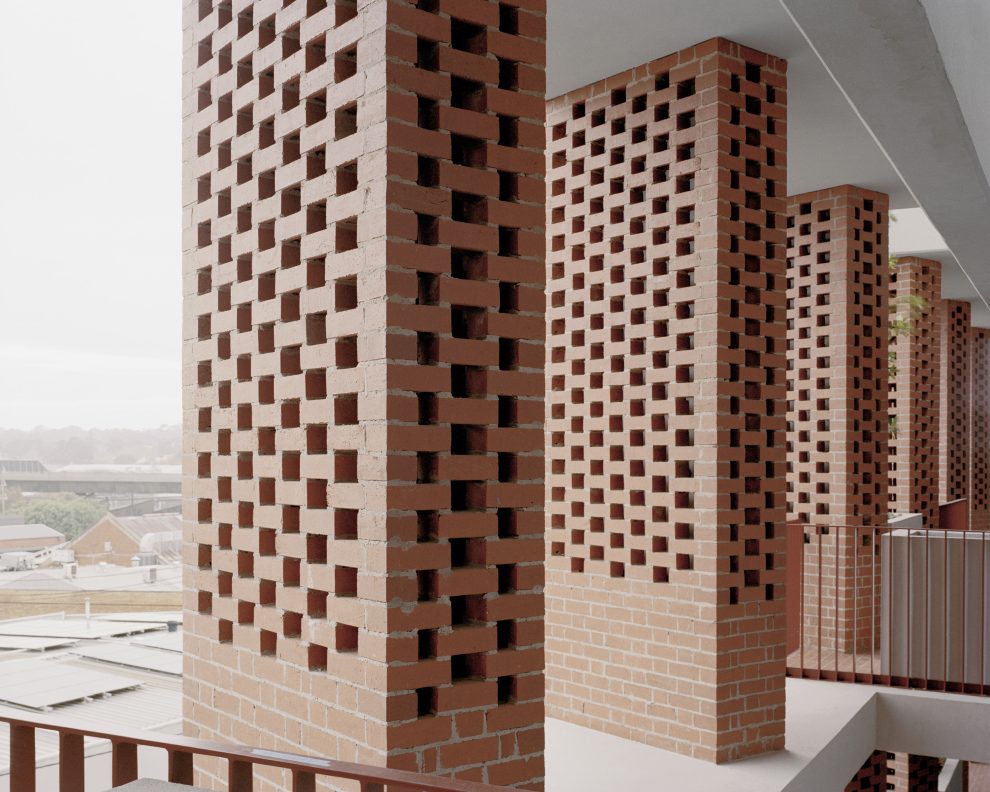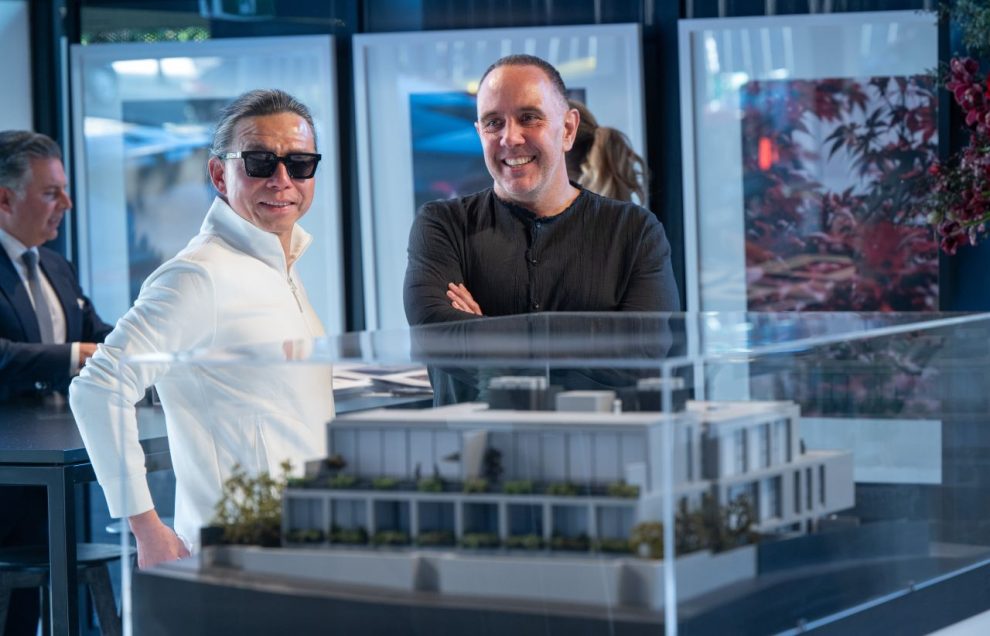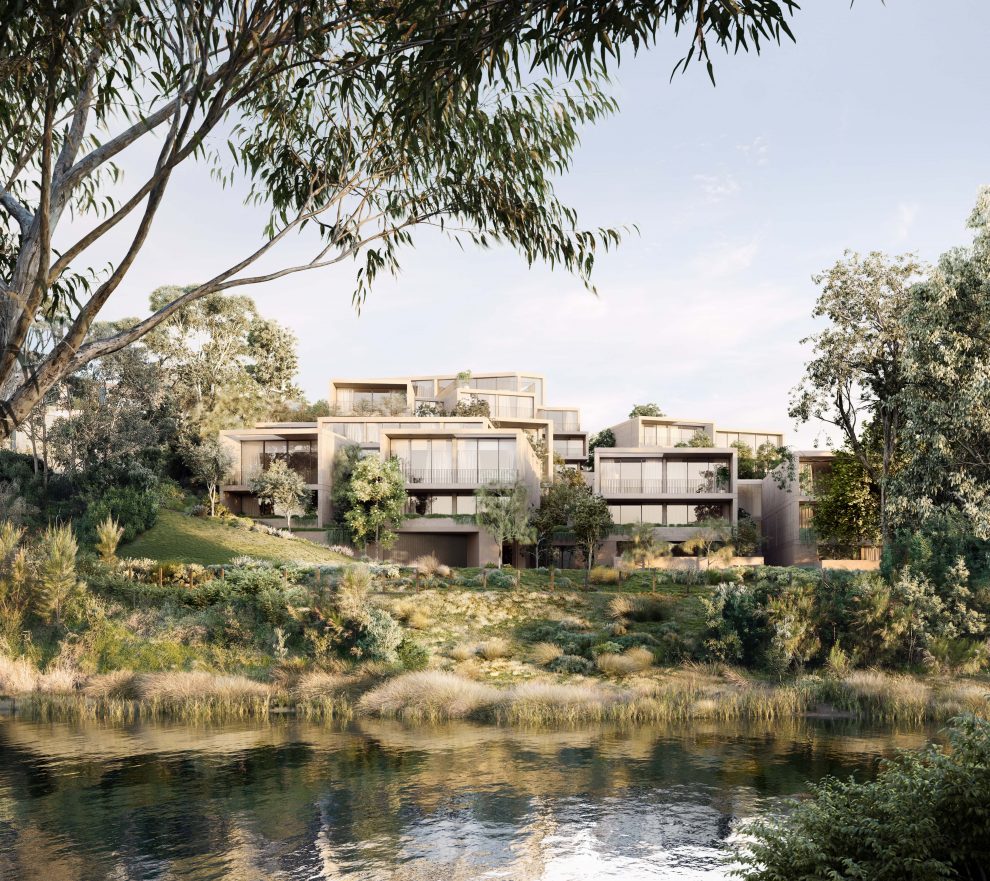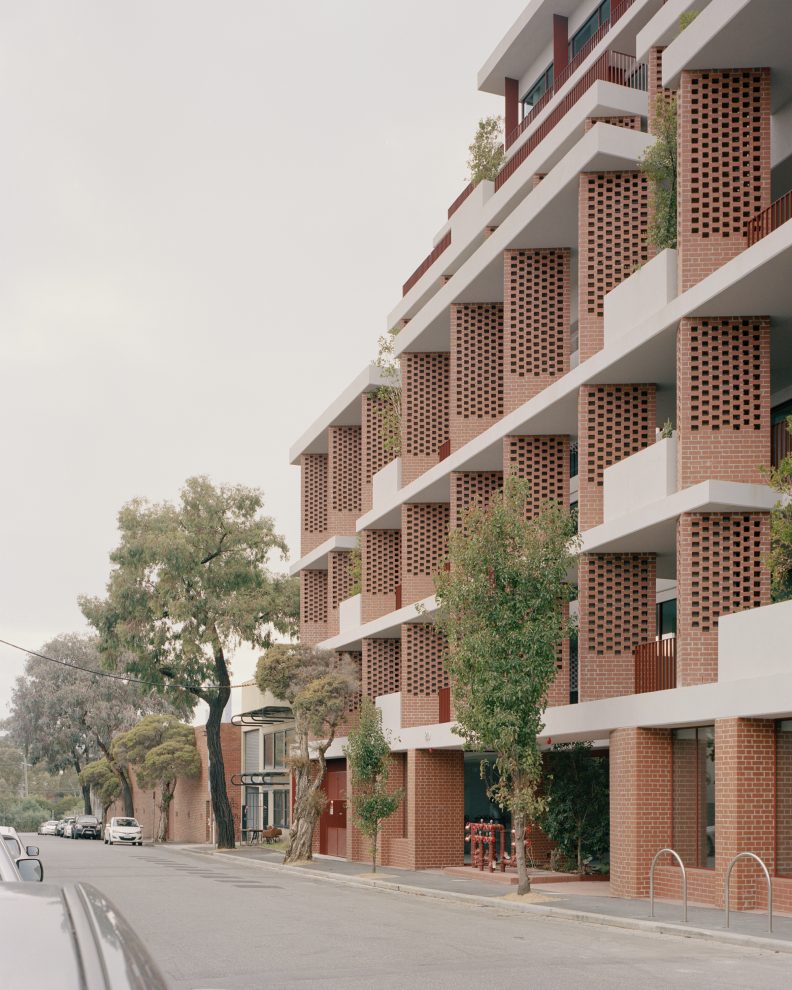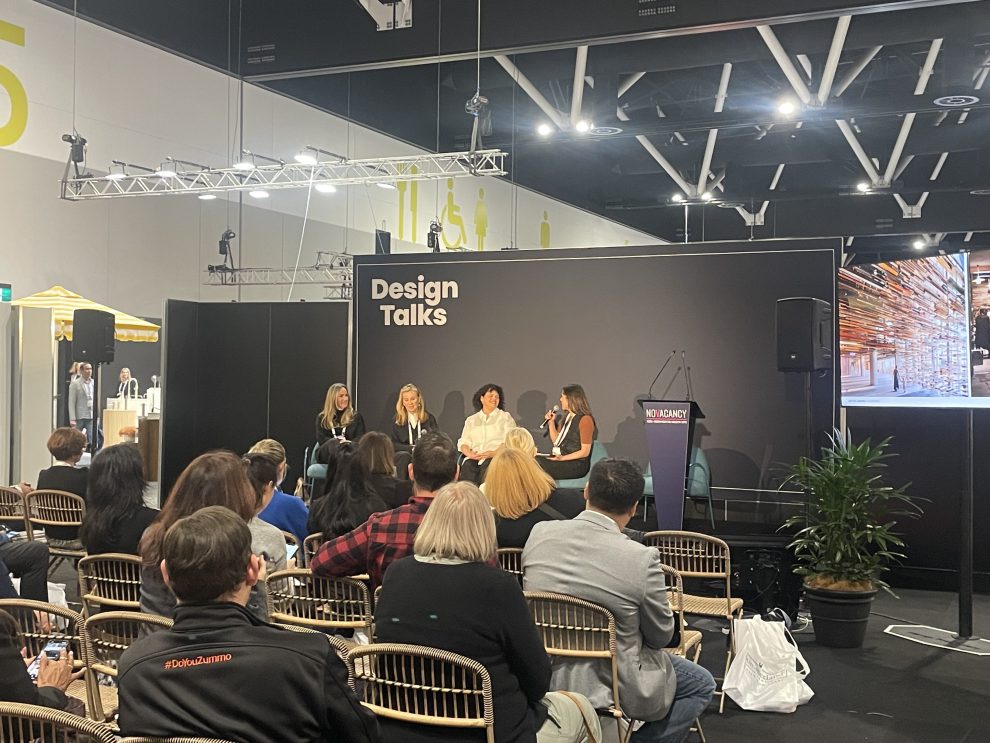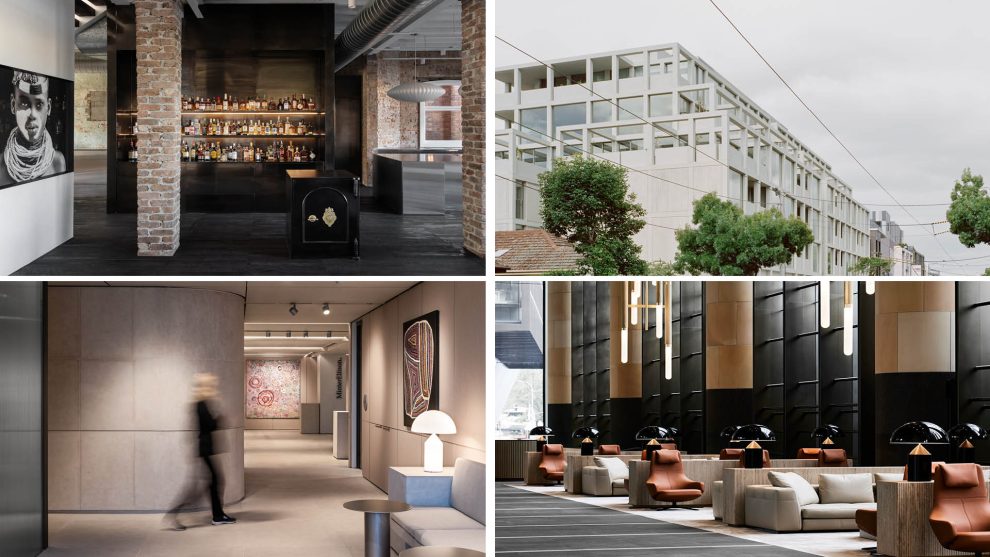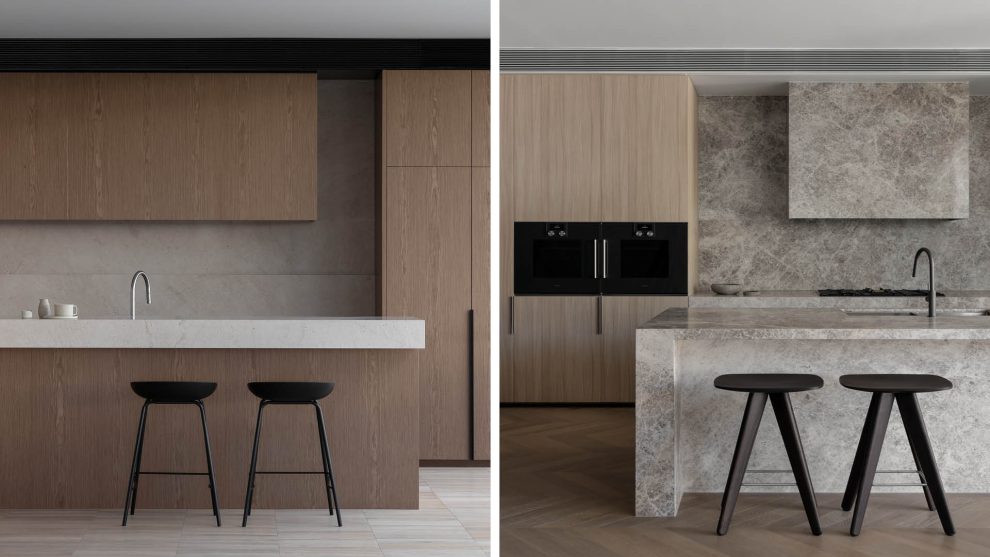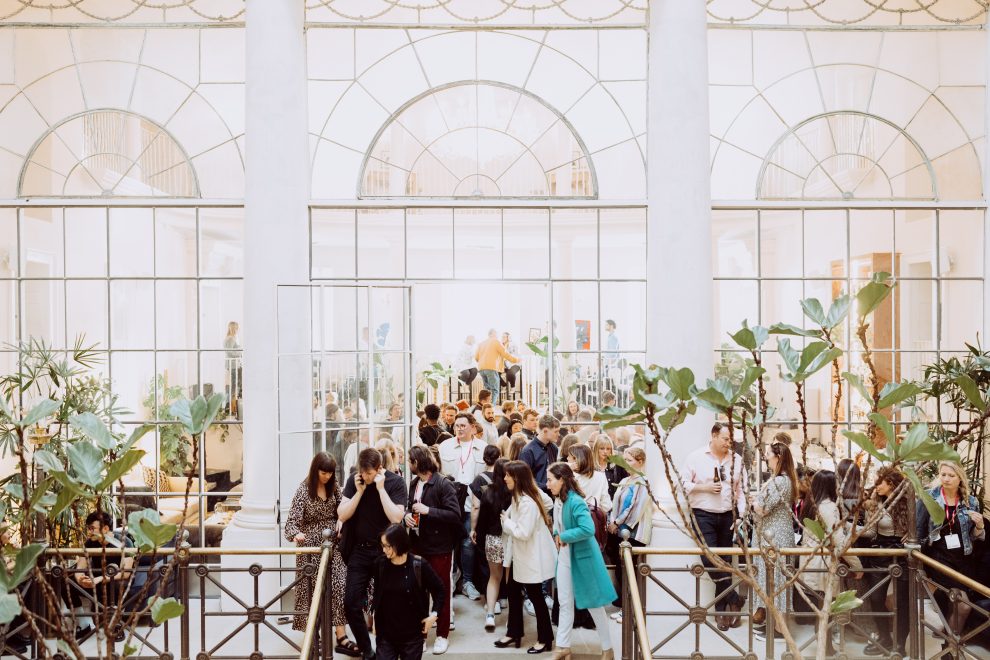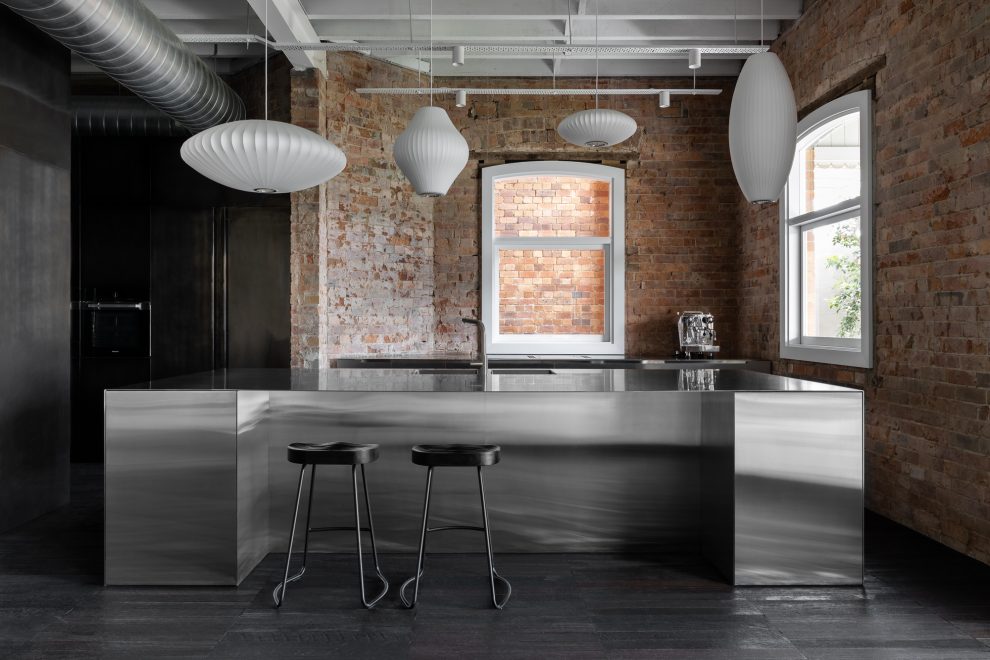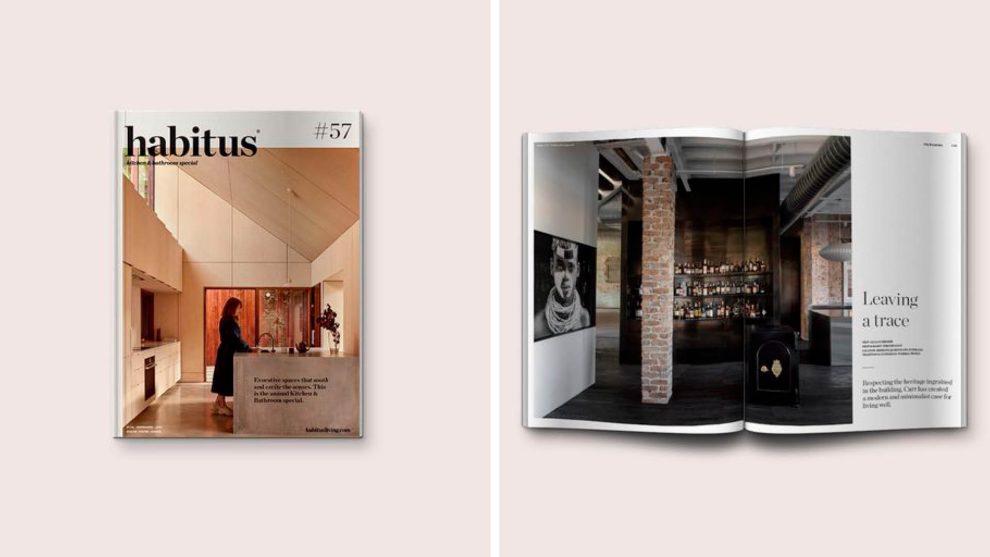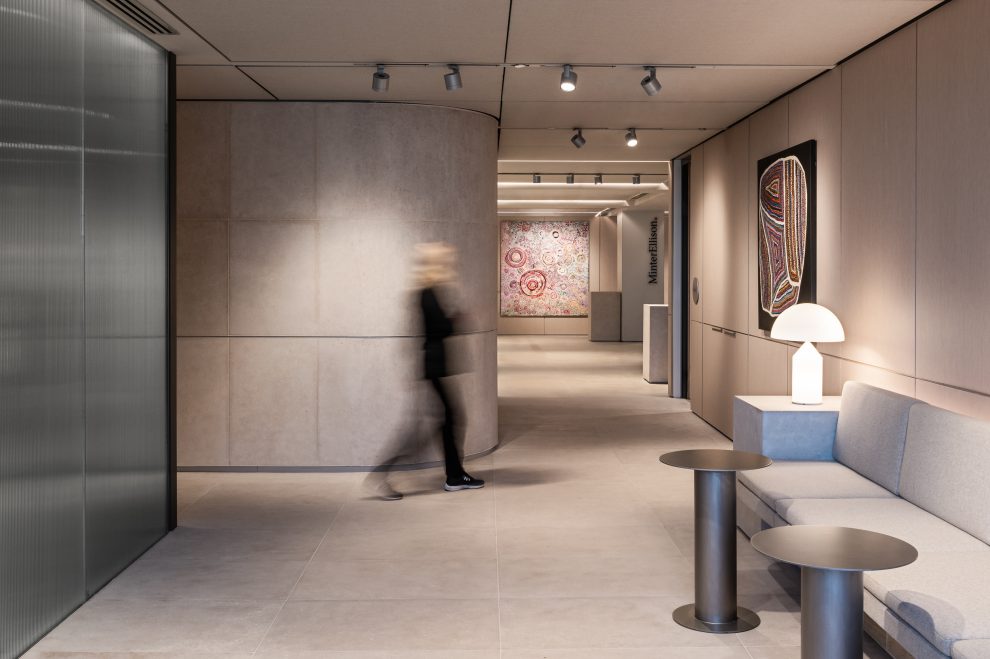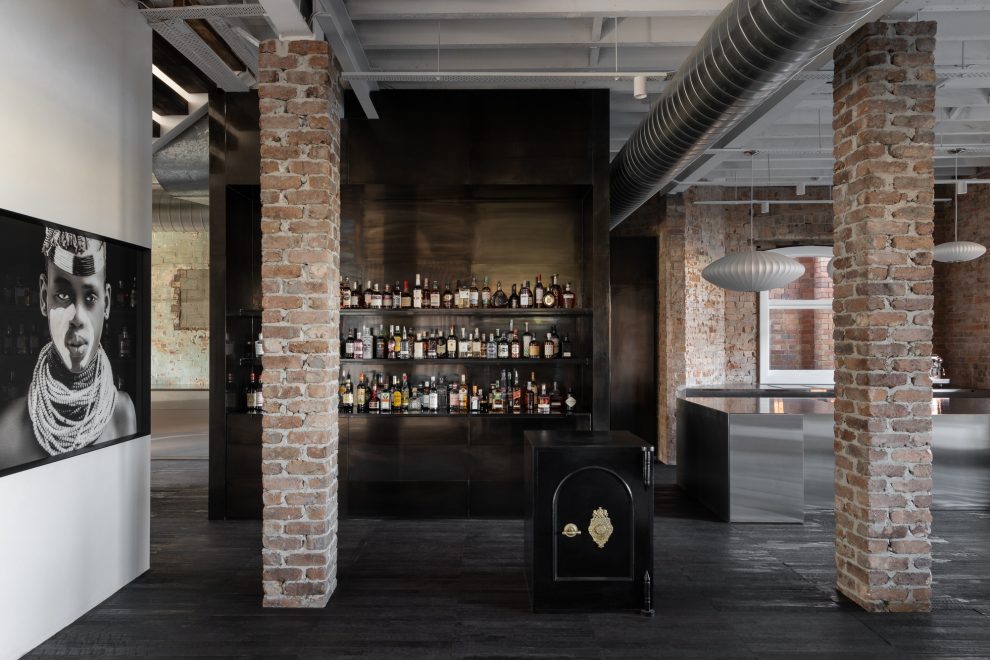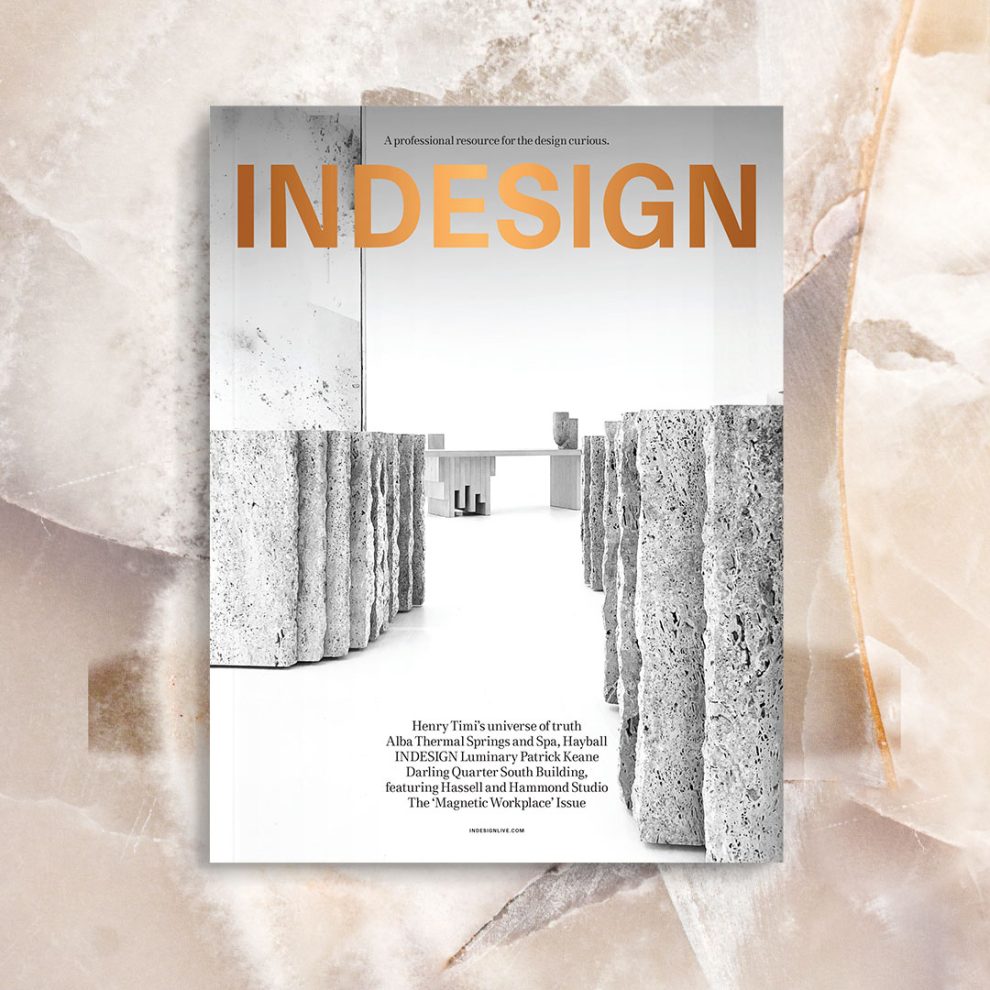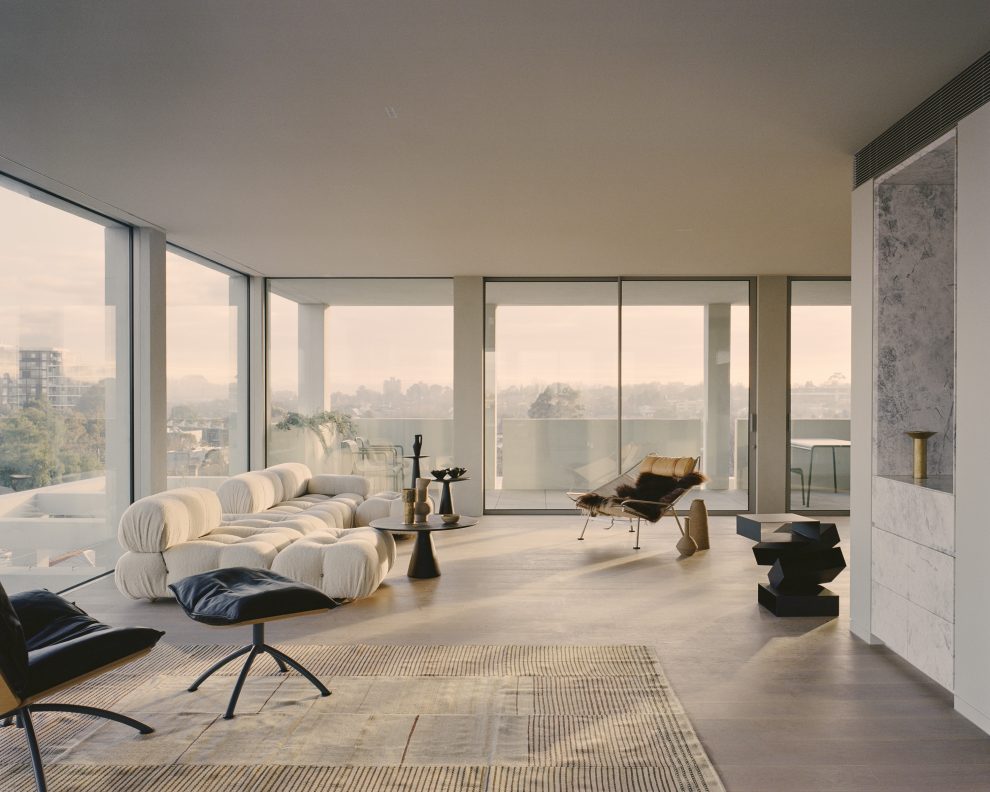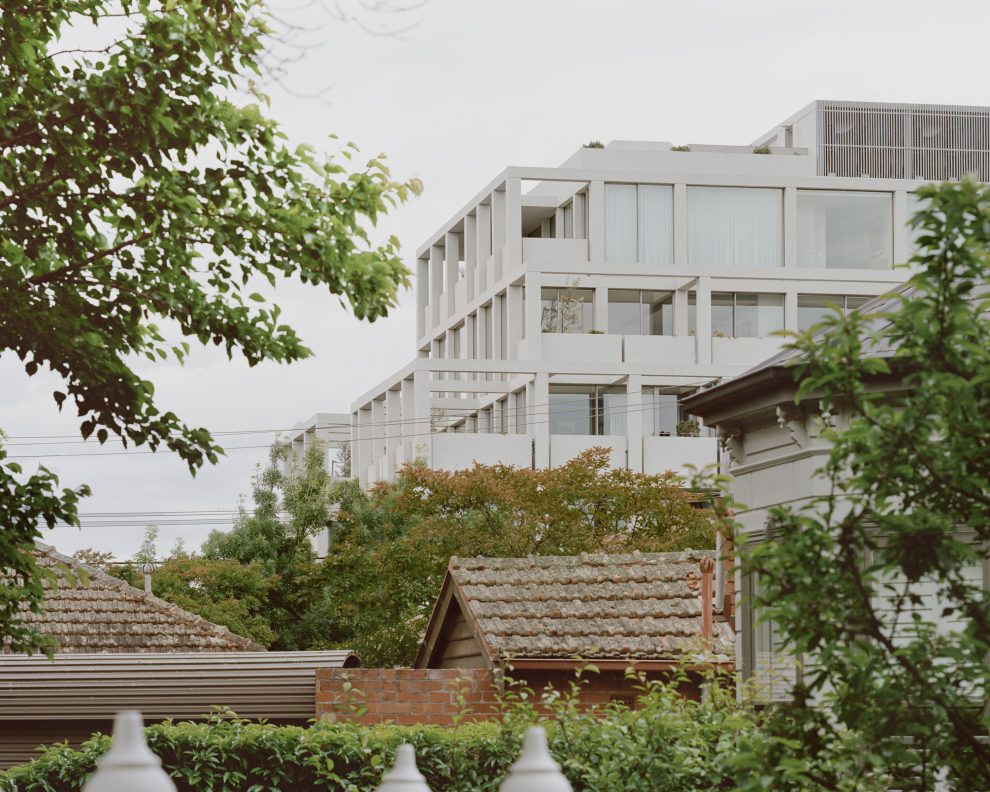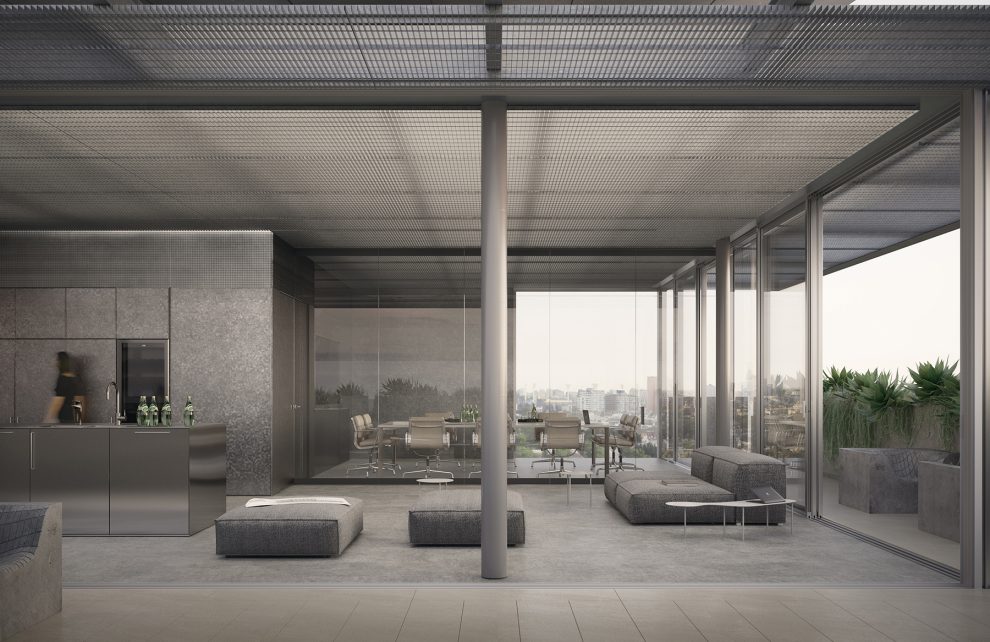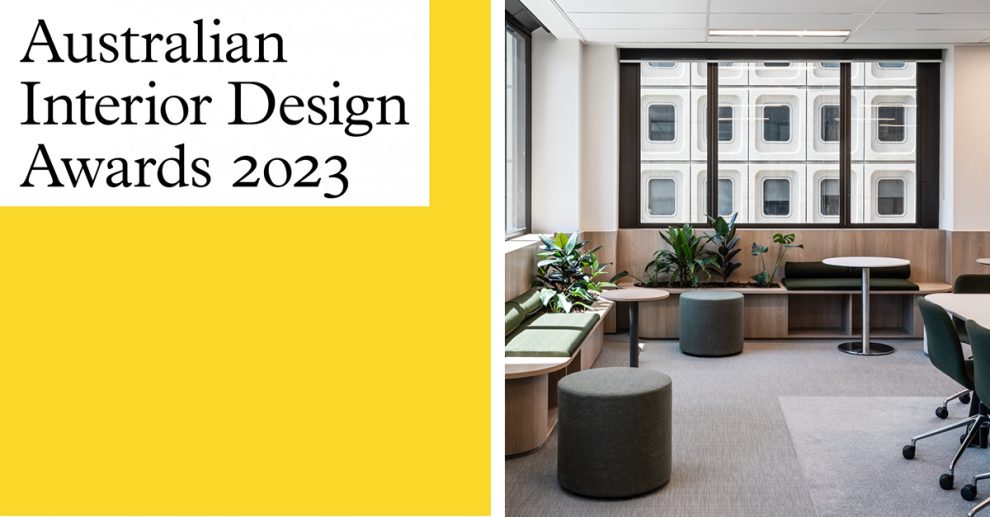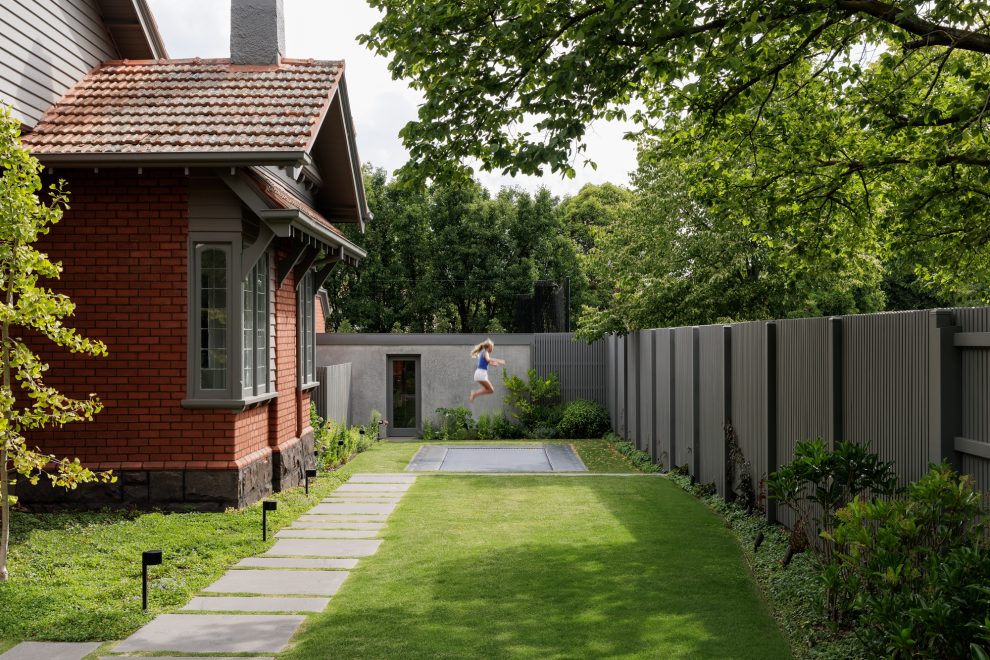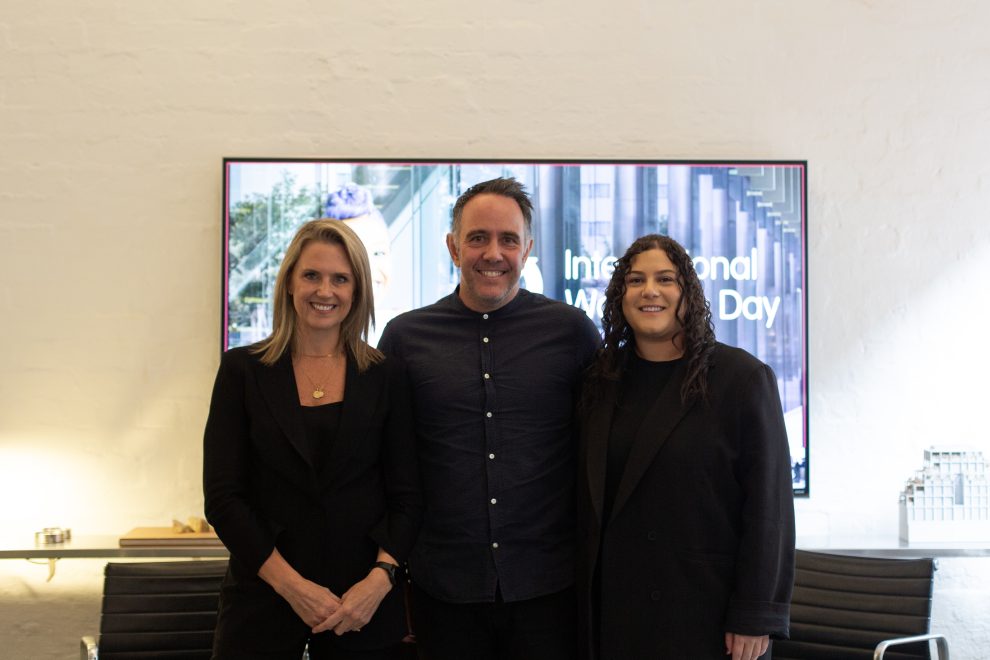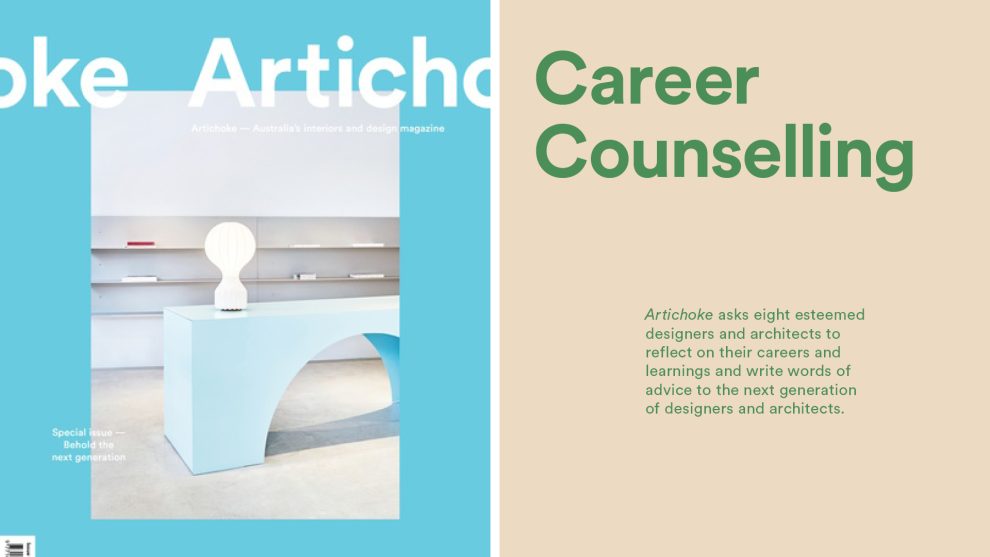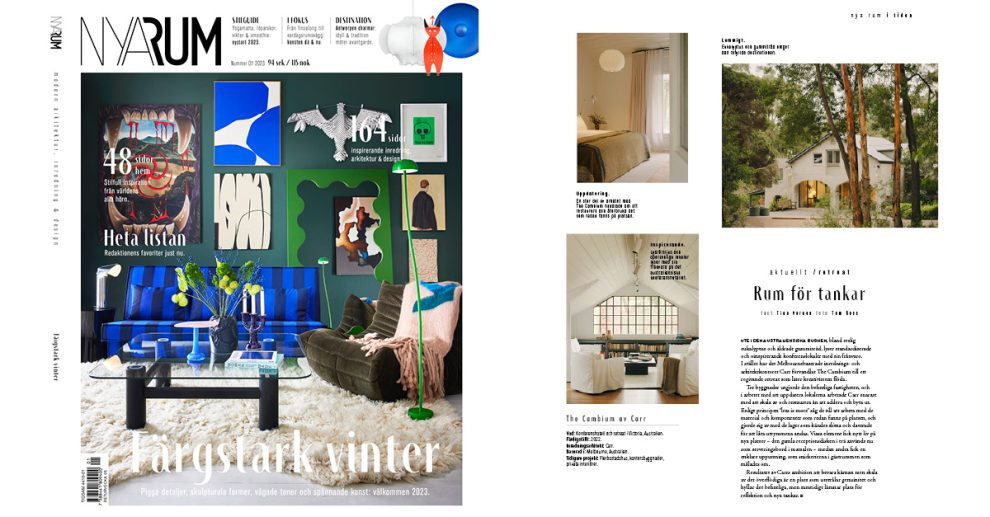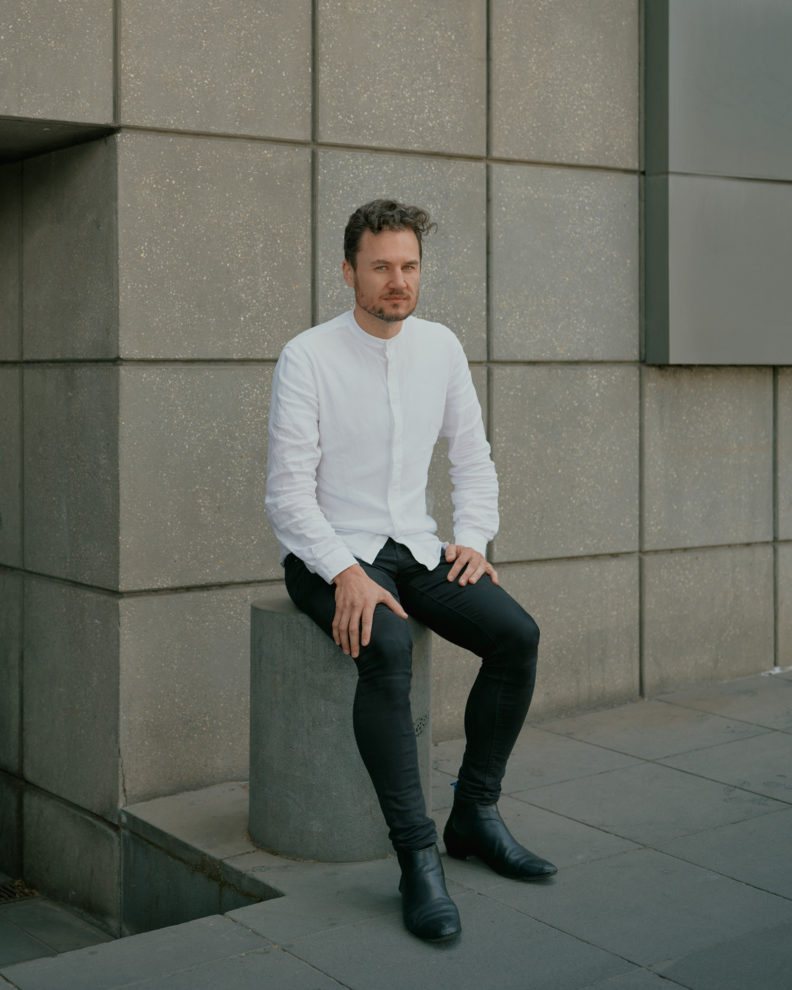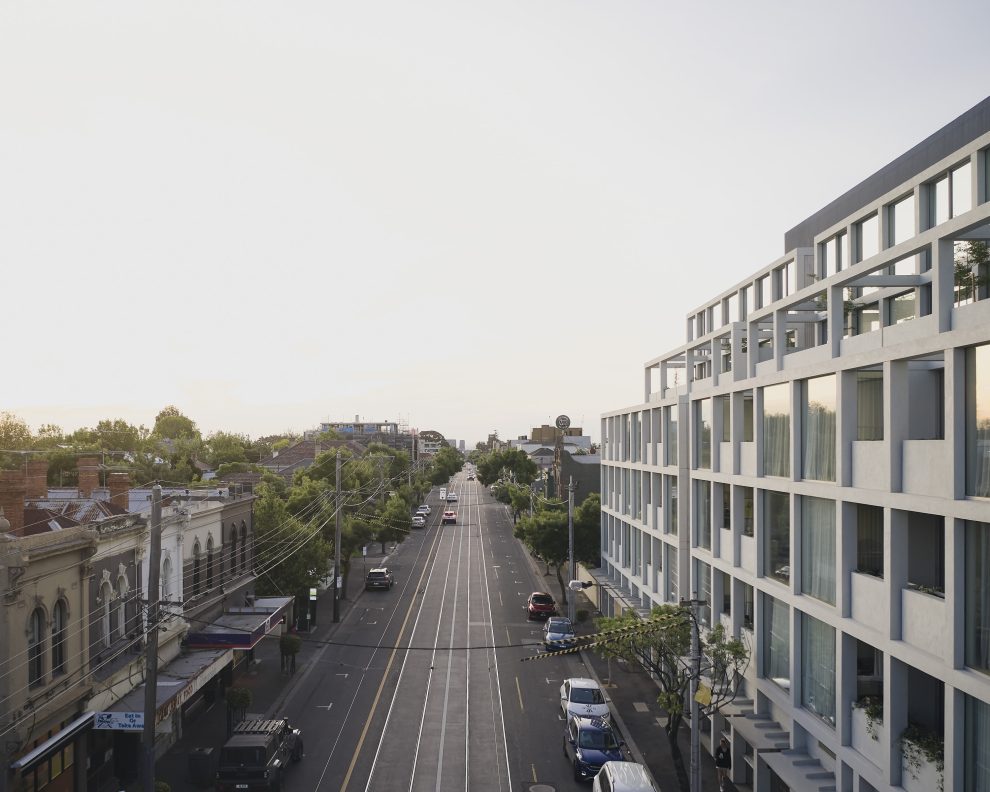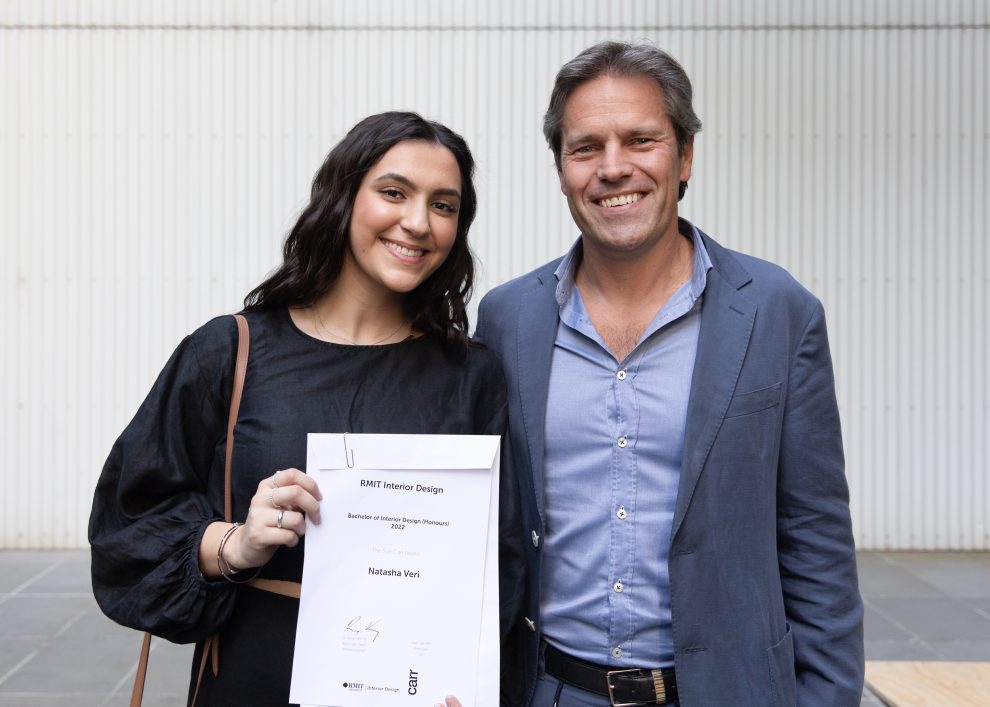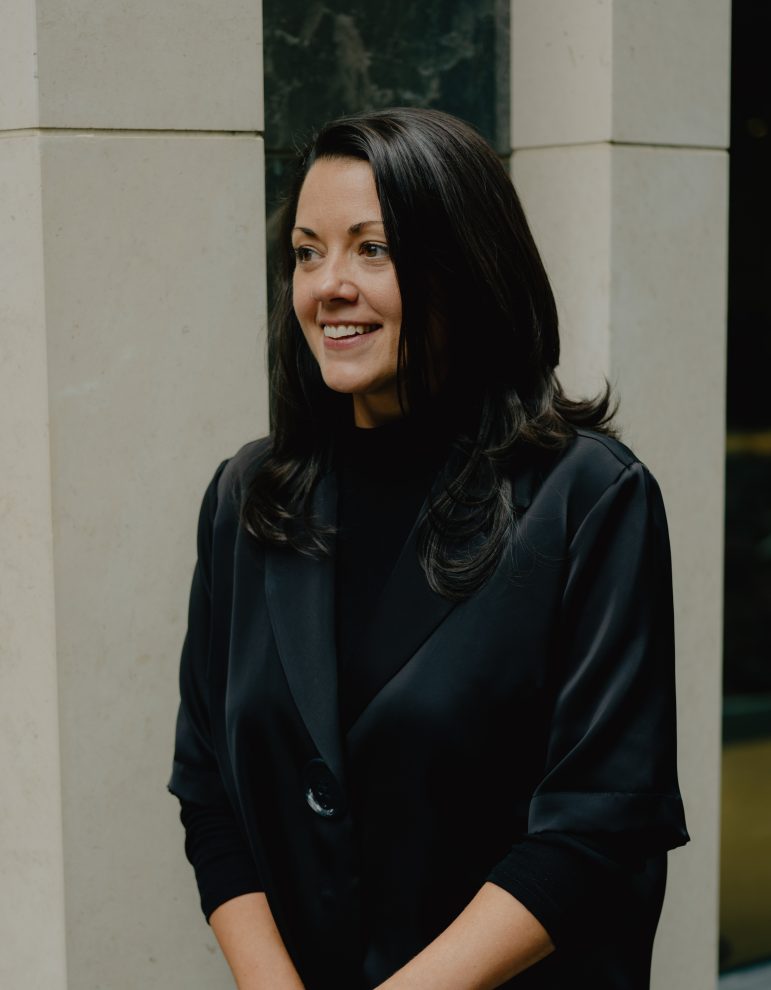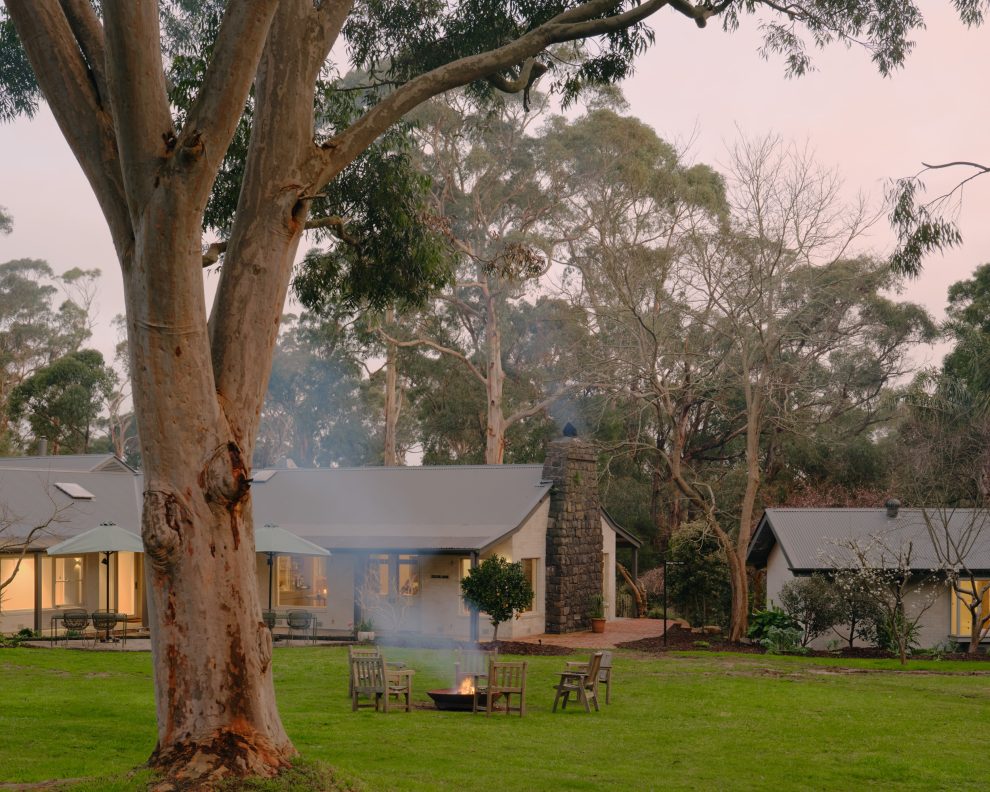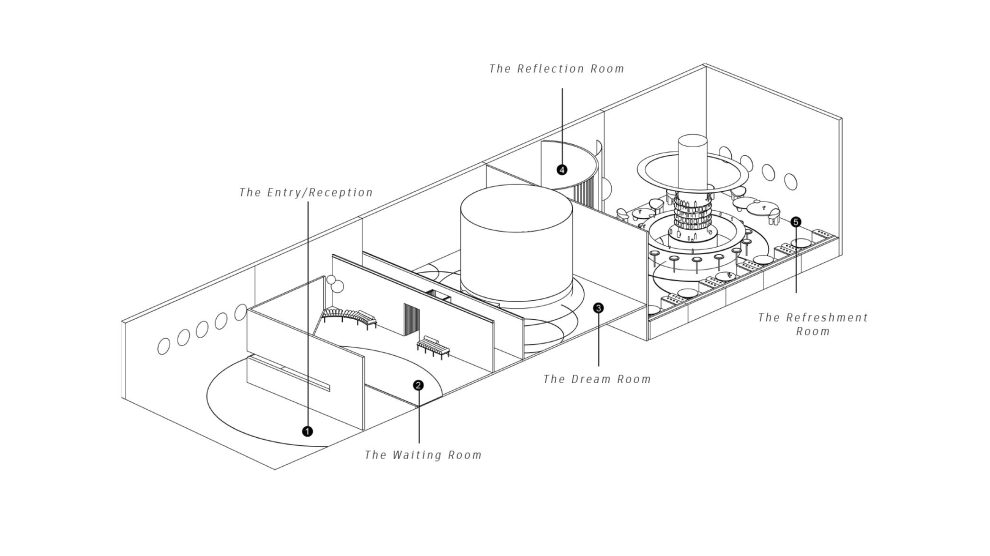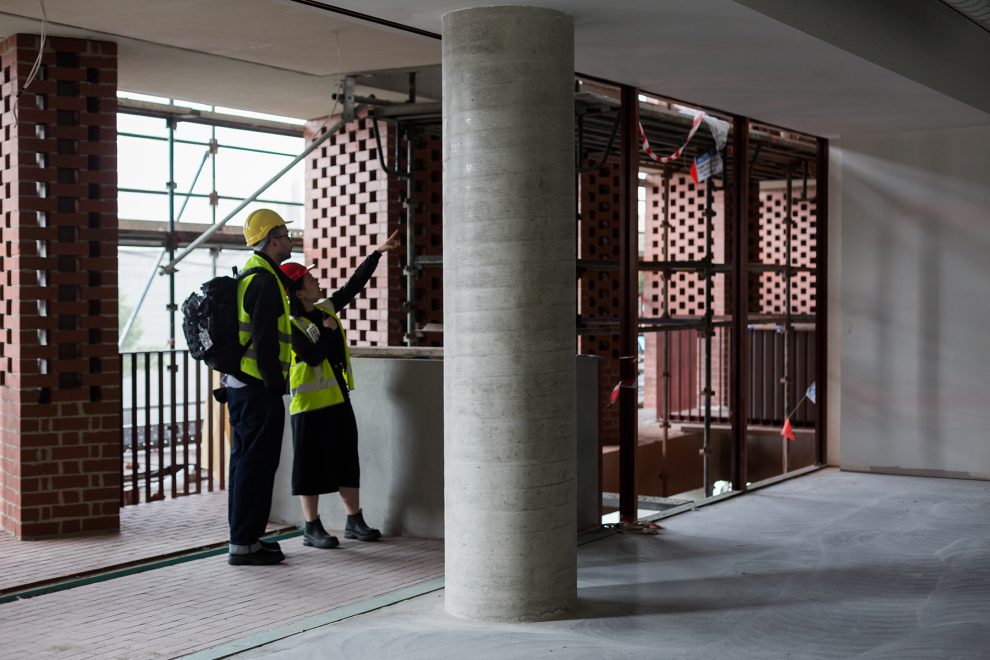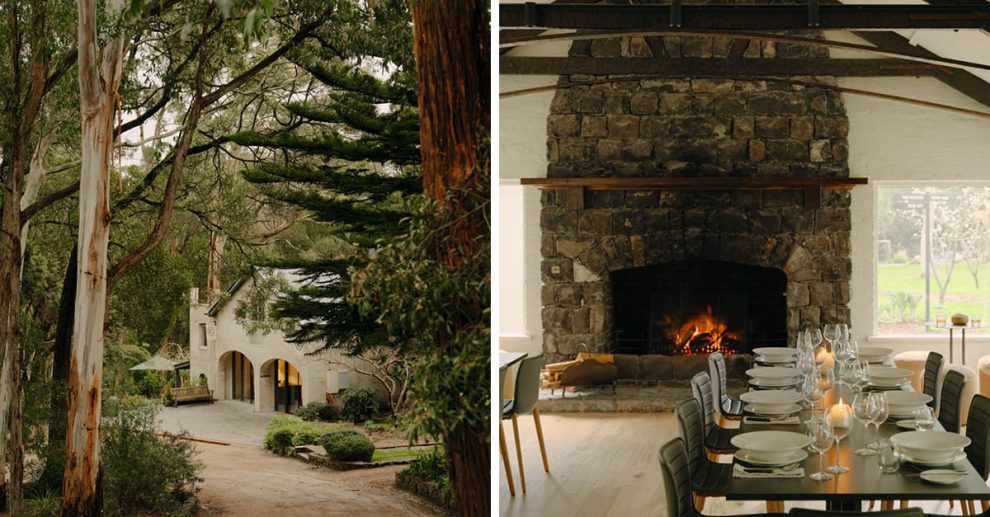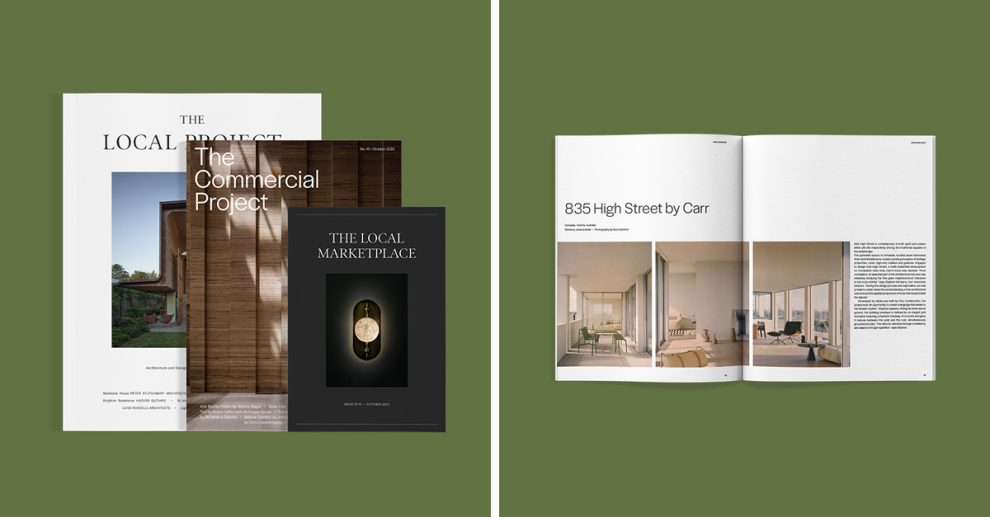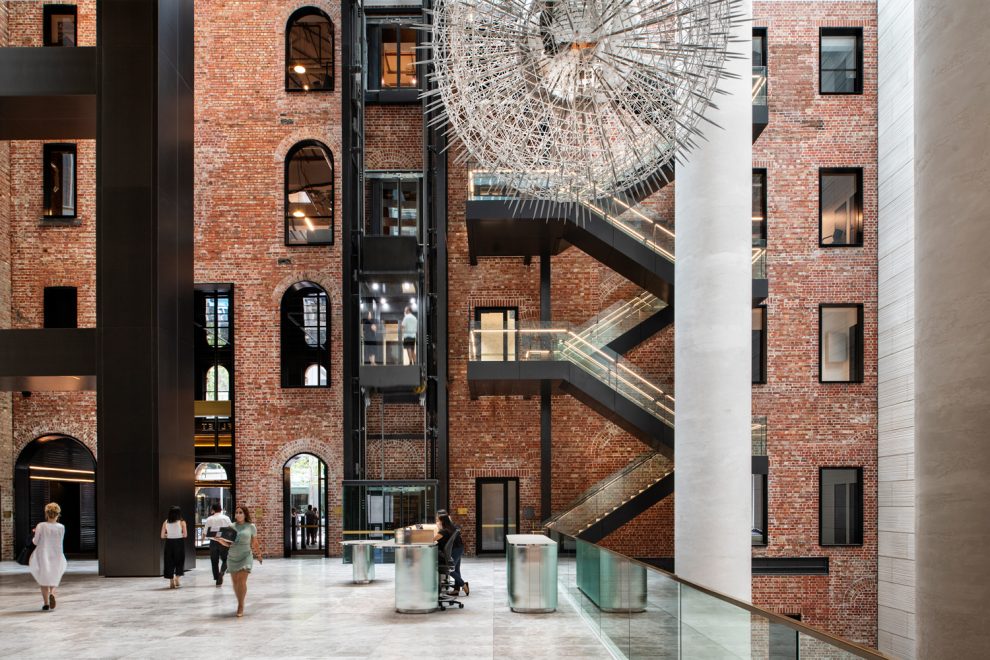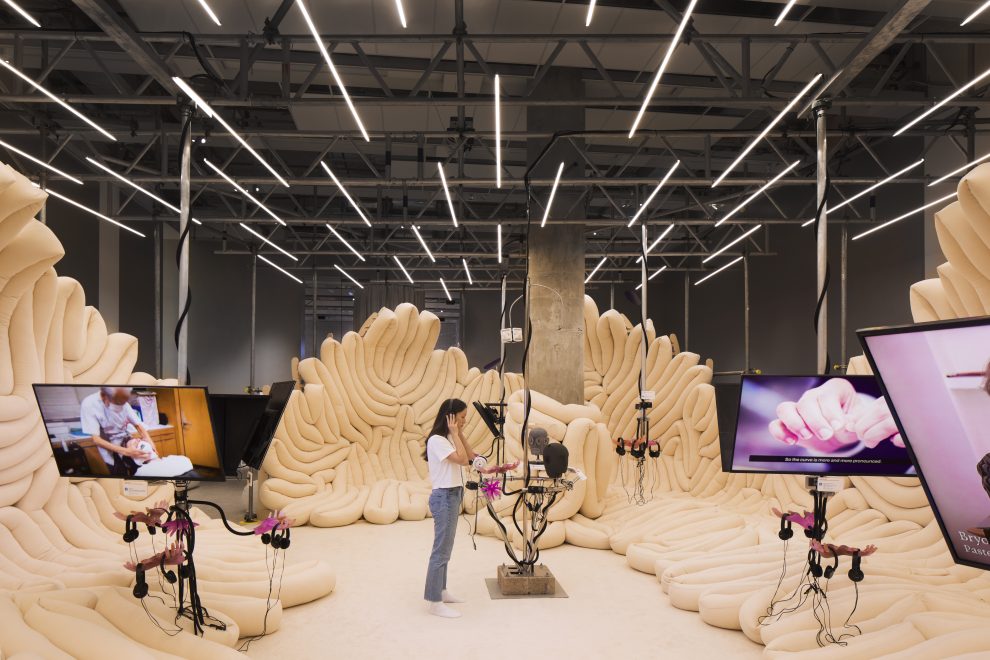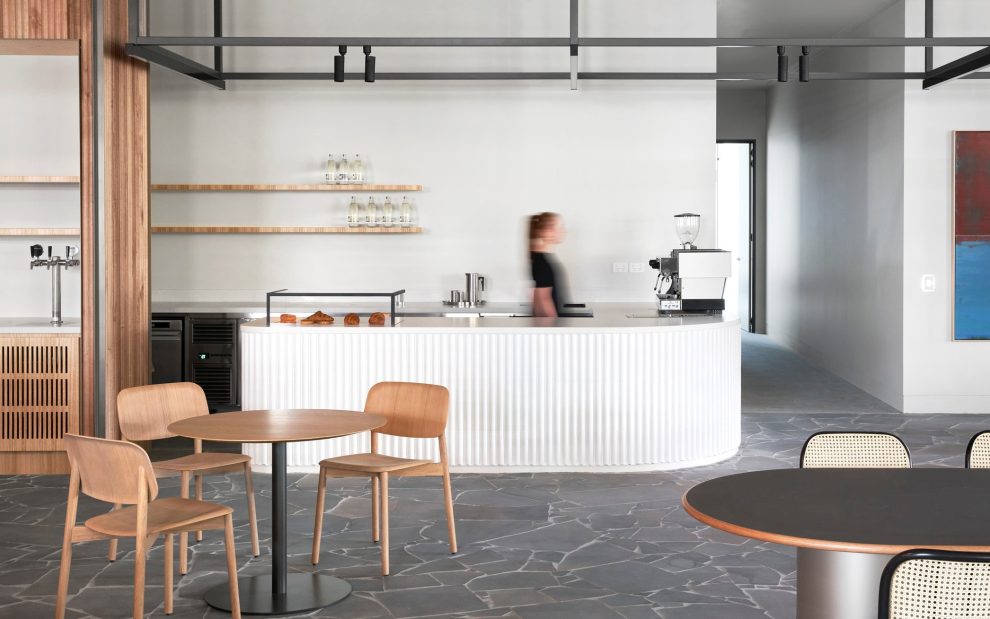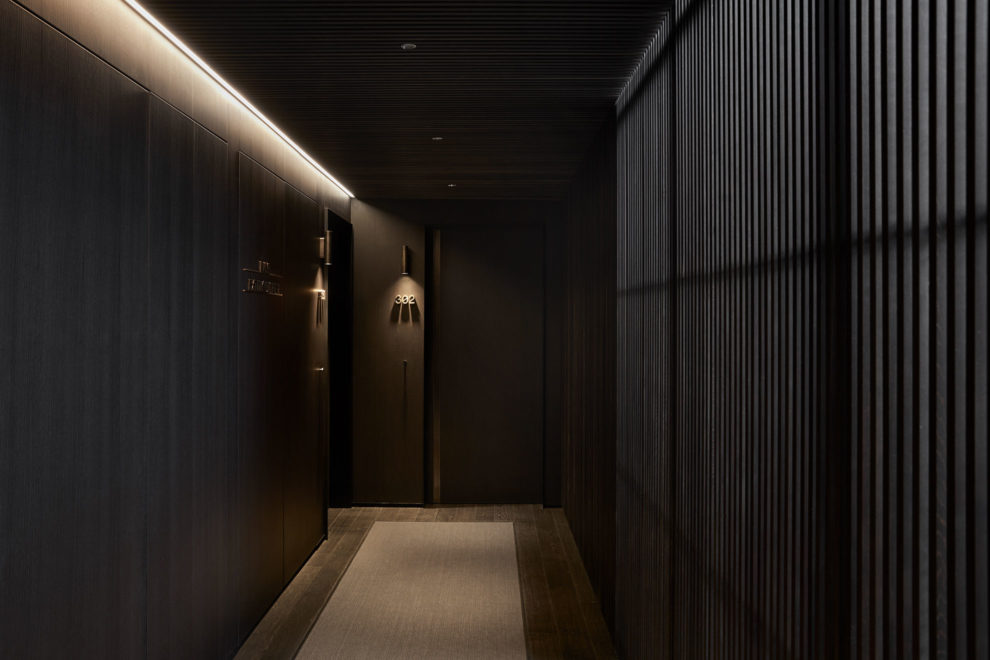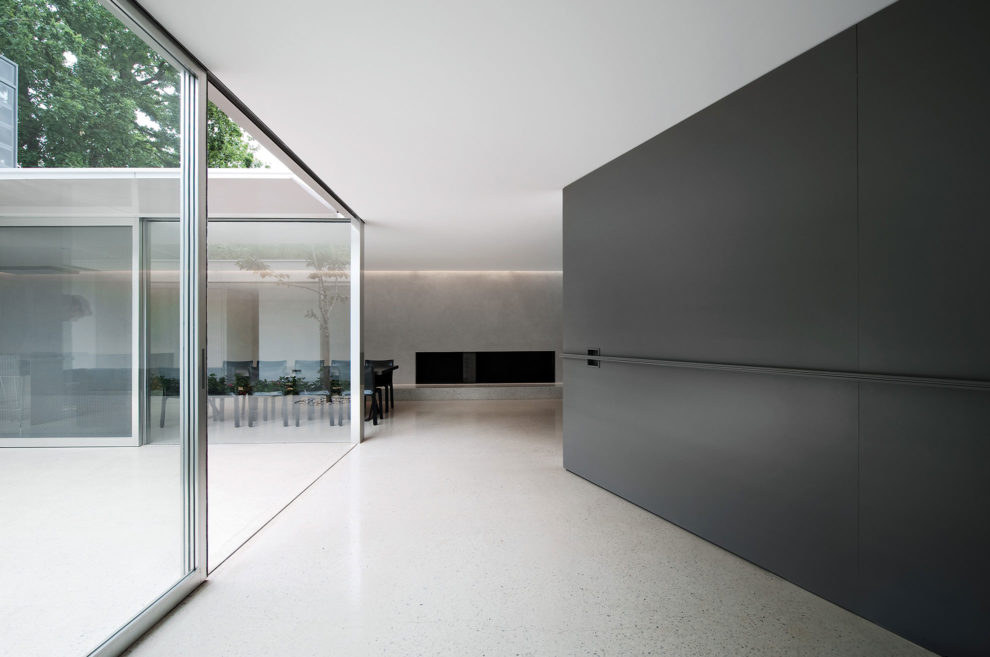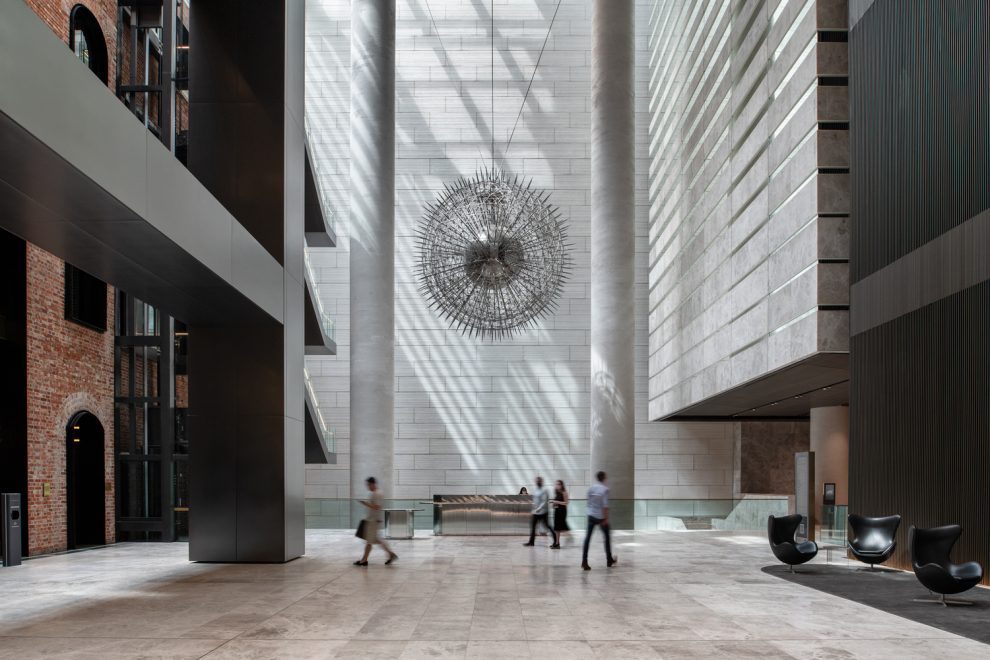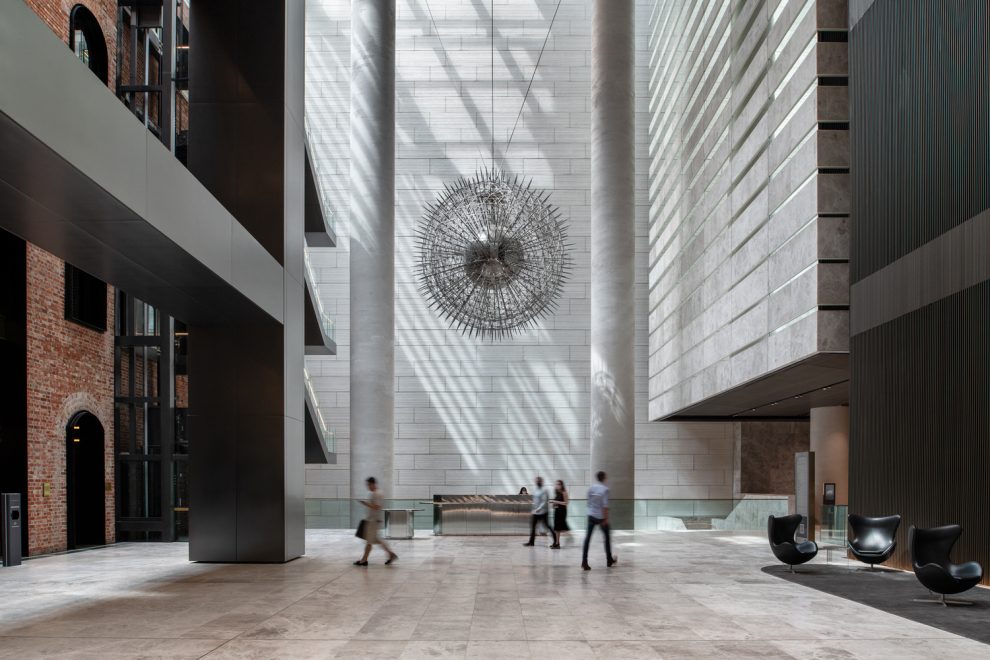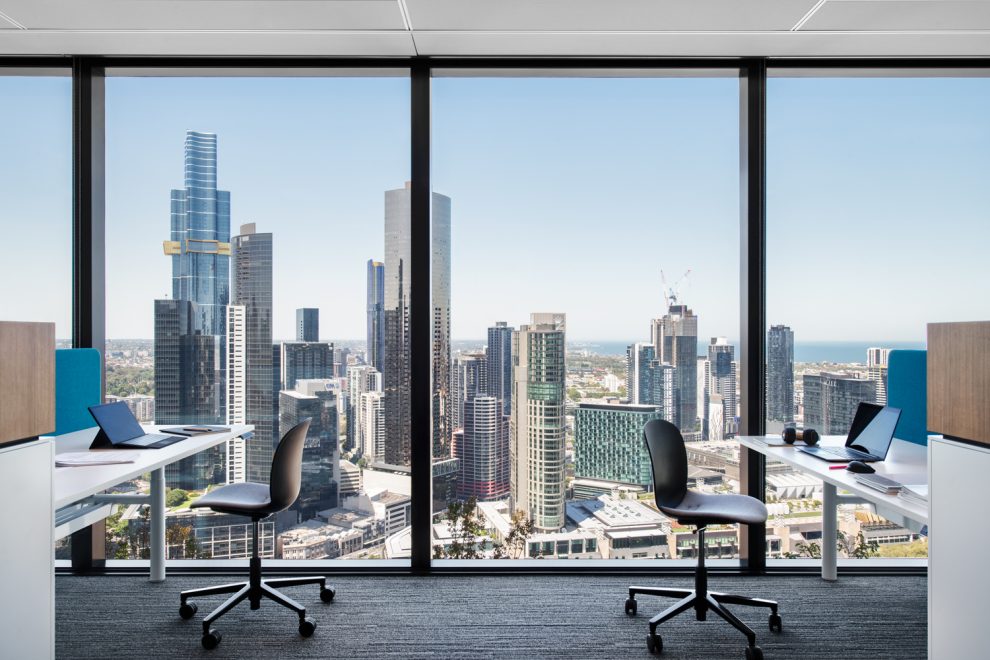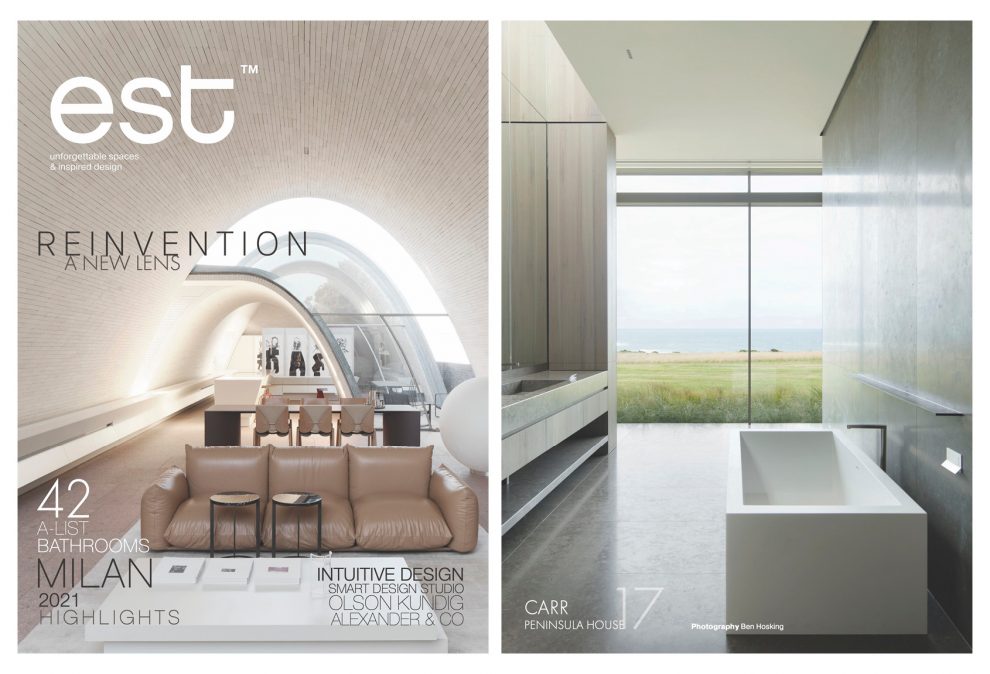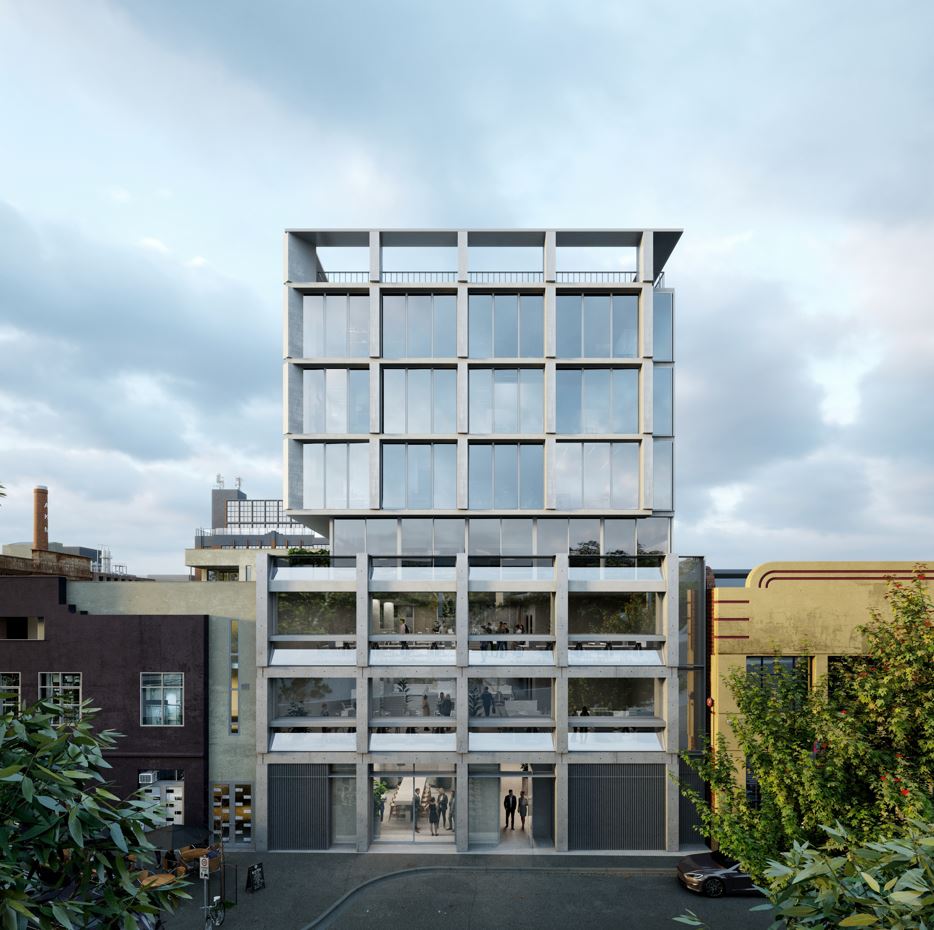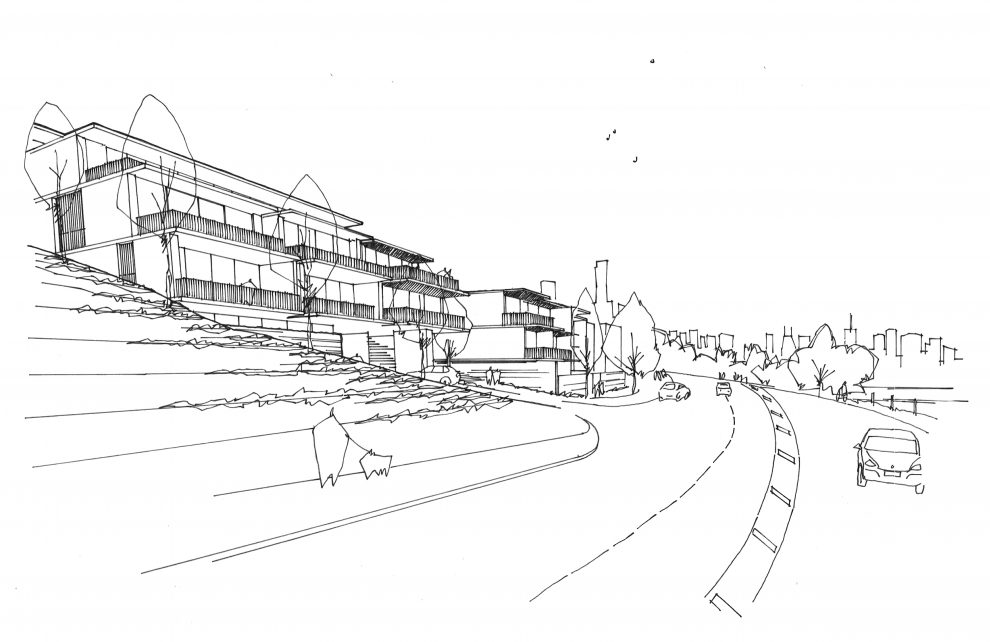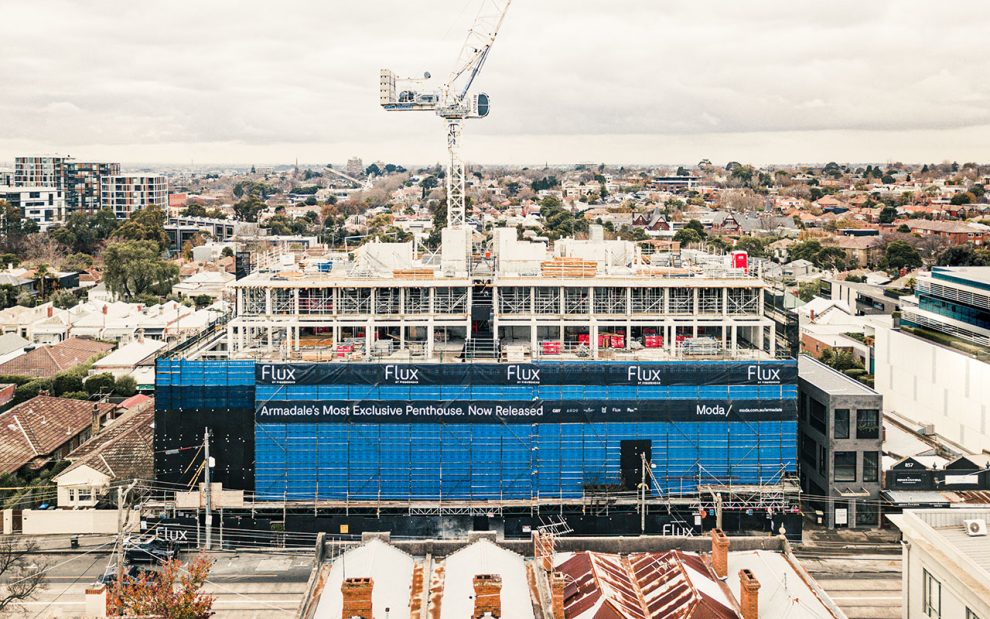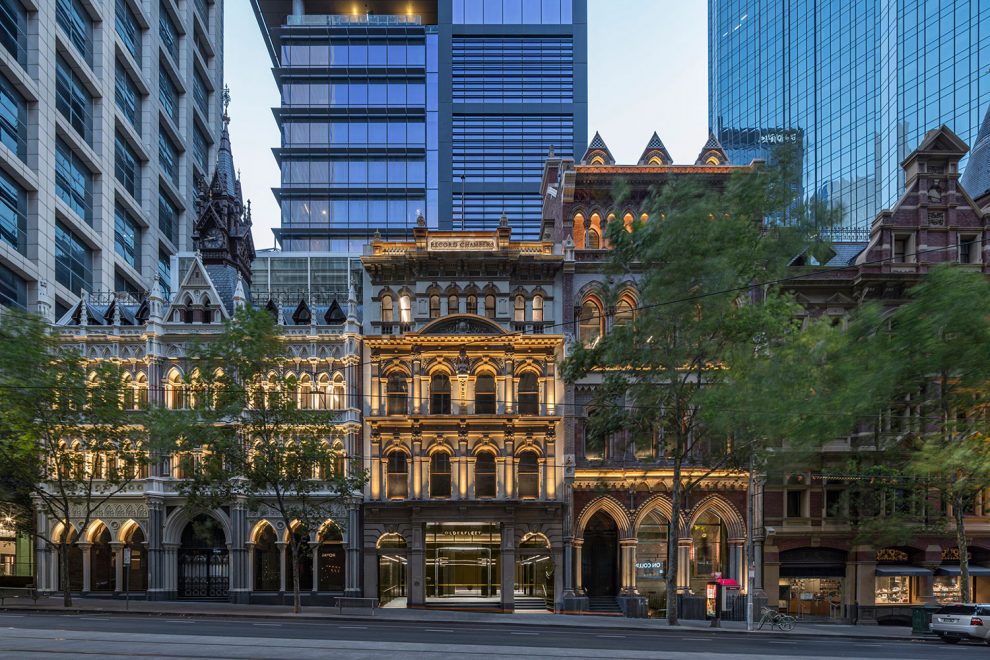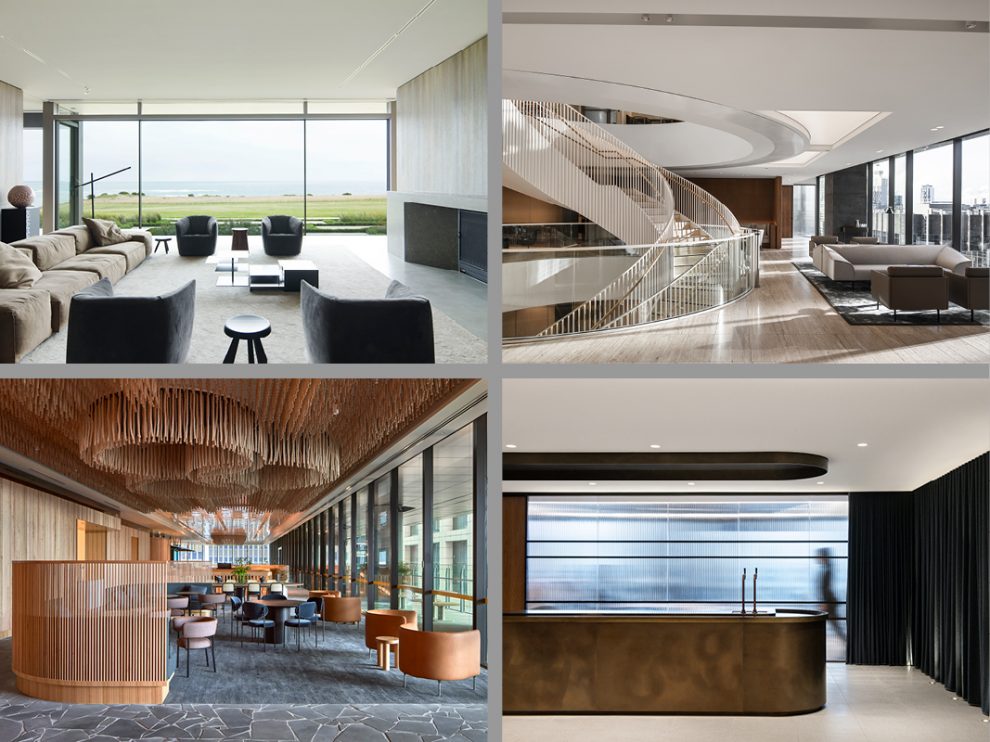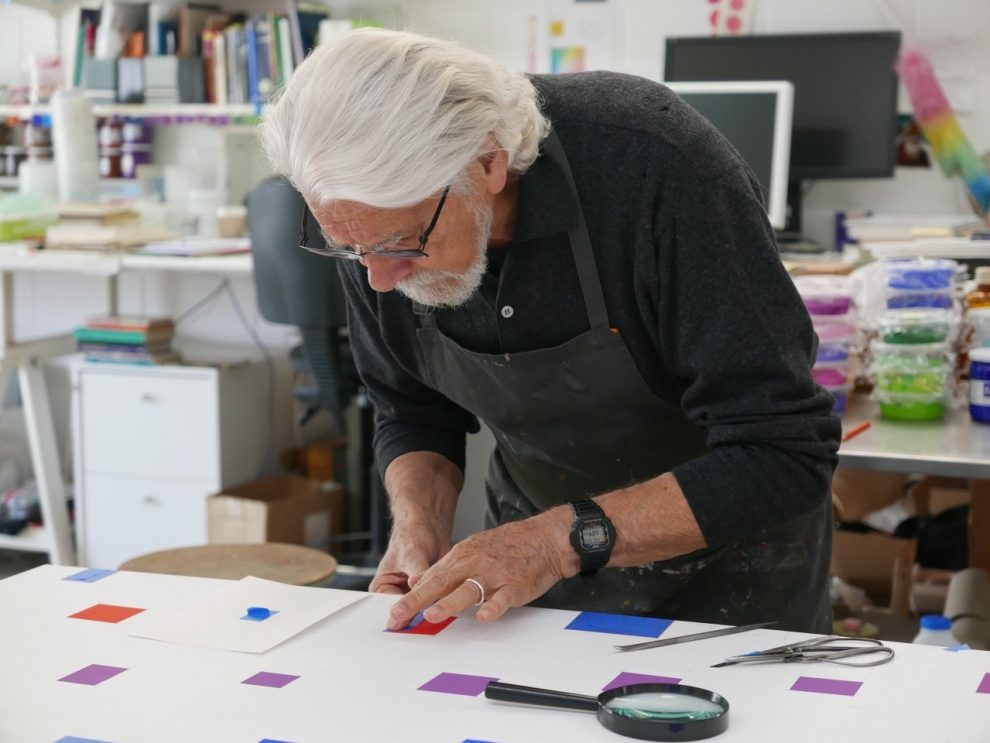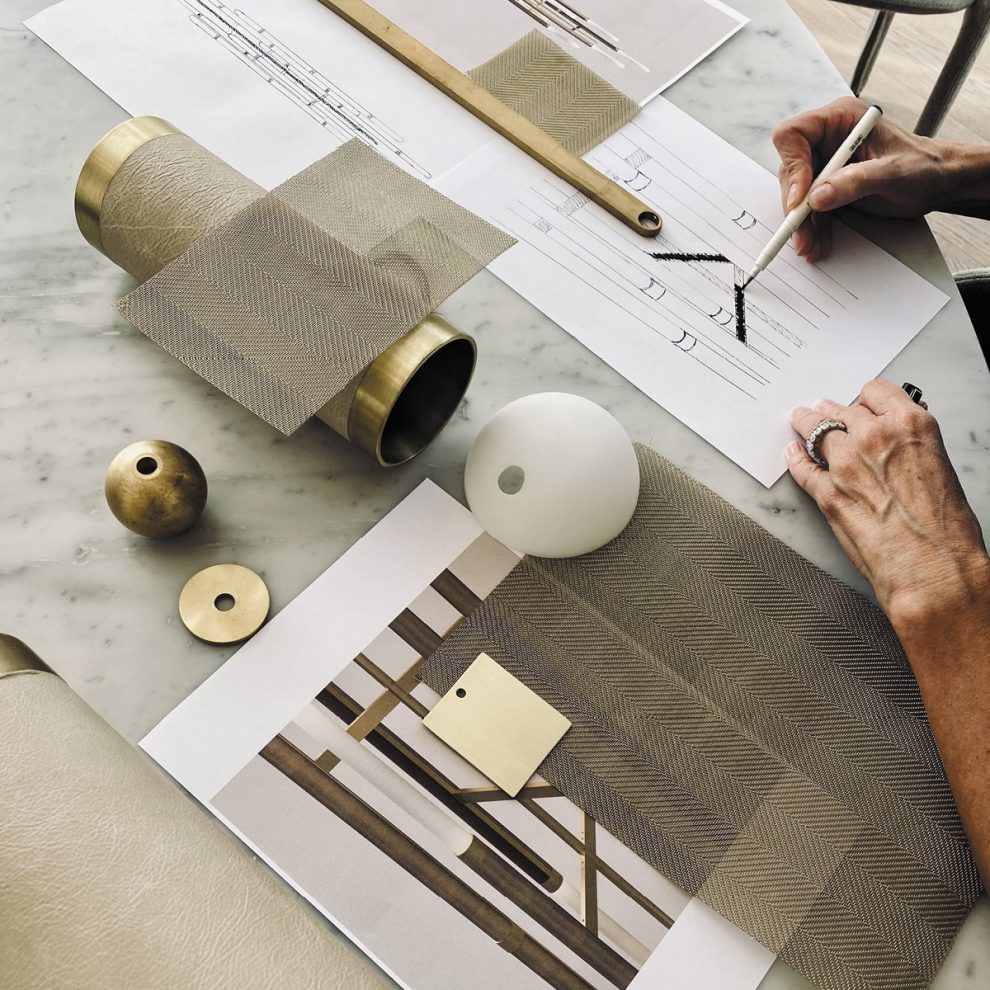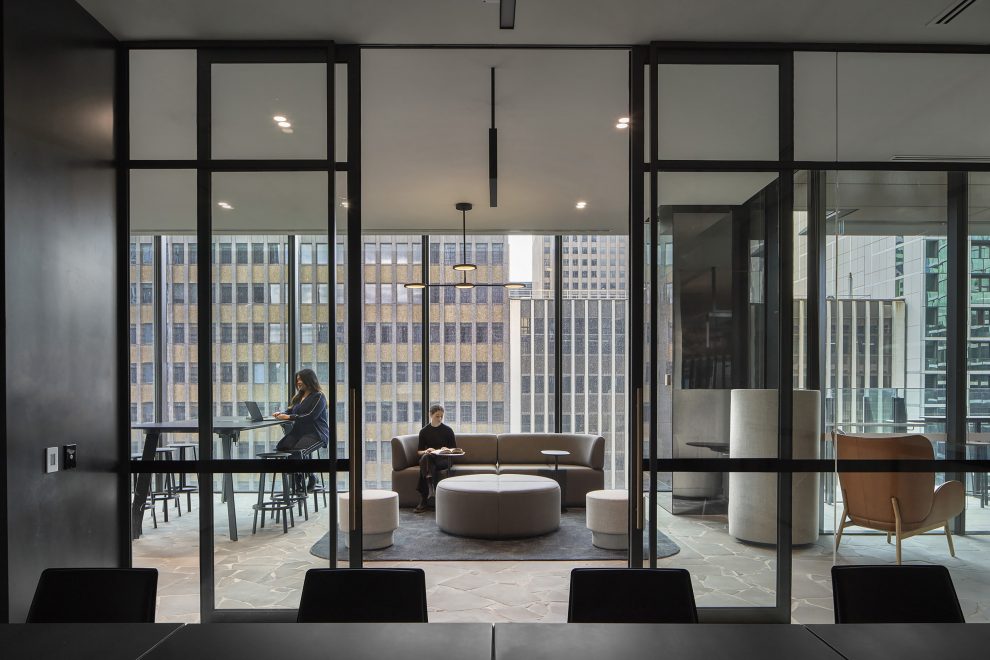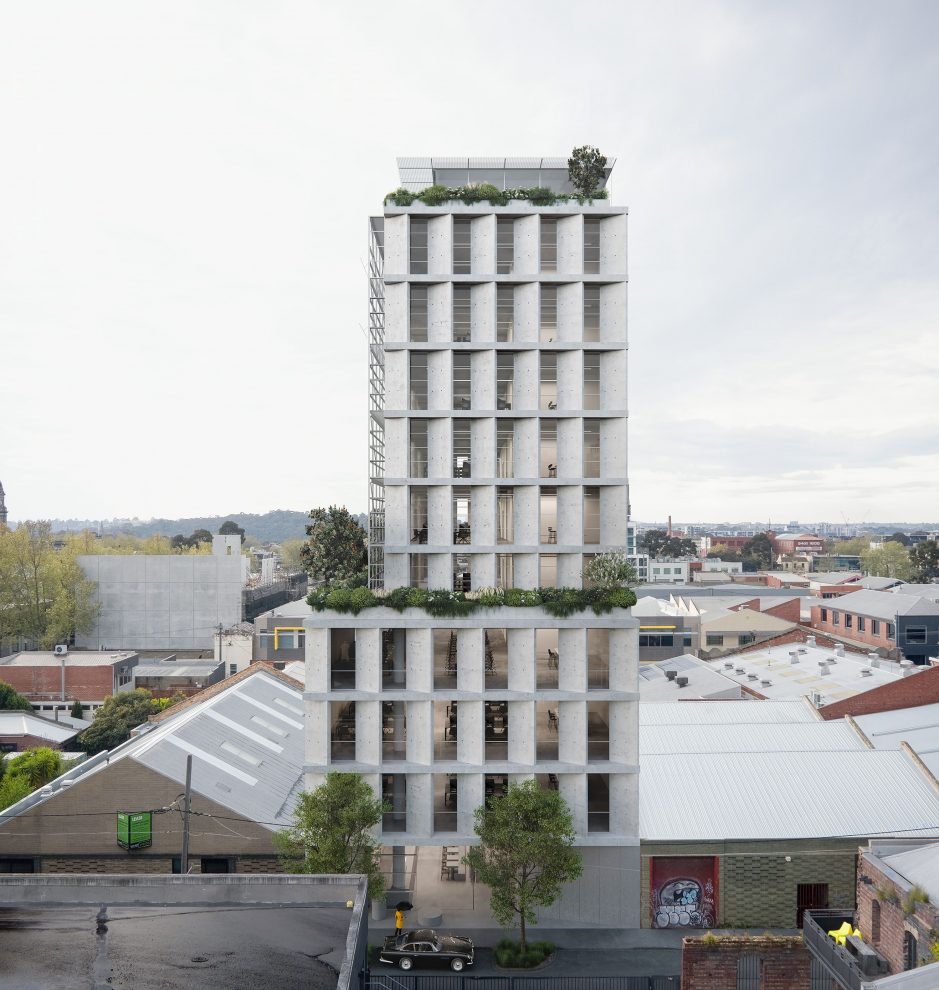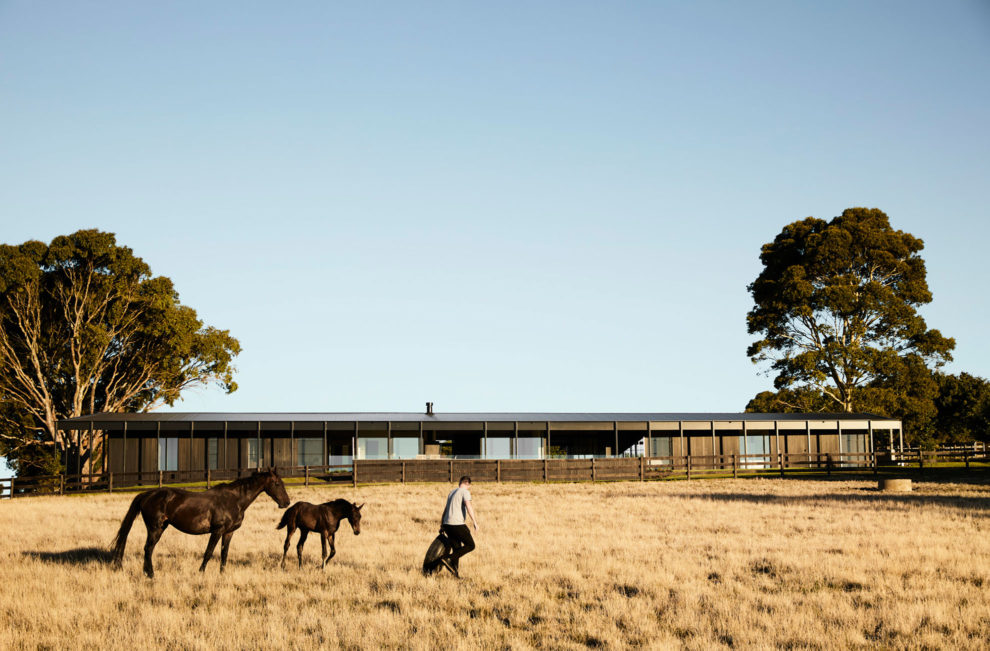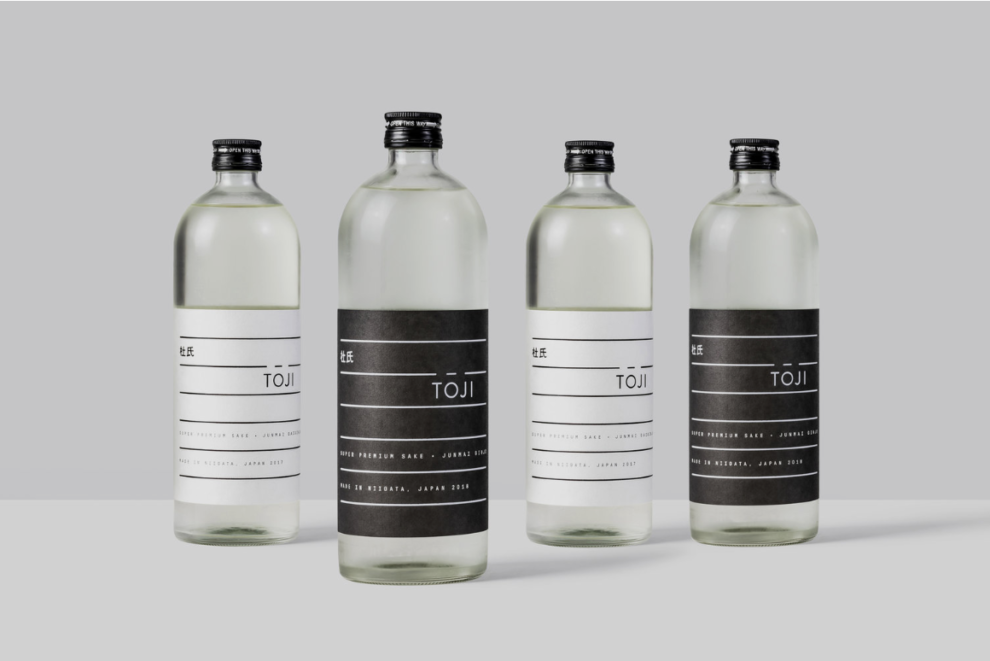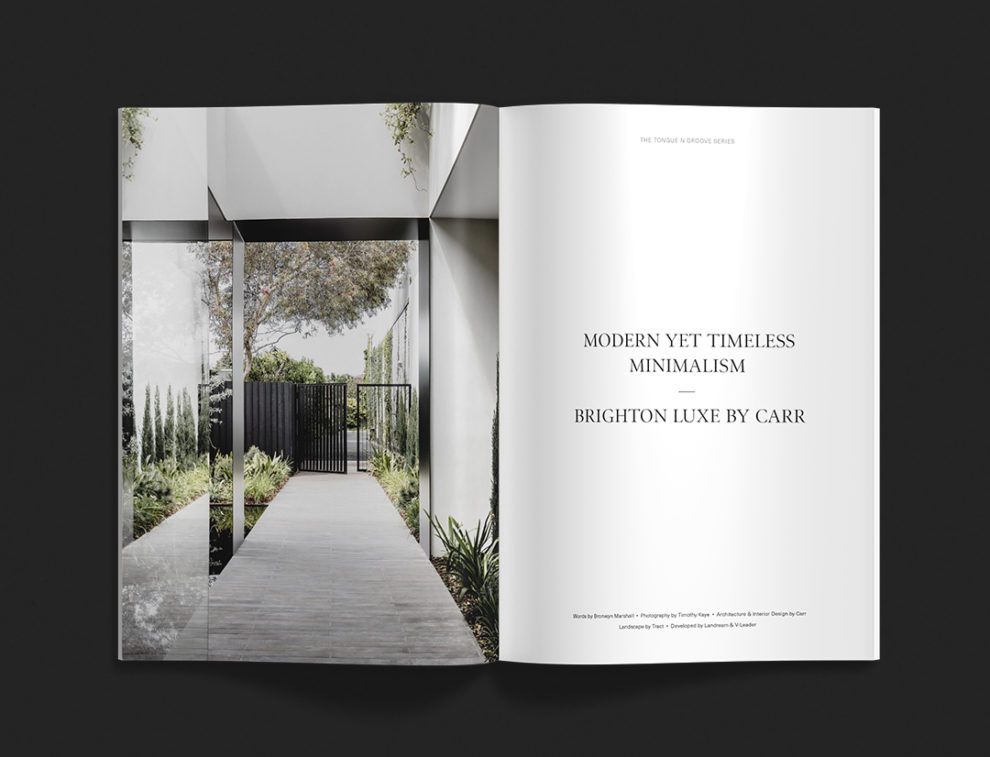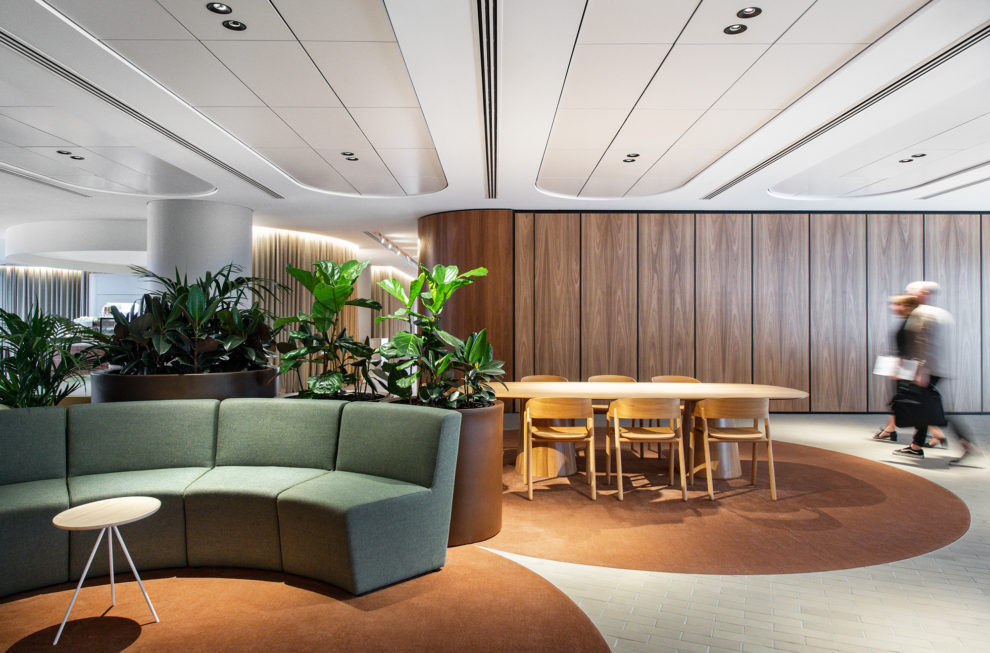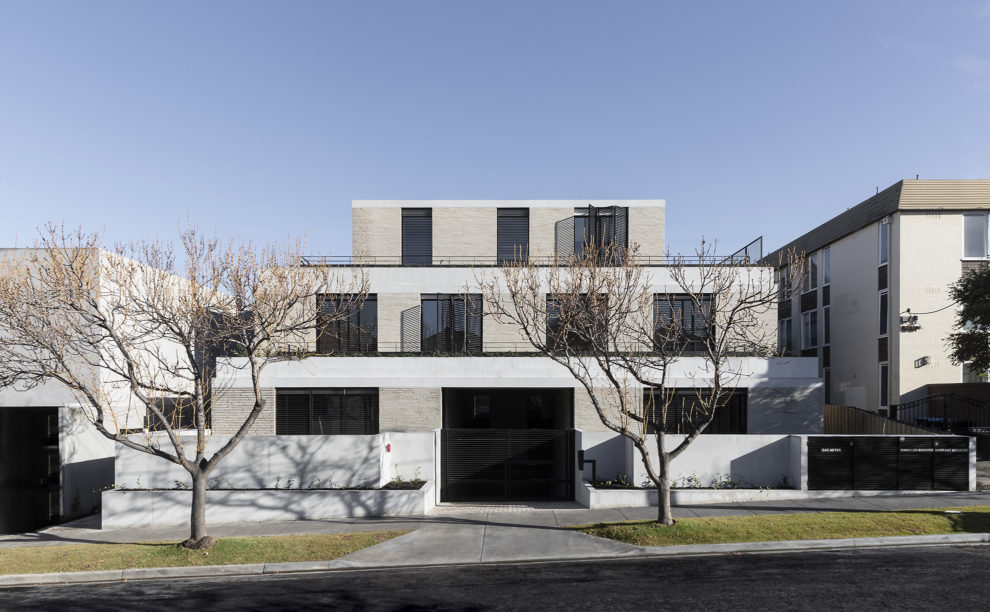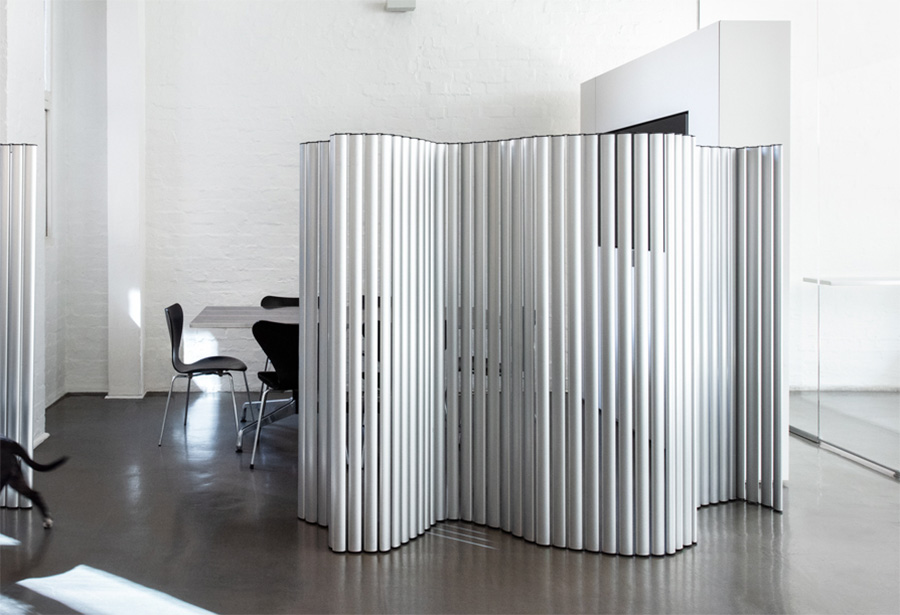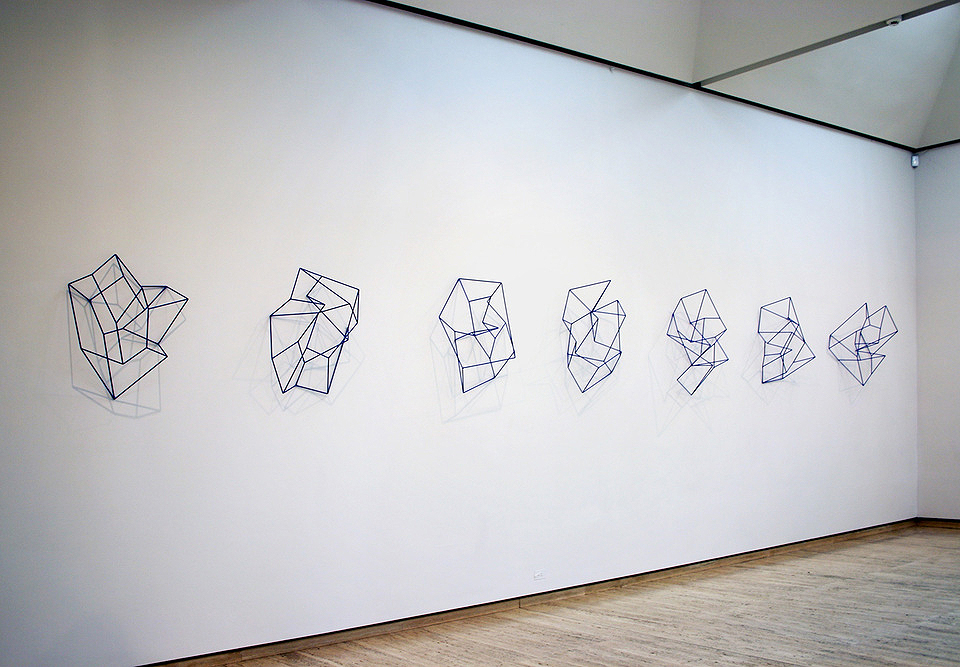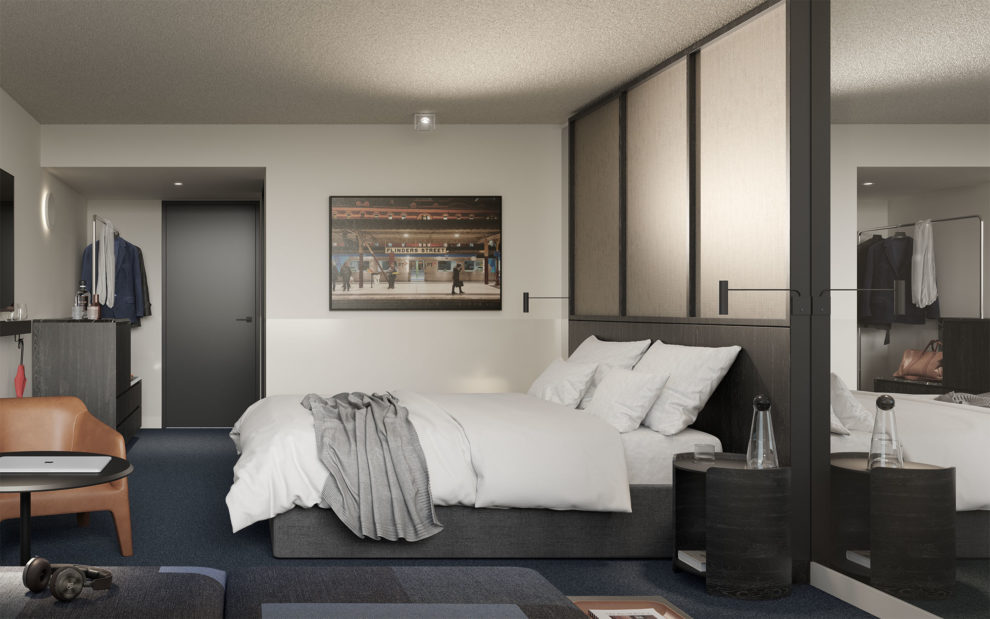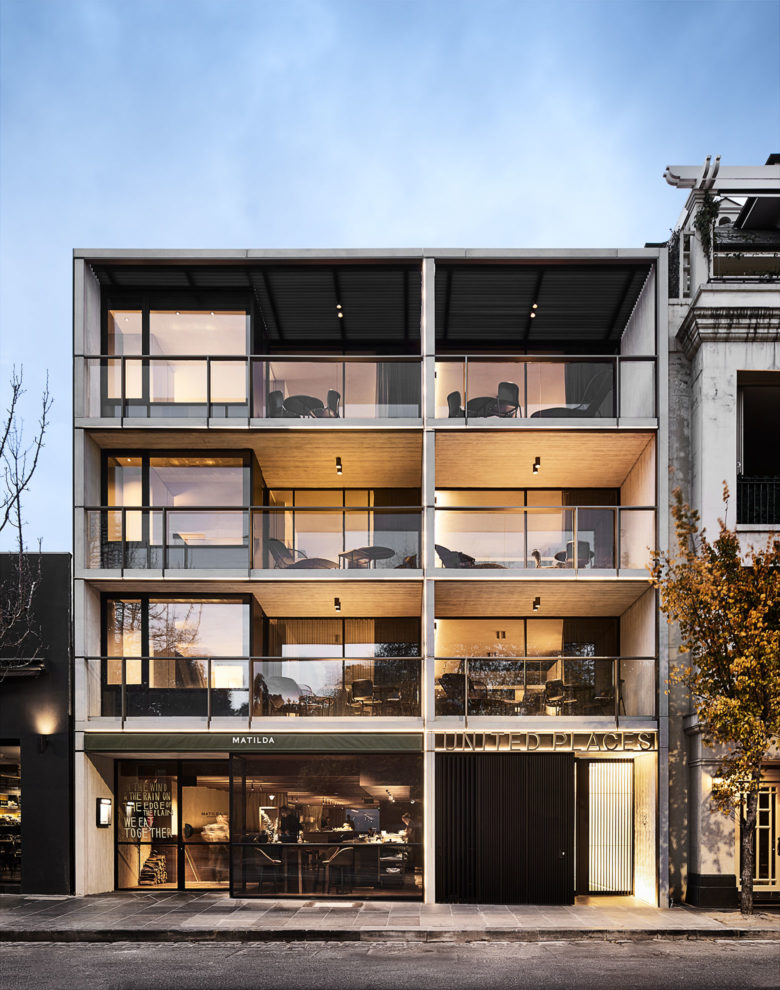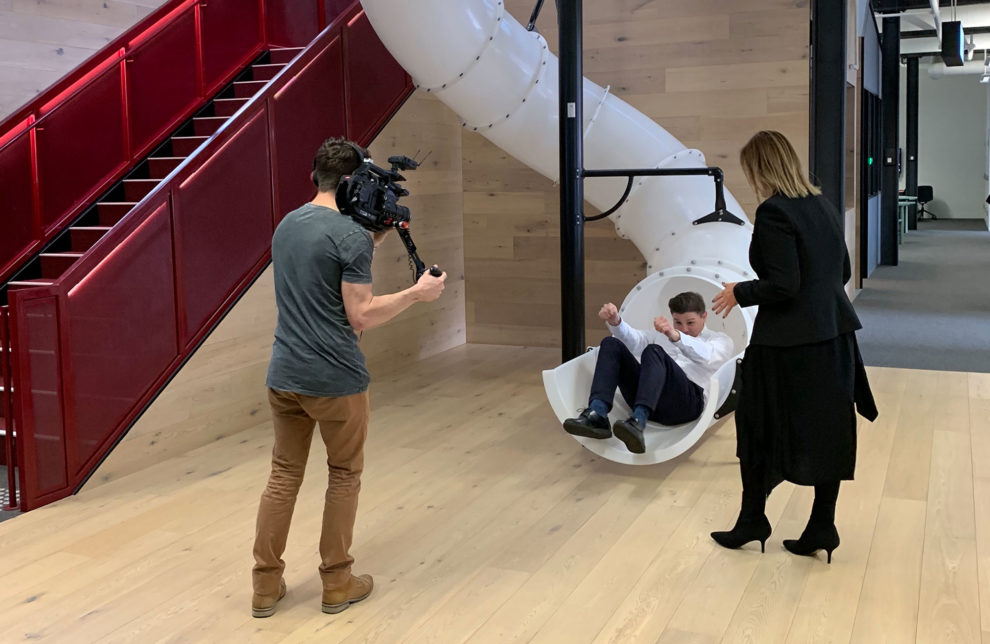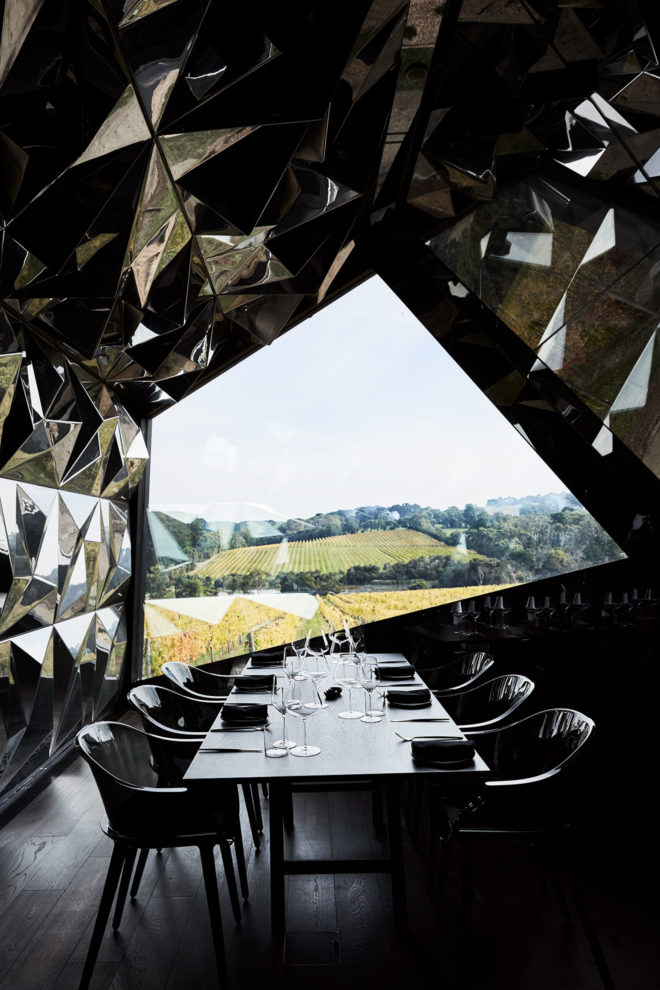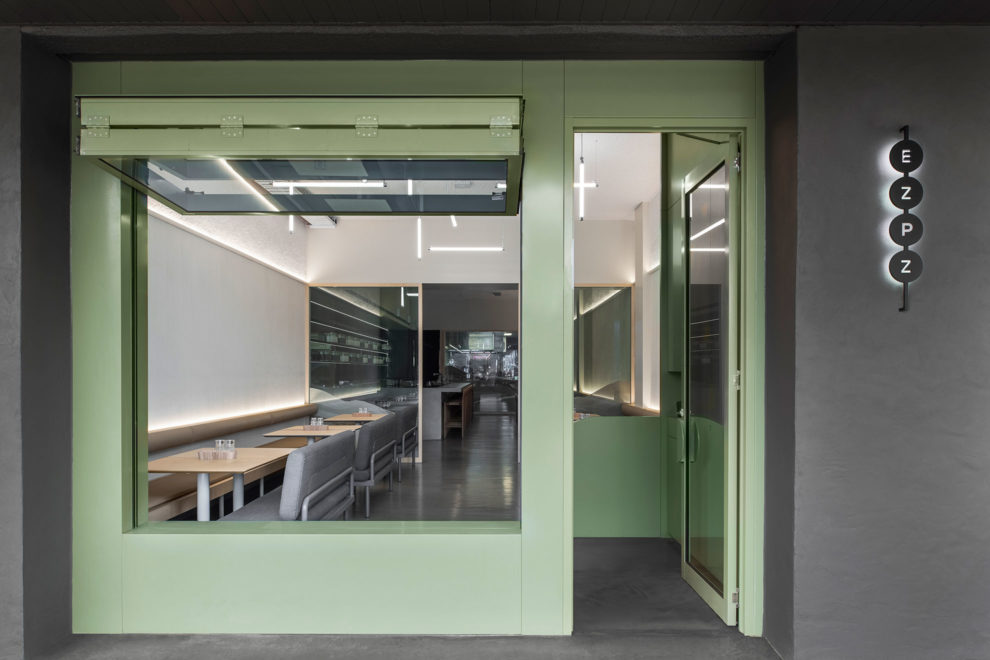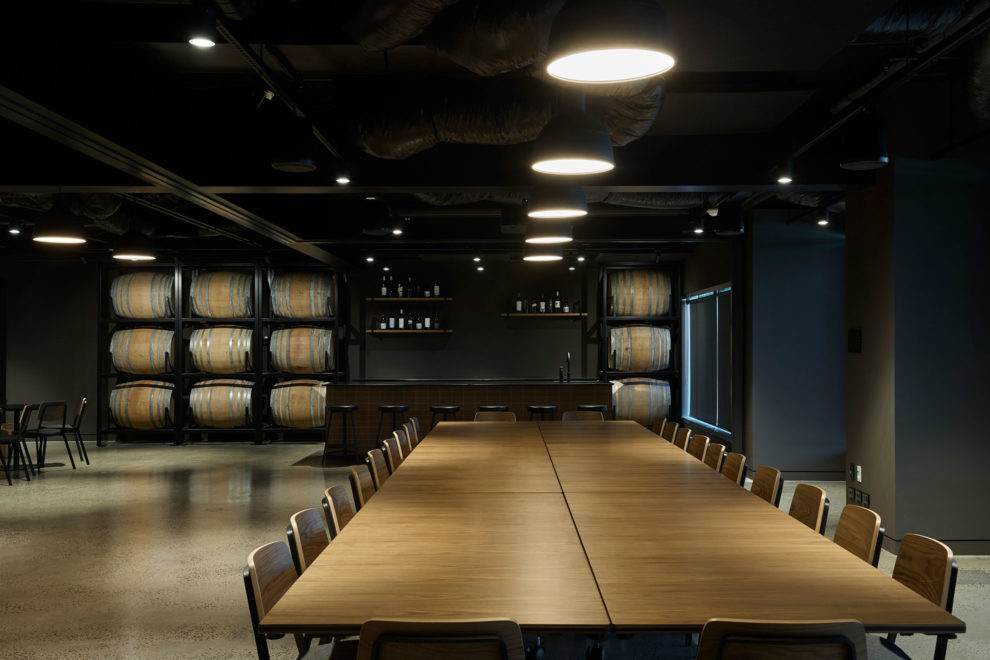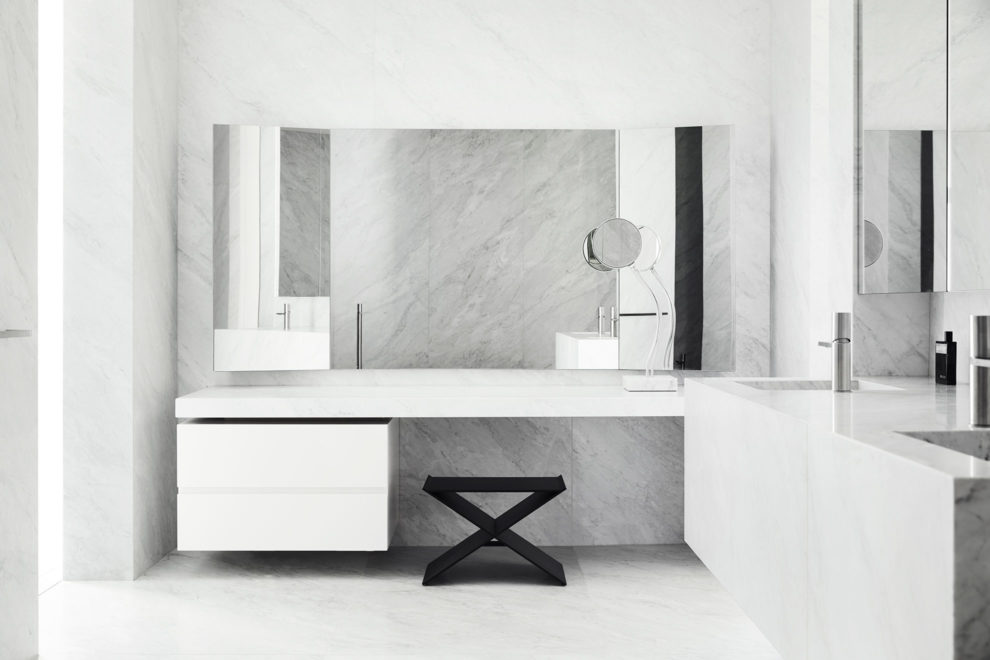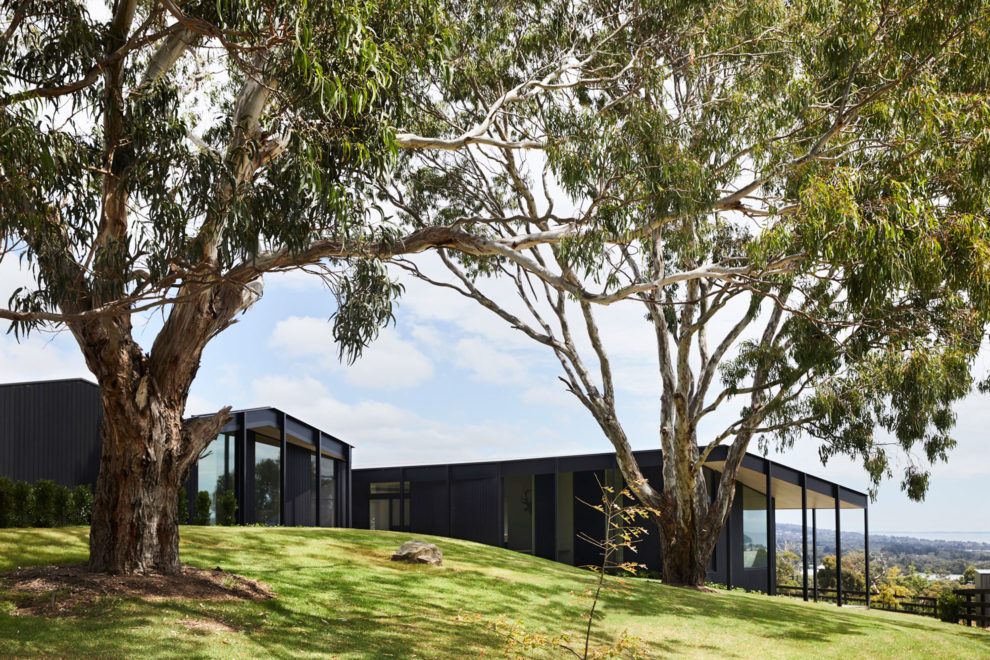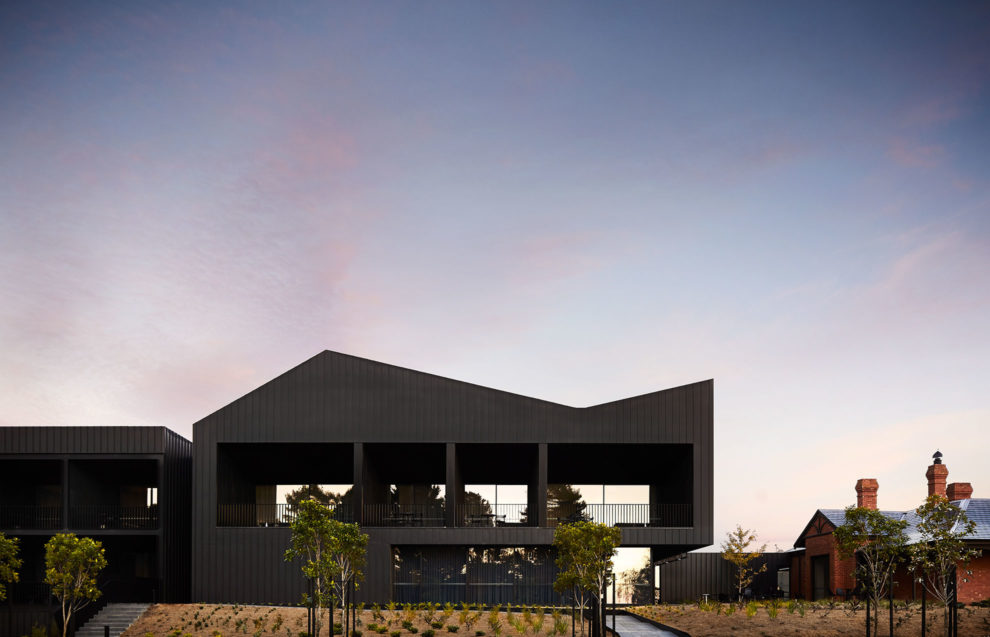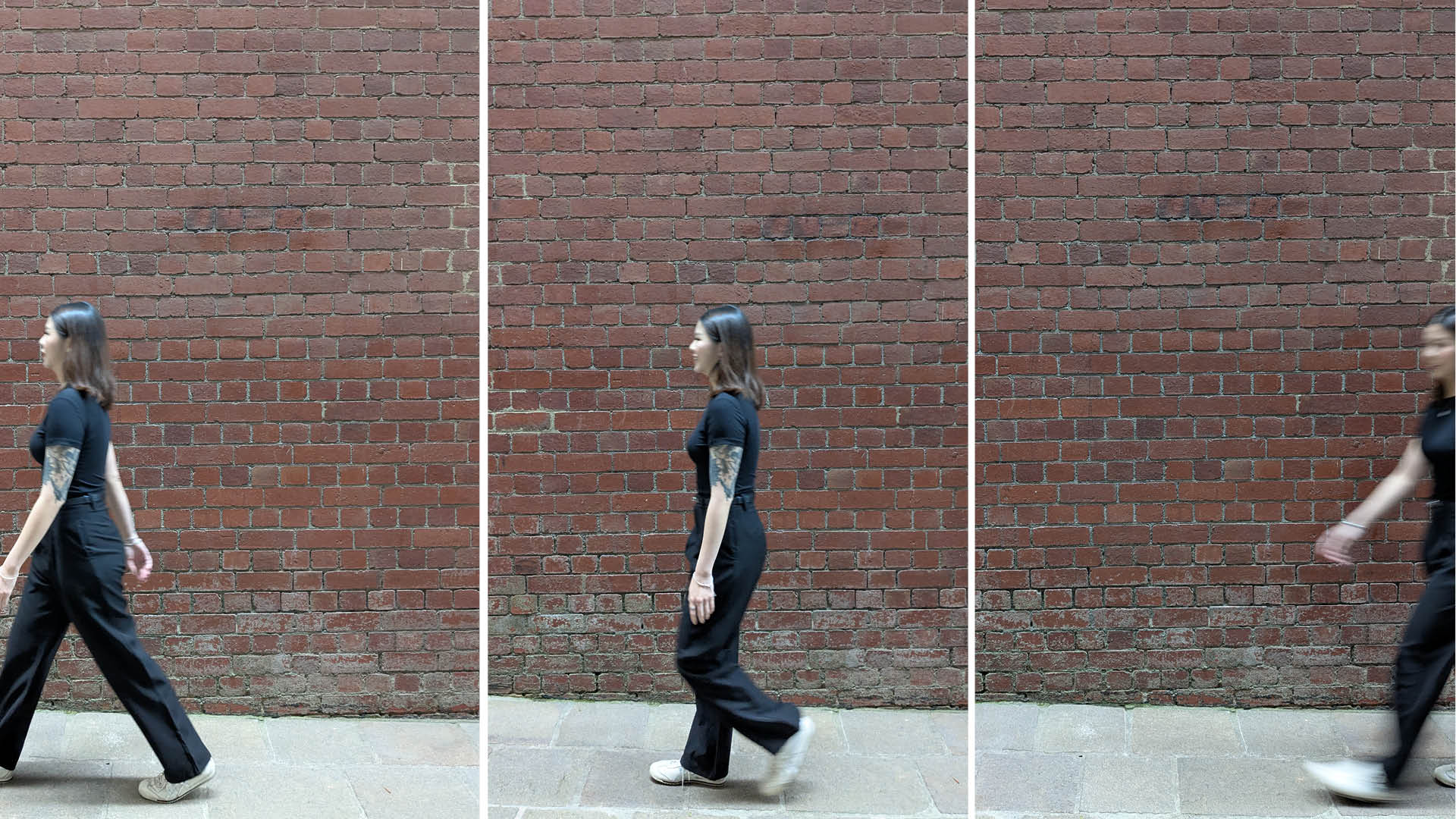
In November last year, then-third-year RMIT Interior Design student Germaine Heng was revealed as the 2024 RMIT Sue Carr Award winner. Congratulated for her advanced understanding of how to translate a strong concept into a realised design—from the big idea right down to the smallest details—Germaine presented excellent visual representation skills across both digital and hand-drawn media.
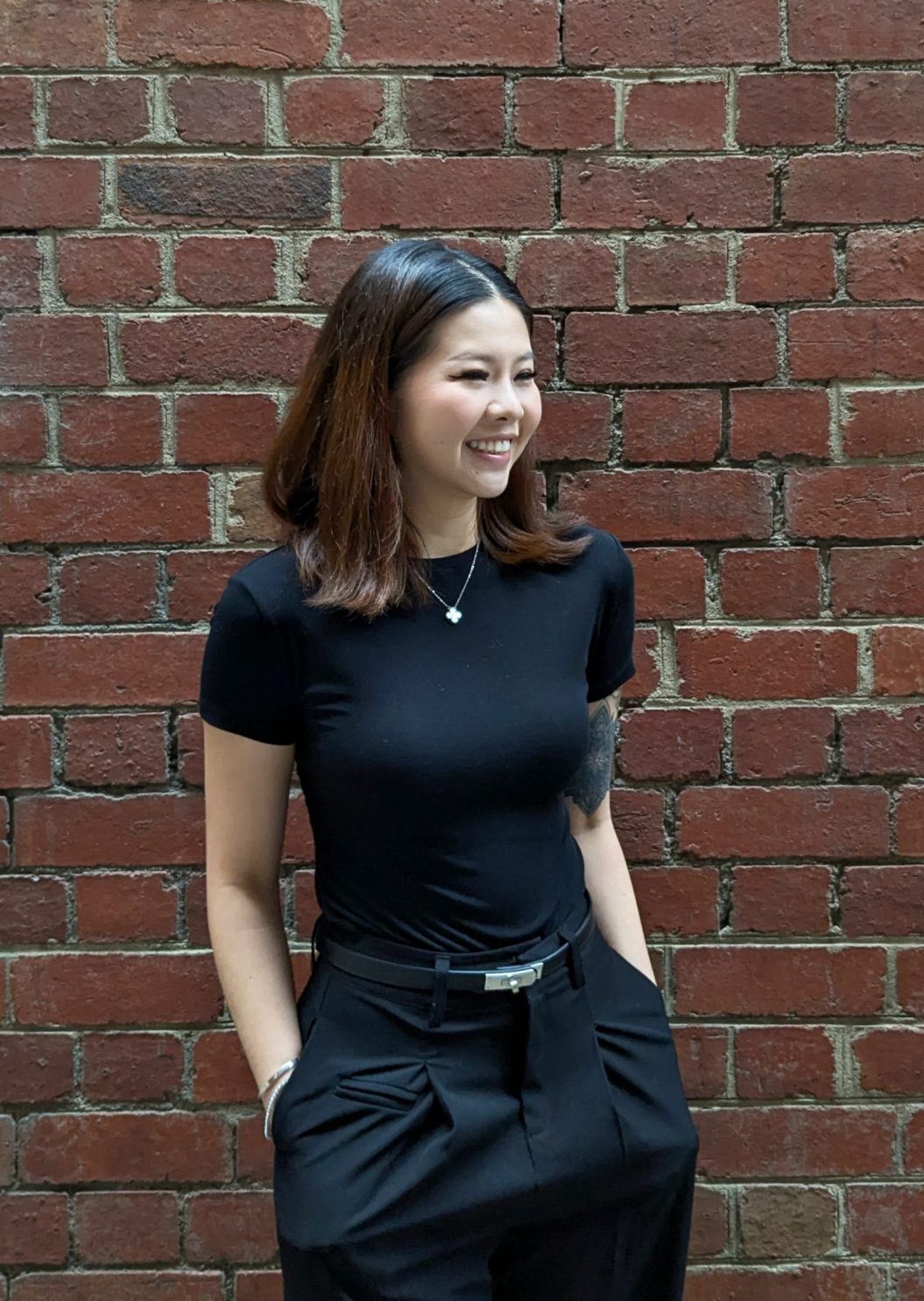
Now in her final year of studies, Germaine joins the Carr studio for three months to sink her teeth in all things design. To commemorate the occasion, she talks to us about her studies, what it meant to win, and her appreciation of Carr’s design philosophy.
What inspired you to study interior design?
I started out studying economics at the University of Melbourne, but after completing one year of studies, I realised that it wasn’t the right fit for me. I was craving something more creative and tangible.
During COVID lockdowns, I ended up redesigning my childhood bedroom, and that process was unexpectedly transformative. I loved thinking about how a space could change how I felt and functioned in it. That was the moment I realised that design could be both deeply personal and powerful, and that sparked my decision to pursue interior design seriously.
How would you describe your design approach in three words?
Experimental. Contextual. Storytelling.
What encouraged you to apply for the RMIT Sue Carr Award? And how did it feel to win?
I’ve always admired Carr’s design philosophy, it’s thoughtful, contemporary, and timeless. So, when I saw the opportunity, I felt like it aligned with the kind of designer I want to be. Even if I didn’t win, I knew the process would still be valuable. My program manager, Dr. Phoebe Whitman, tutors, Kate Geck and Christian Grossi were also incredibly supportive and never doubted me, which gave me the confidence to go for it.
Winning felt surreal, and it still doesn’t feel quite real. It’s such a meaningful recognition of the work I’ve put in, and more than anything, it’s become a huge motivation to keep pushing my ideas further. It’s a reminder that anything is possible if you’re not afraid to take that first step, even if it means risking failure.
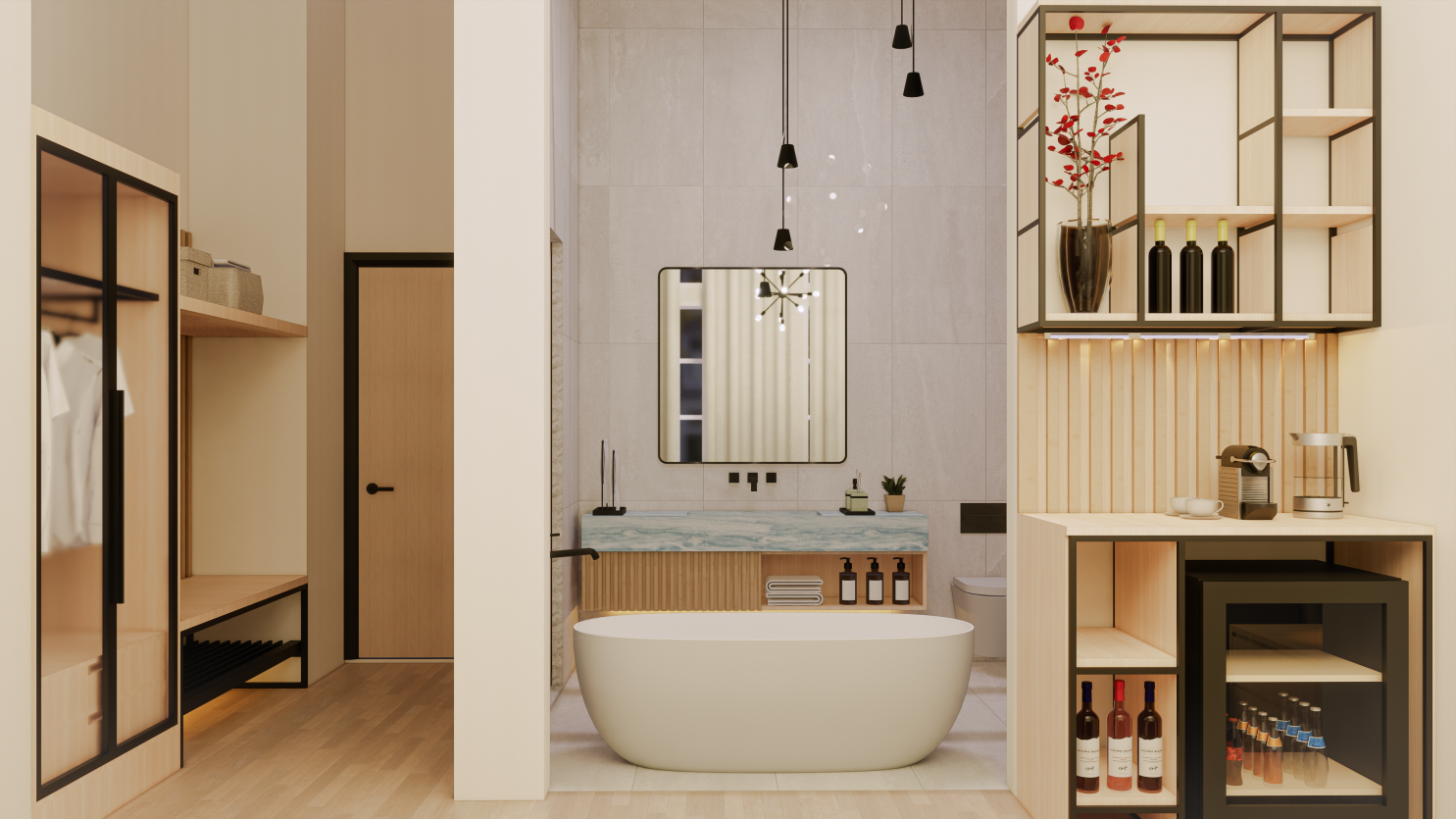
You’re currently in your fourth year of study. How’s the academic journey been so far?
It’s been challenging at times but really rewarding. The first couple of years were about learning the tools and building a foundation, but more recently, I’ve found my voice as a designer. I’ve been able to explore ideas I care about, like sustainability and community, and each project has helped me grow more confident in my thinking and process.
How does the work of Carr resonate with you?
Carr’s work resonates with me because it’s so intentional; every detail feels considered but never overdone. I connect with their focus on timeless design that’s grounded in purpose rather than trends. It’s the kind of design that feels long-lasting, human, and refined, which are all qualities I aspire to in my own work.
Can you share details about your winning portfolio? What are some specific projects you’d like to highlight?
One project I highlighted was a hotel room concept design that’s minimal yet luxurious. It draws on Melbourne’s heritage and encourages an indoor-outdoor connection through natural materials and an emphasis on natural light. It was about creating a calm, refined space that still felt rooted in place. Through this project, I learned how to translate a design concept into detailed technical drawings and how important it is for every decision to tie back to the original intent.
Another key project was a bank branch designed with inclusivity at its core. It was created to support LGBTQ+ and hyposensitive communities, and it really marked a turning point for me. I did a lot of research to make sure the design was grounded in context and community needs, and I went through many iterations before landing on the final layout. It taught me the value of process, empathy, and designing with intention.

As an emerging designer, what do you hope to see for the future of the design industry in Australia?
I hope to see the Australian design industry embrace more regenerative and community-driven approaches. There’s so much potential for design to give back to people, place, and ecology. I’d love to see more projects grounded in local context and built through genuine collaboration with communities.
What do you hope you achieve during your placement at Carr as part of your award win?
During my placement at Carr, I’m really hoping to soak up as much as I can, seeing how a studio I’ve looked up to works from the inside.
I want to understand how strong design ideas are developed and refined in a real-world setting and how that comes through in the final outcome. I’m also just excited to learn from people who are so good at what they do and hopefully grow more confident in my own skills along the way.
The RMIT Sue Carr Award is an annual award offered to students, with winners receiving $5000 in prize money and a paid internship at Carr to support their studies in their final year
